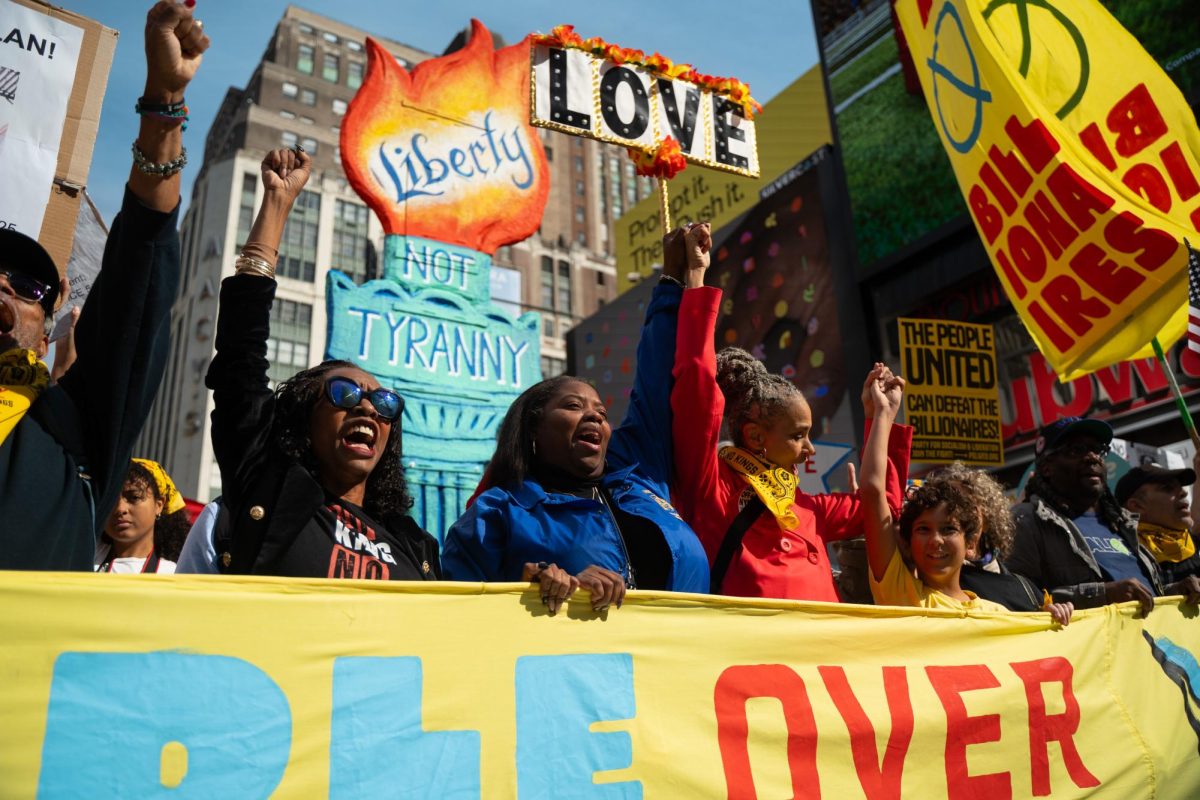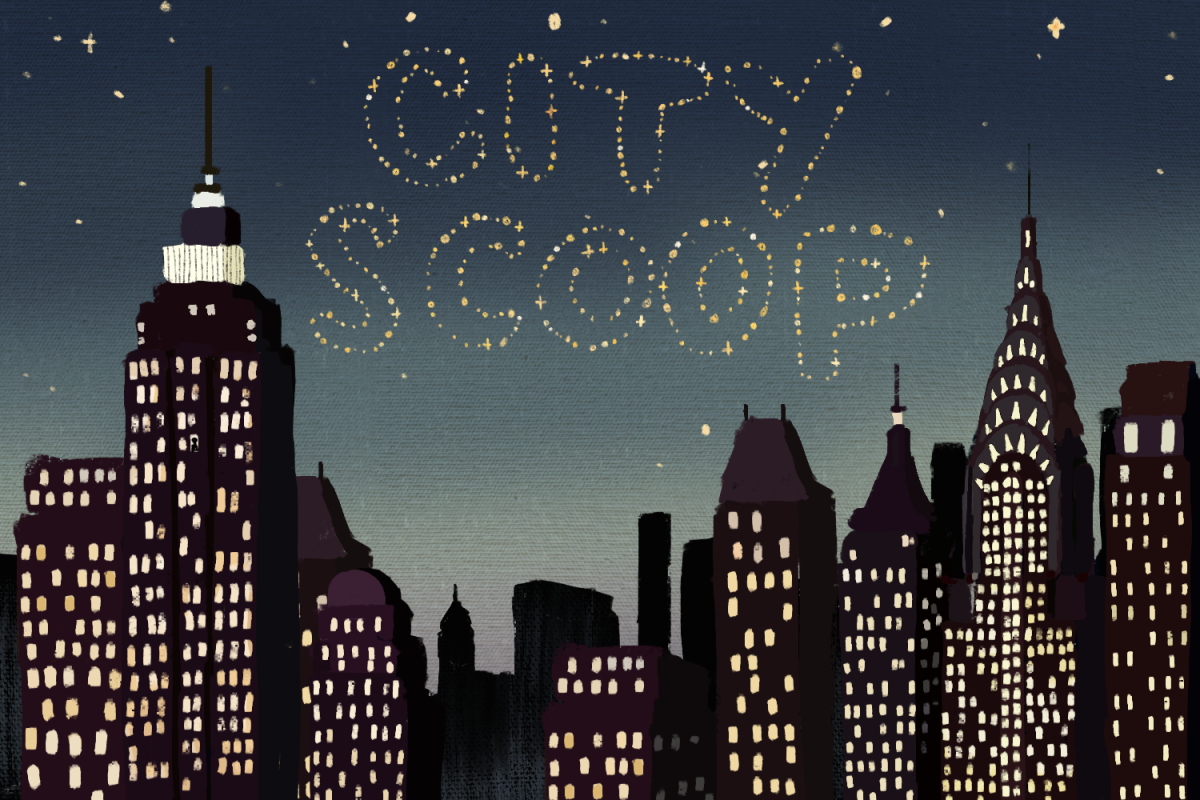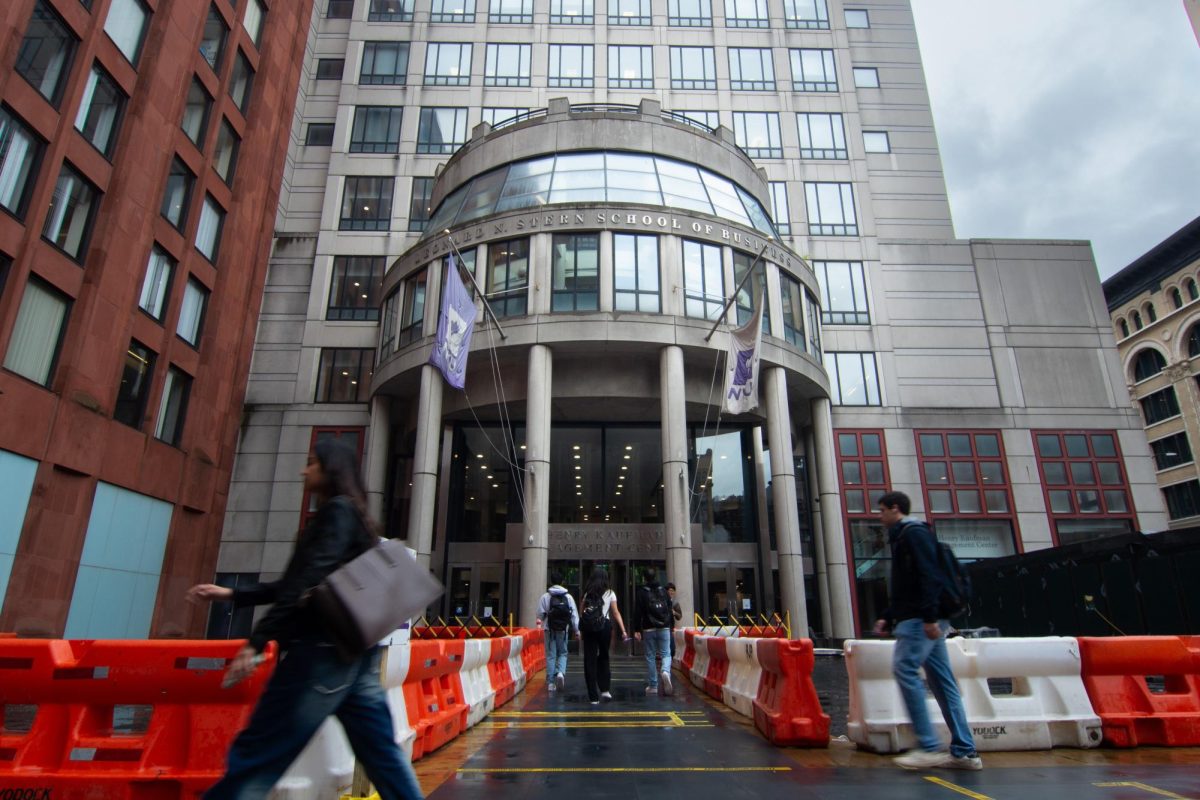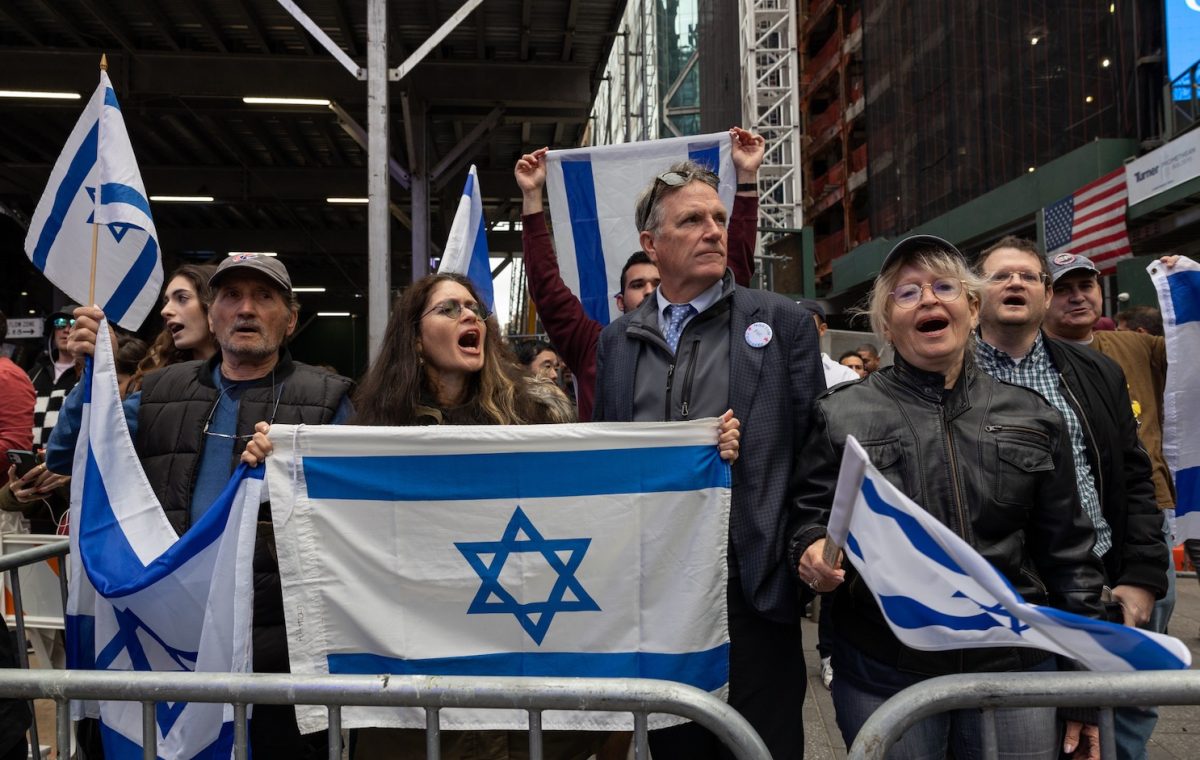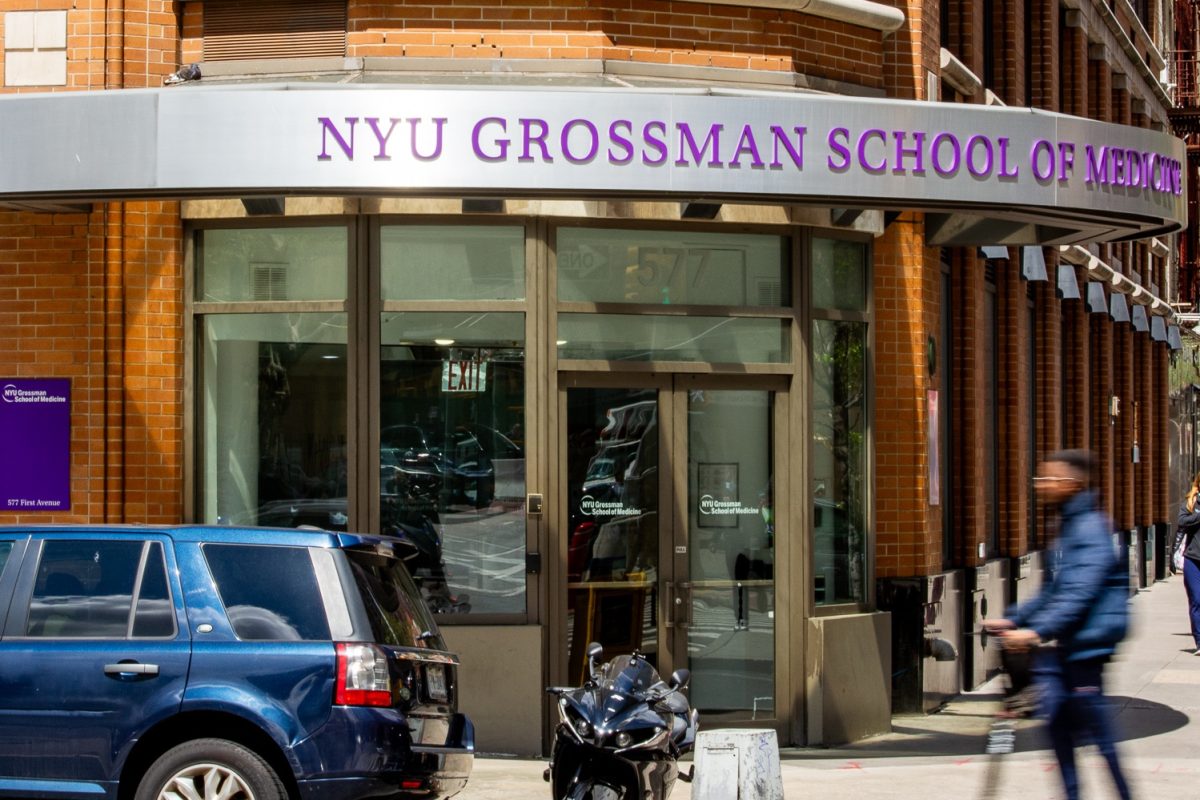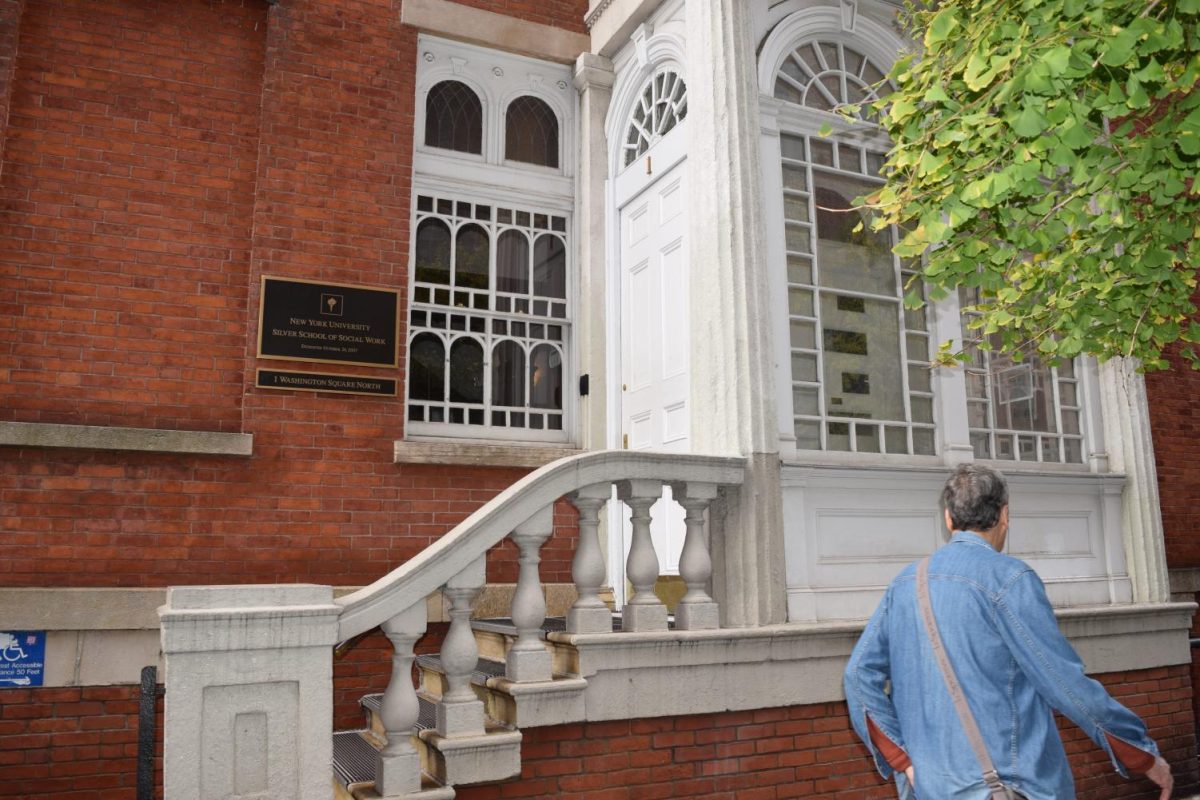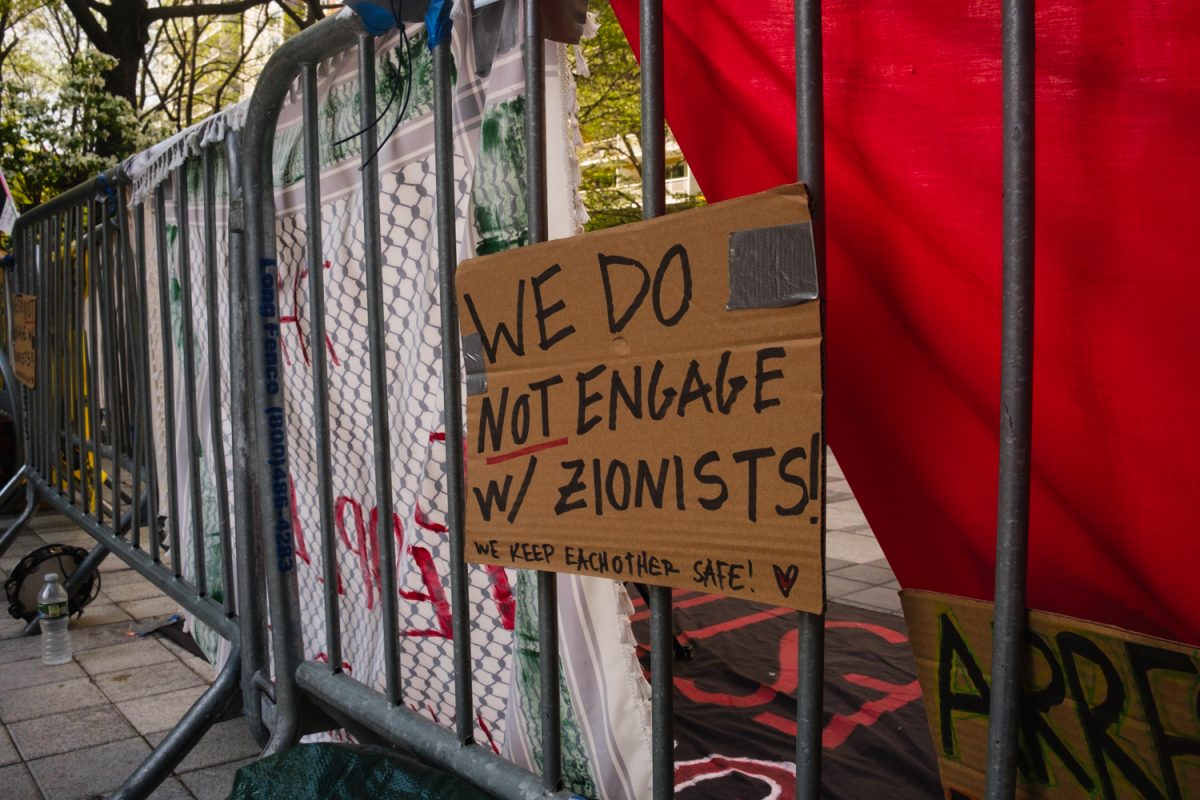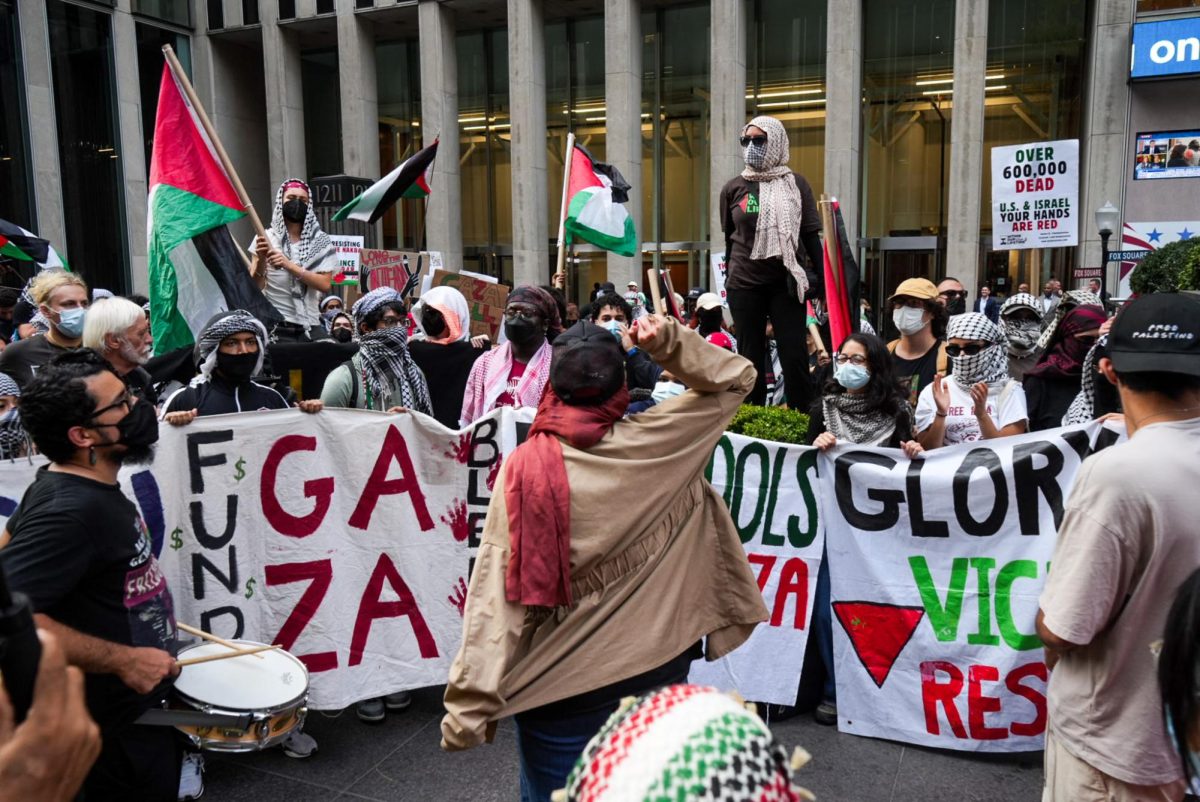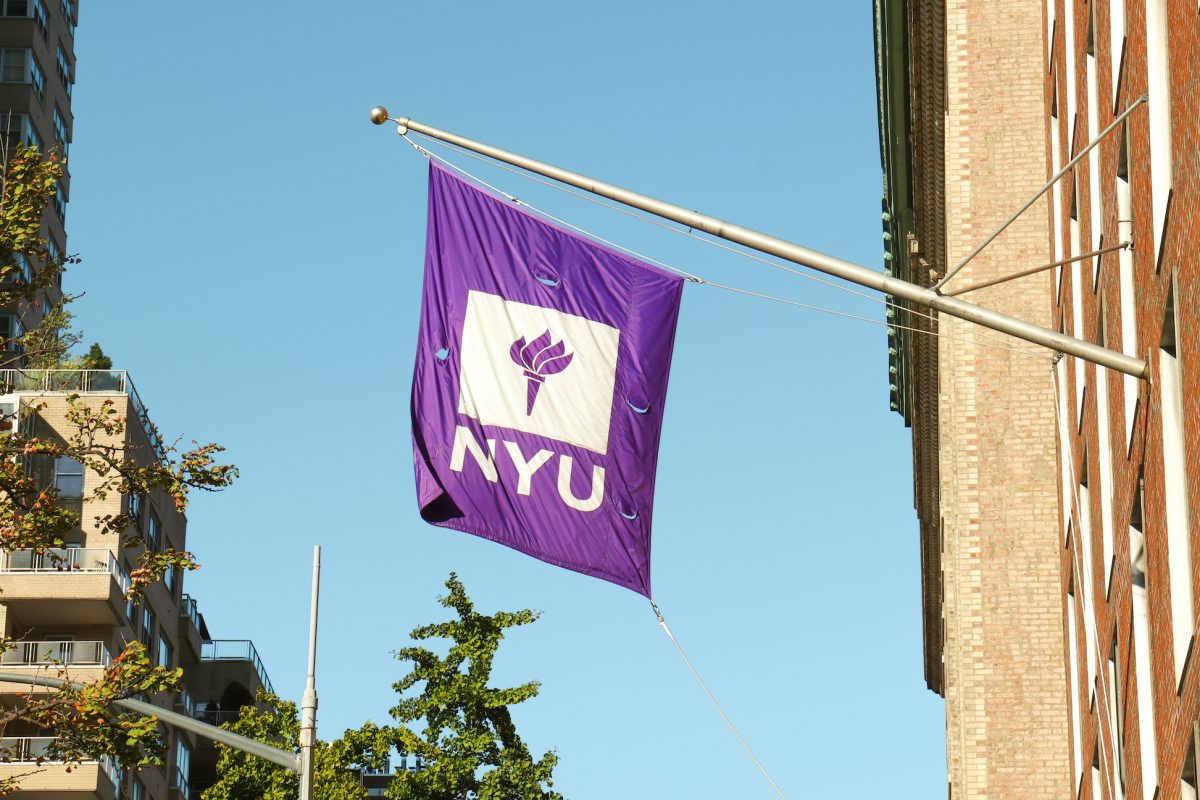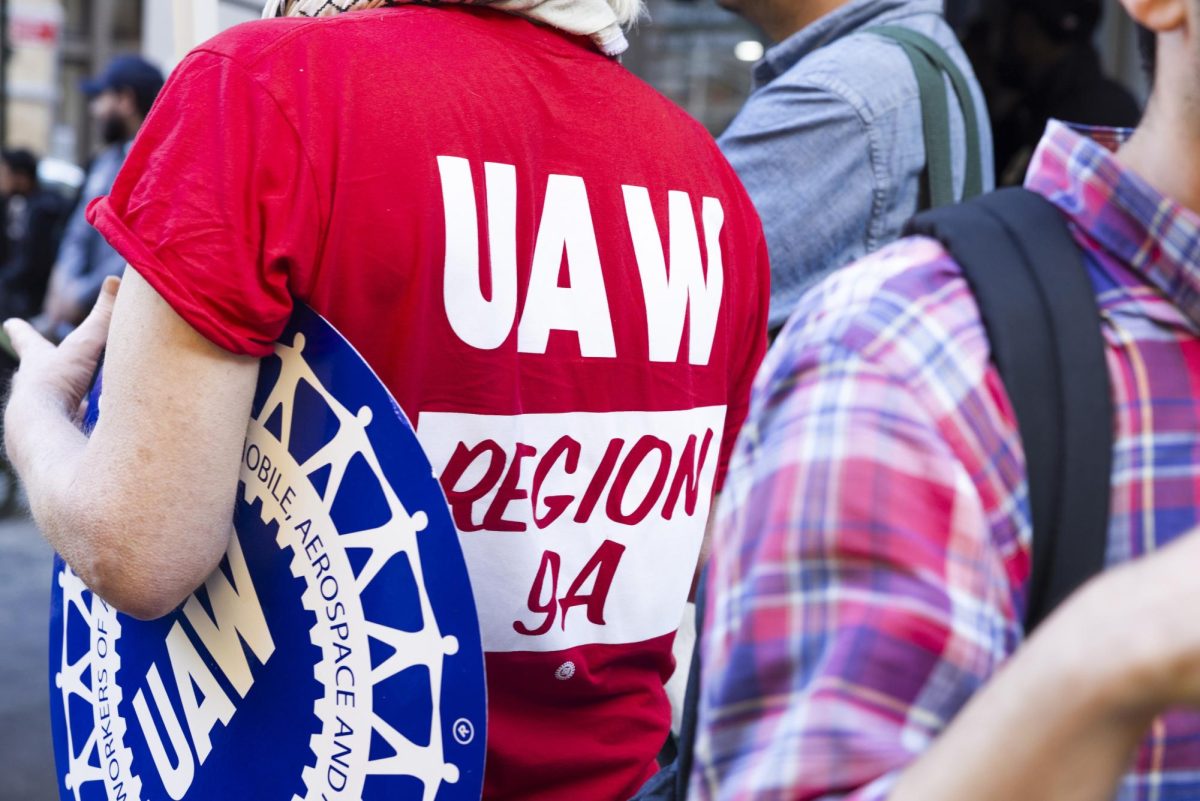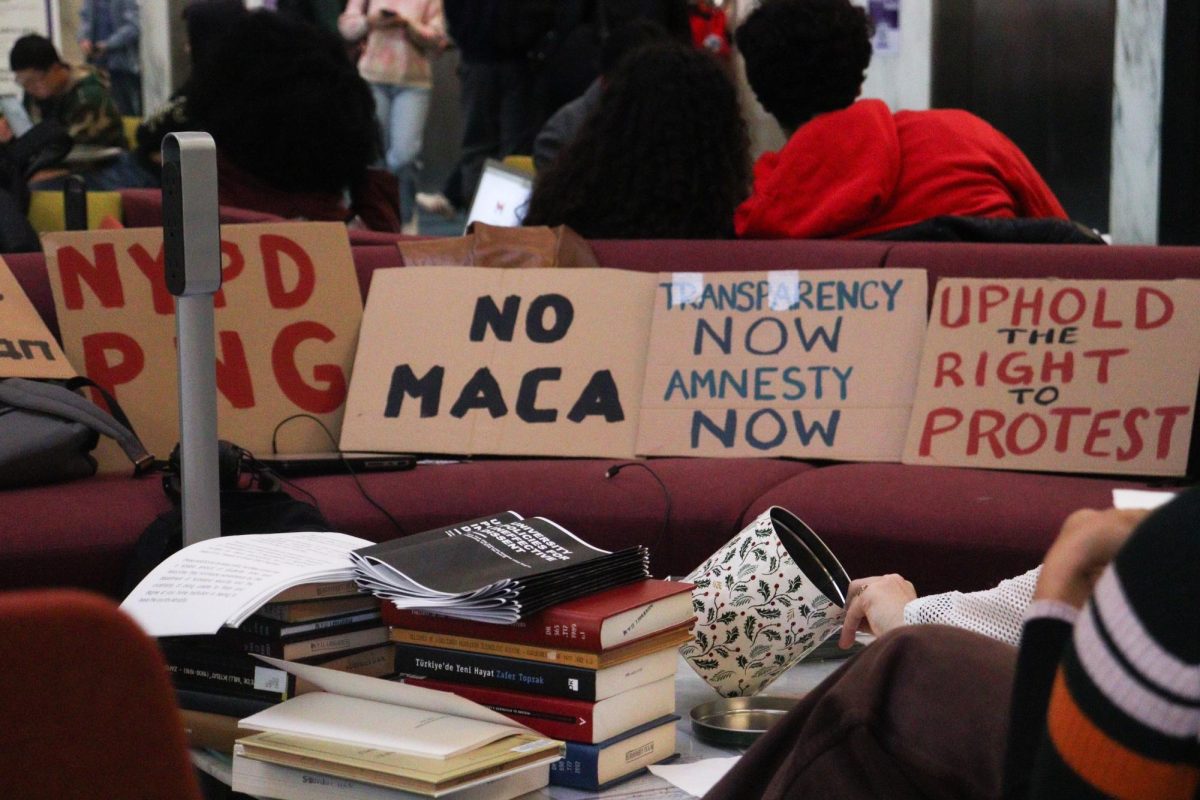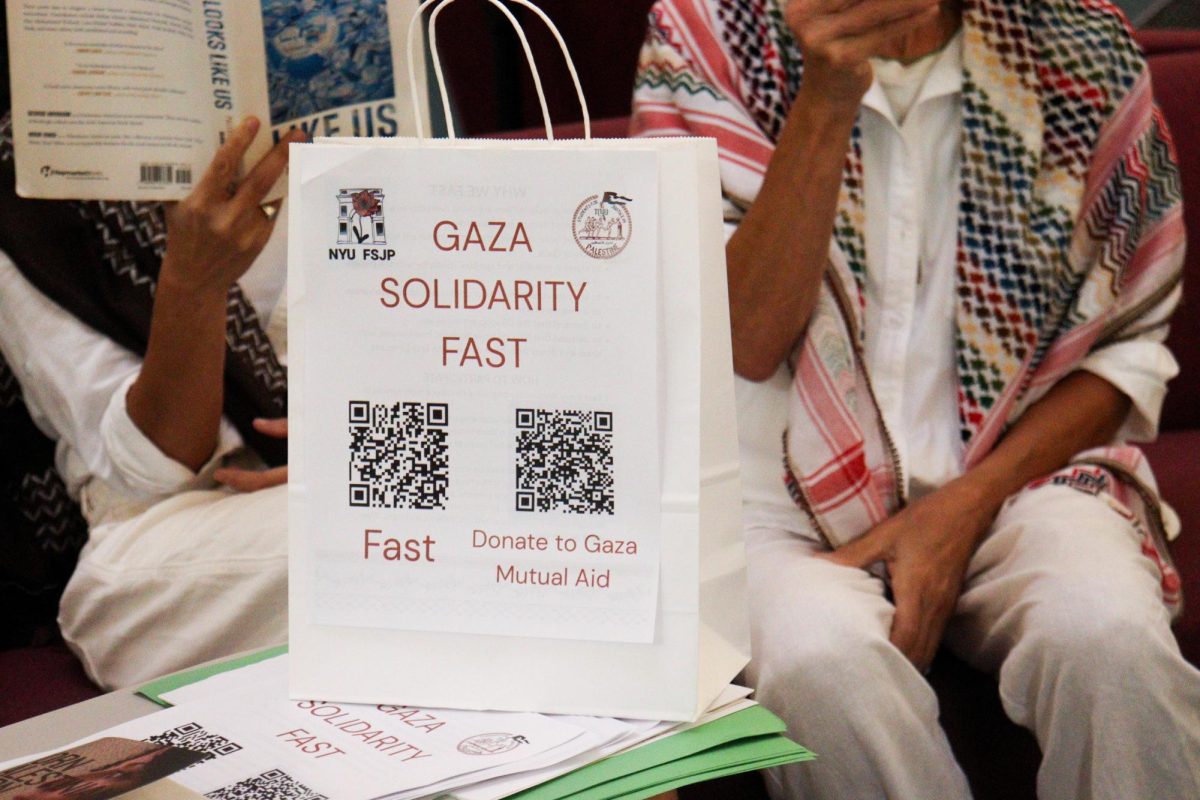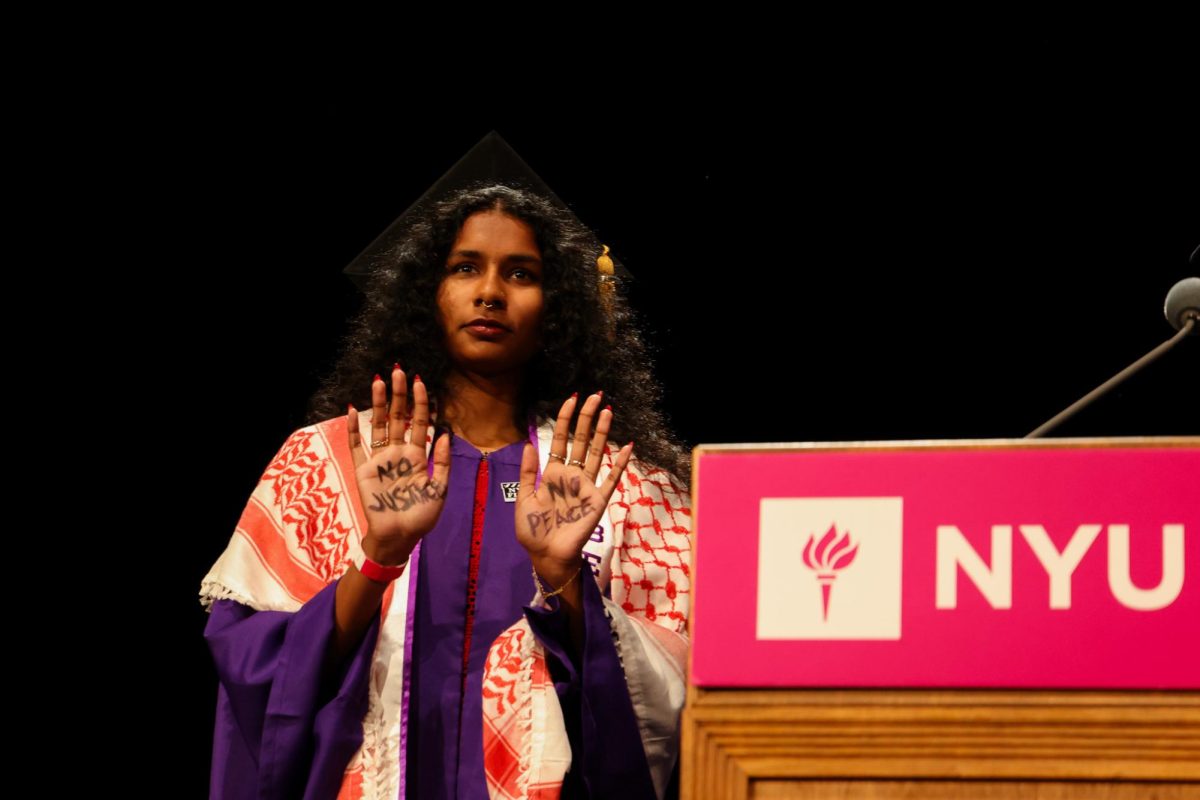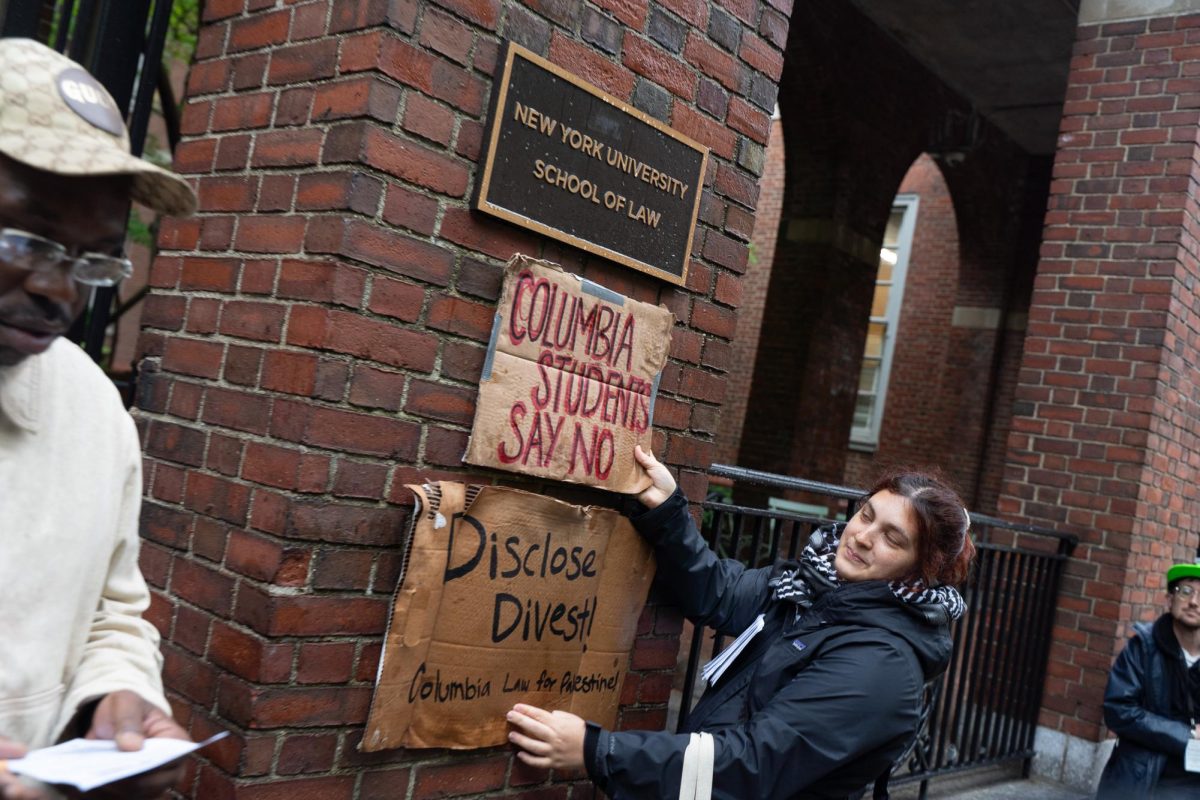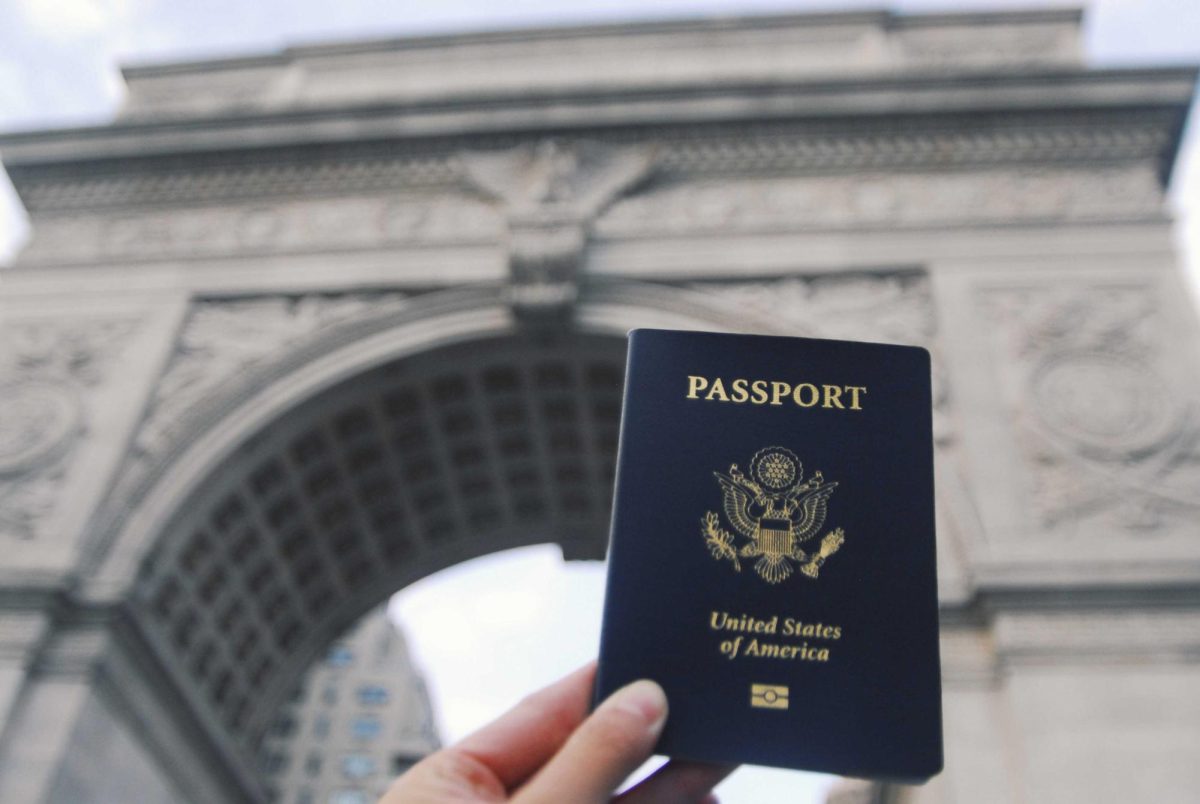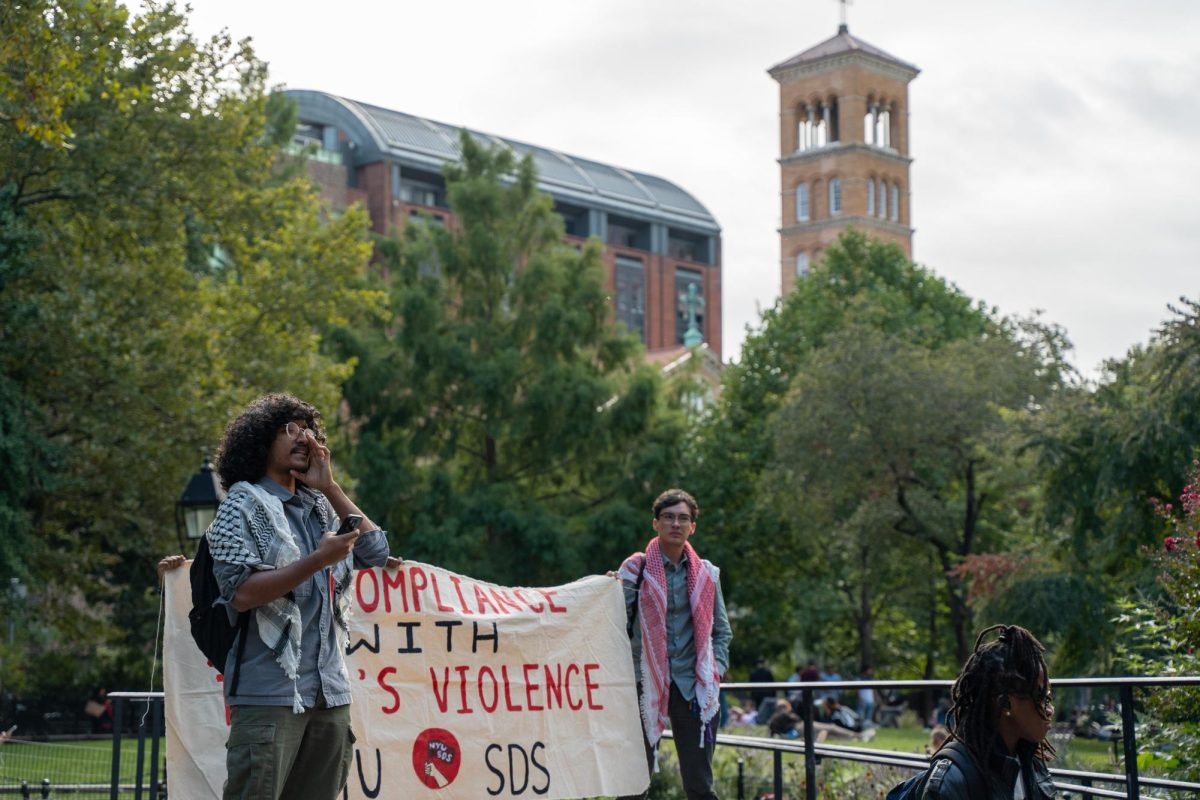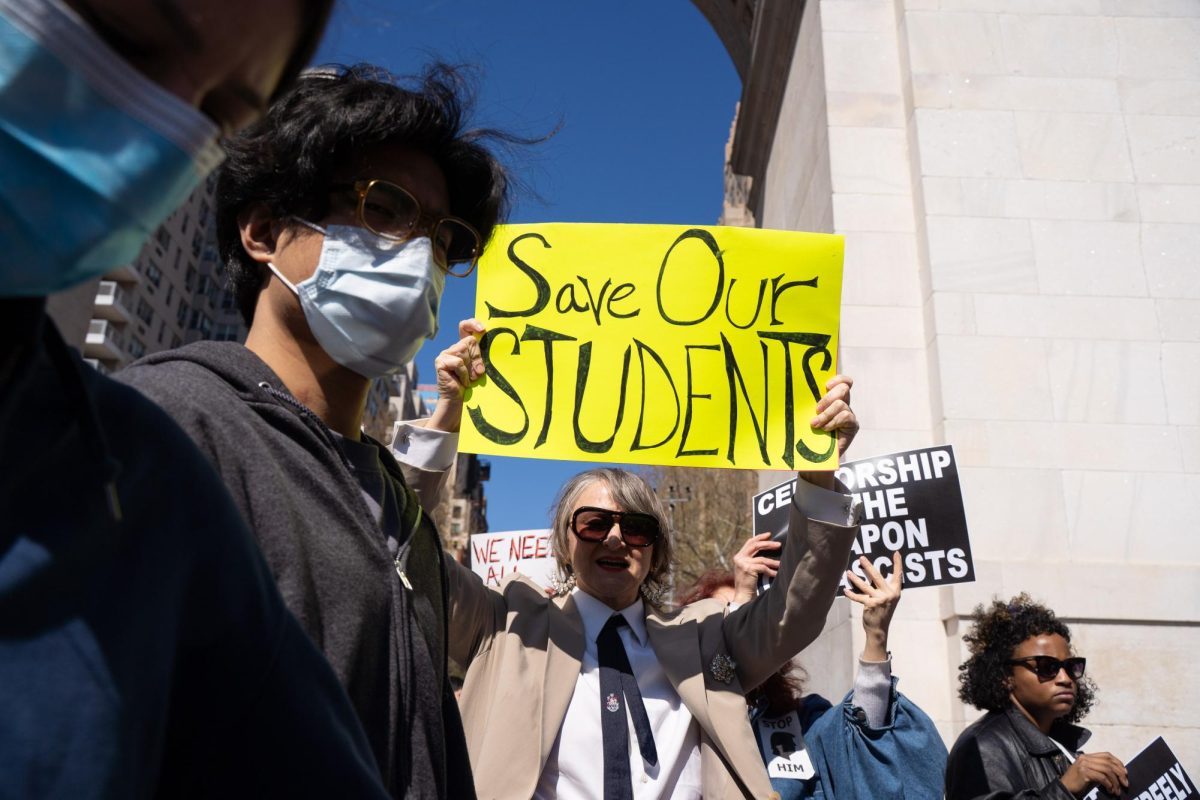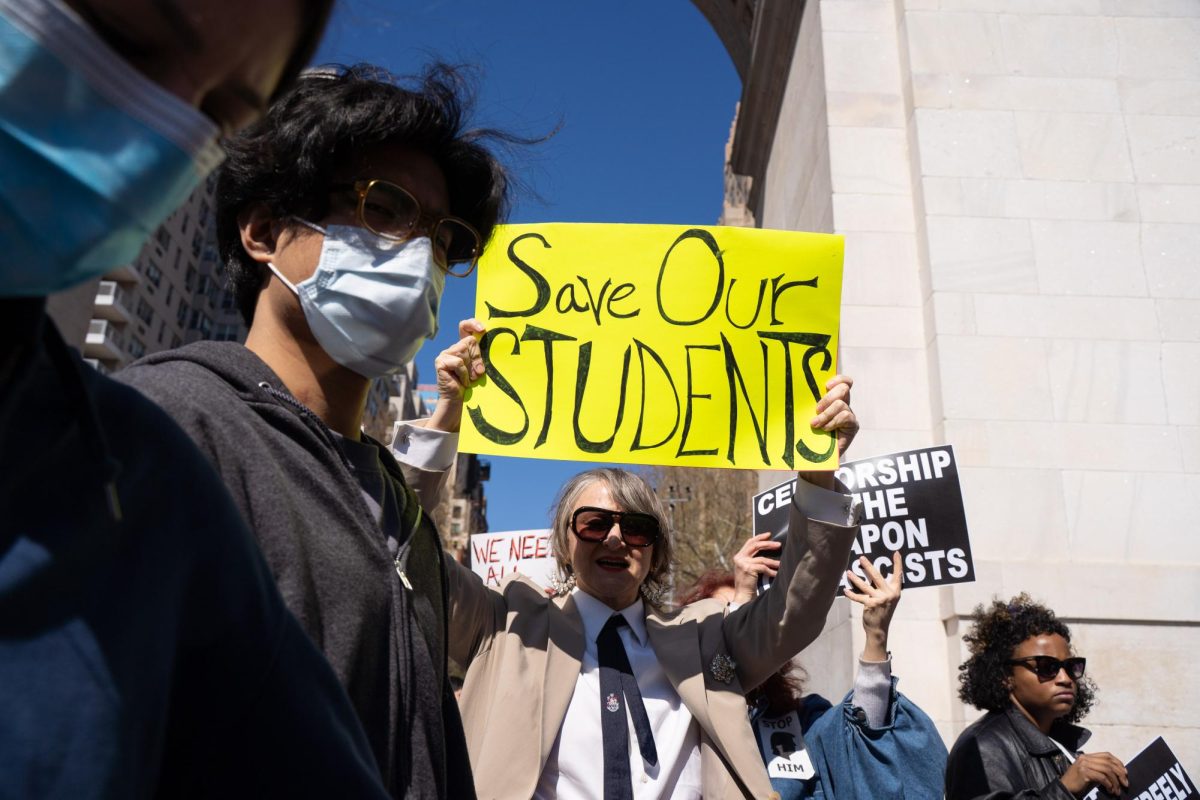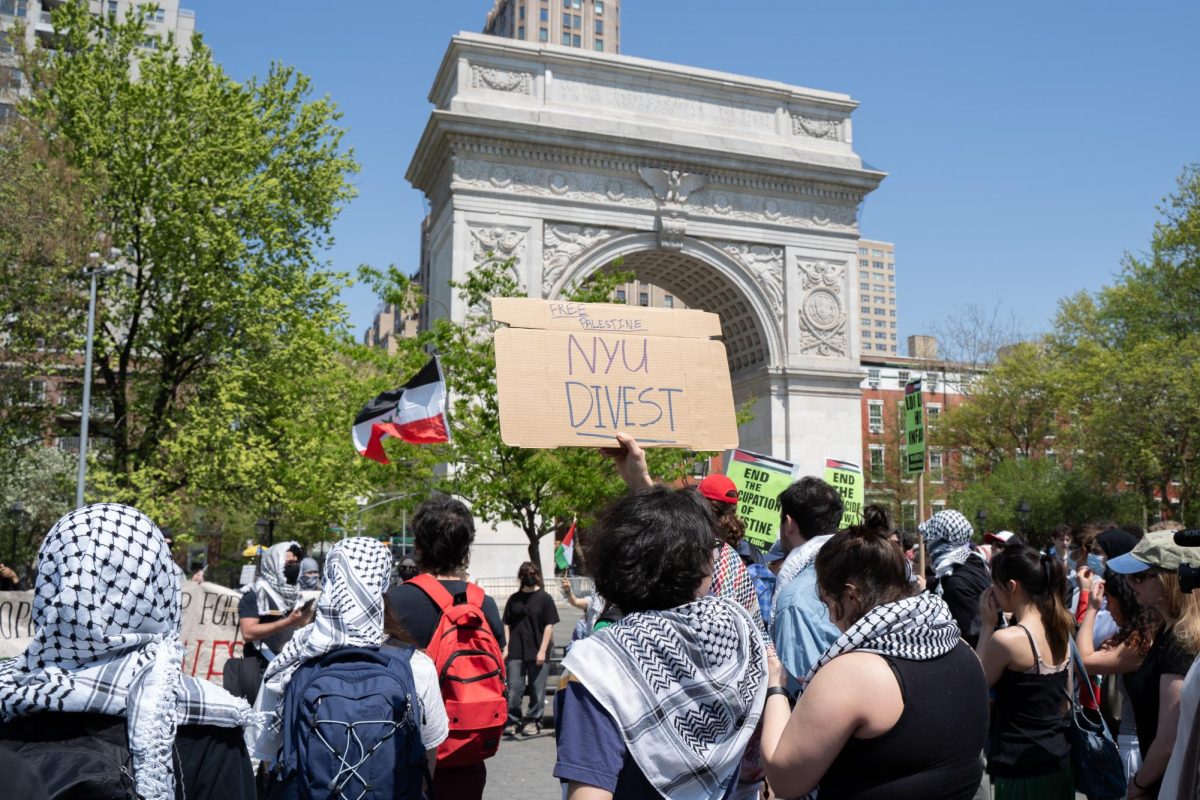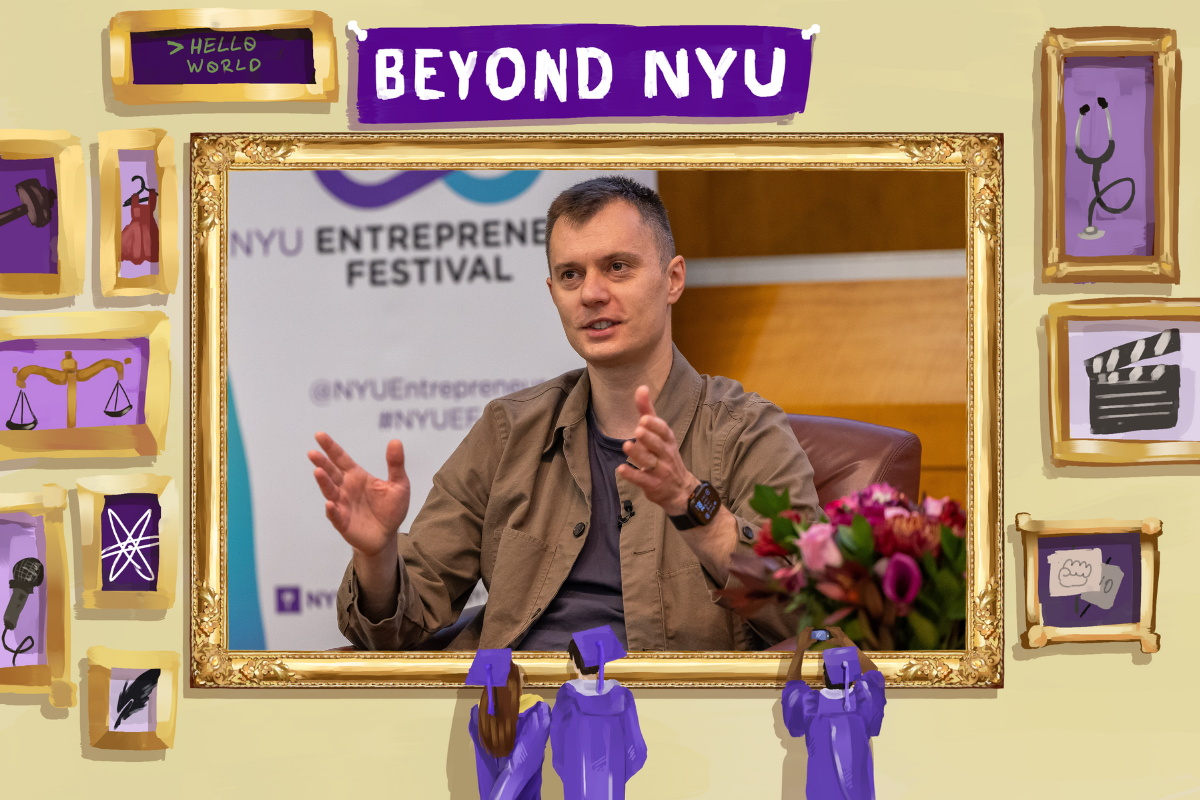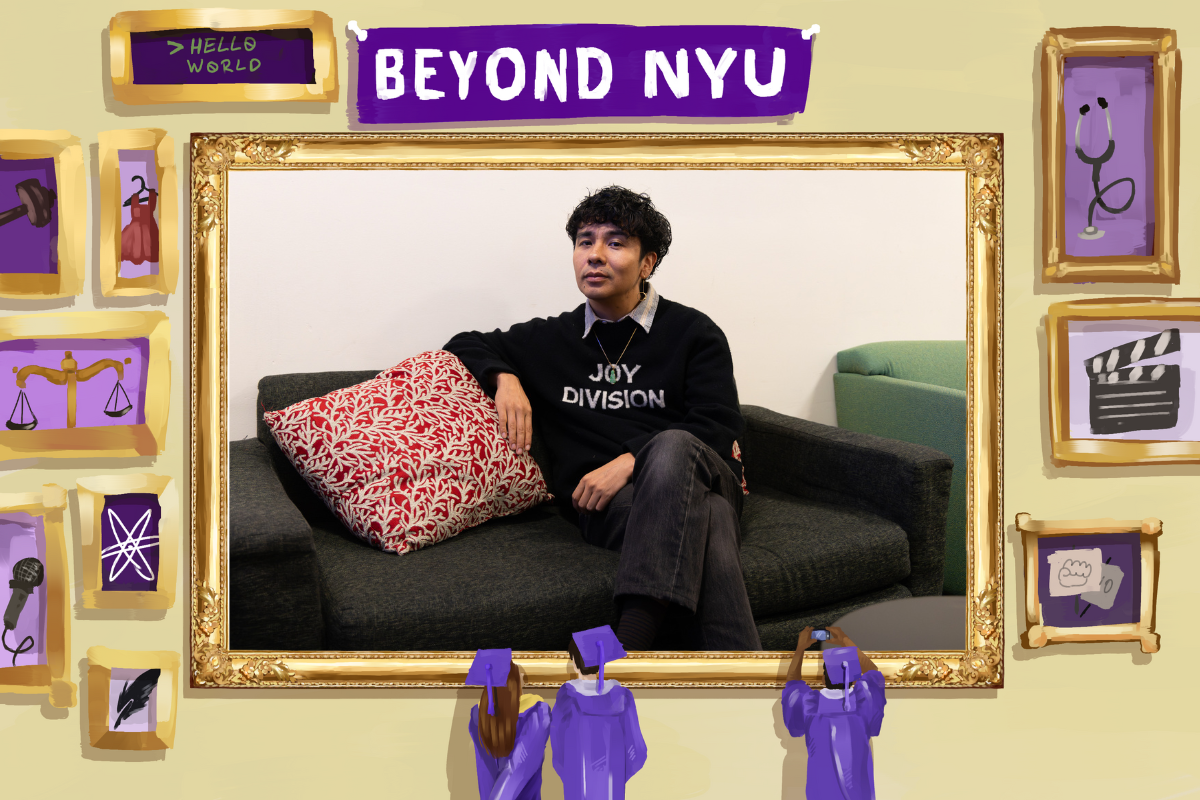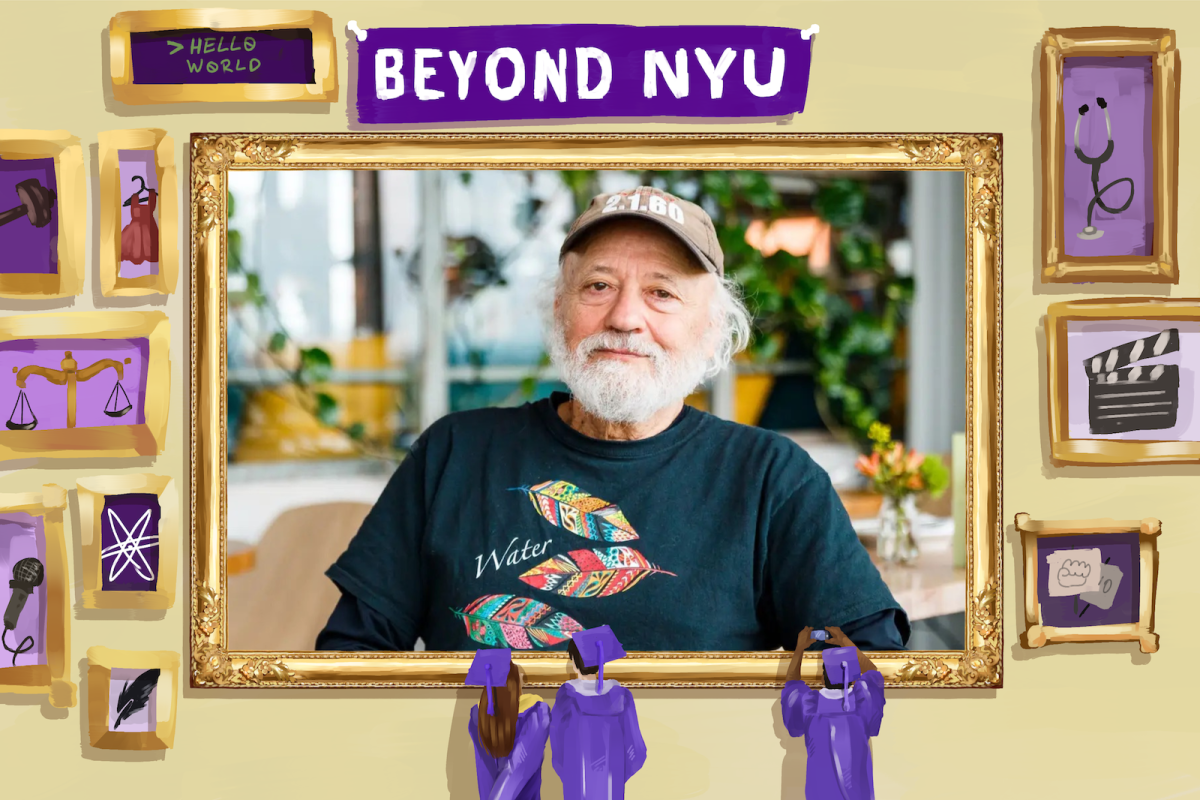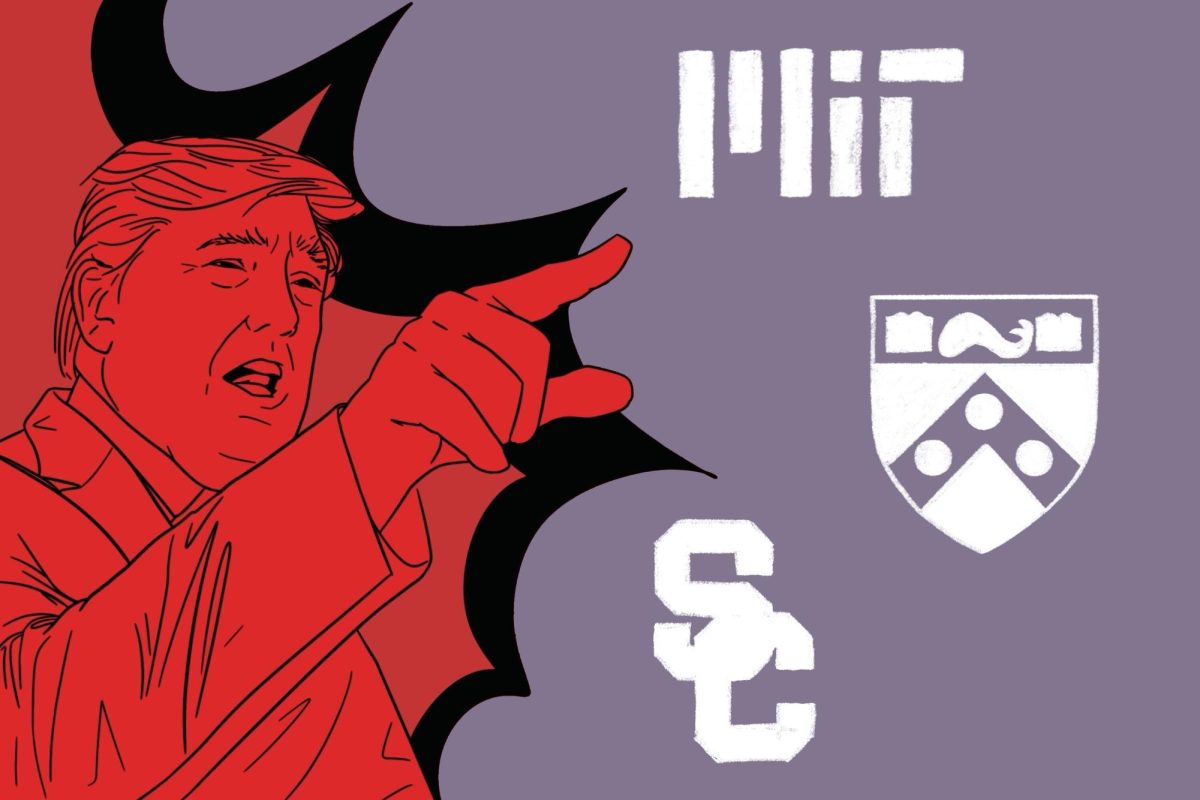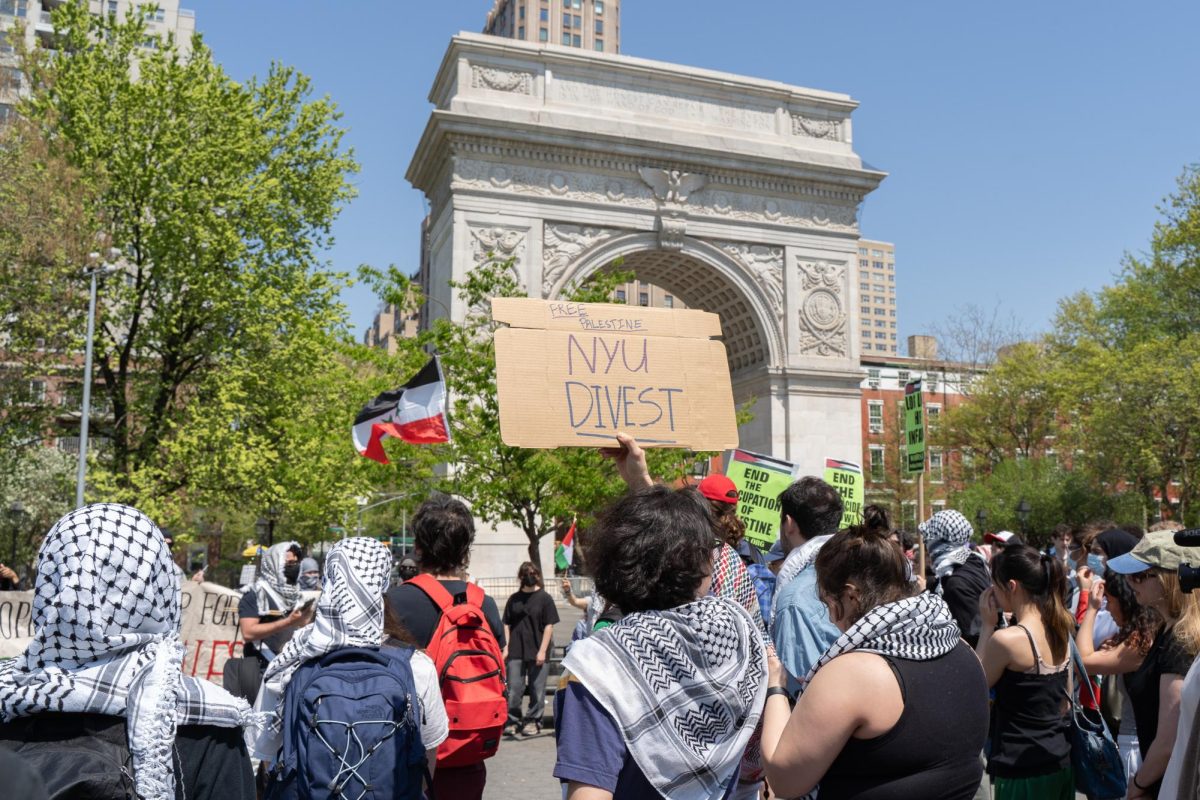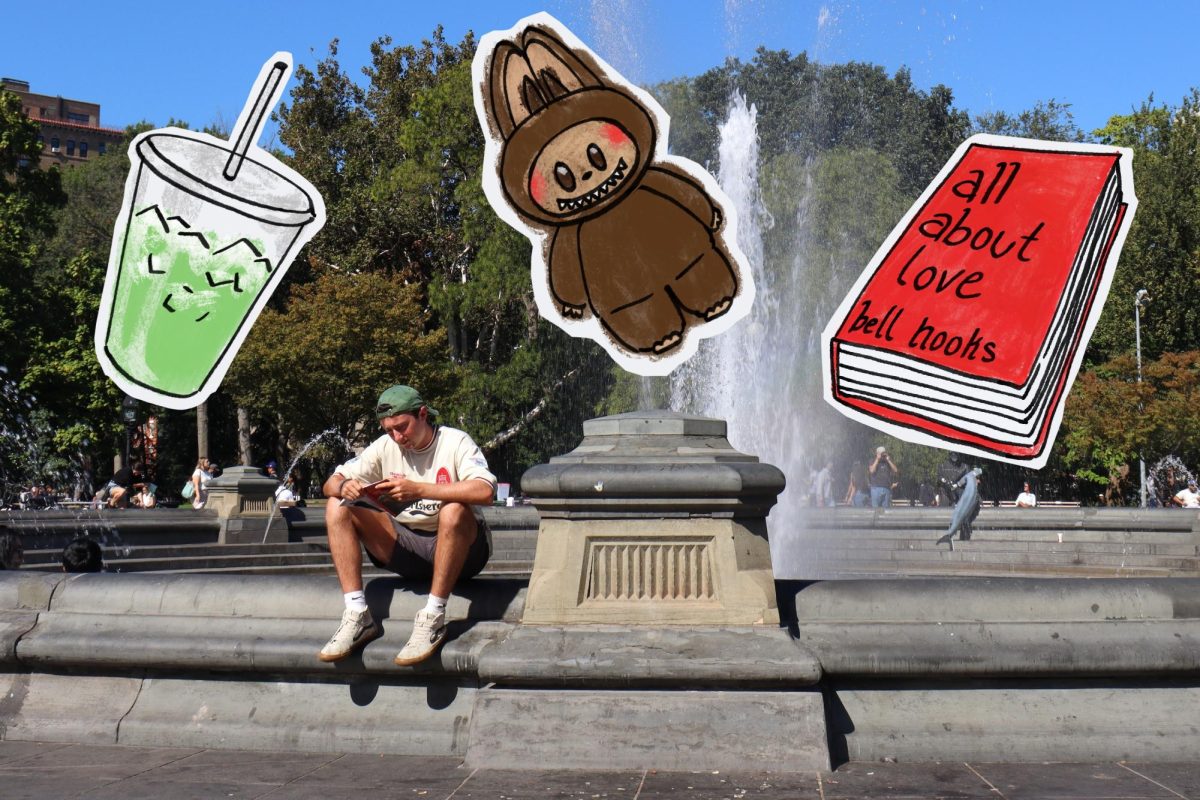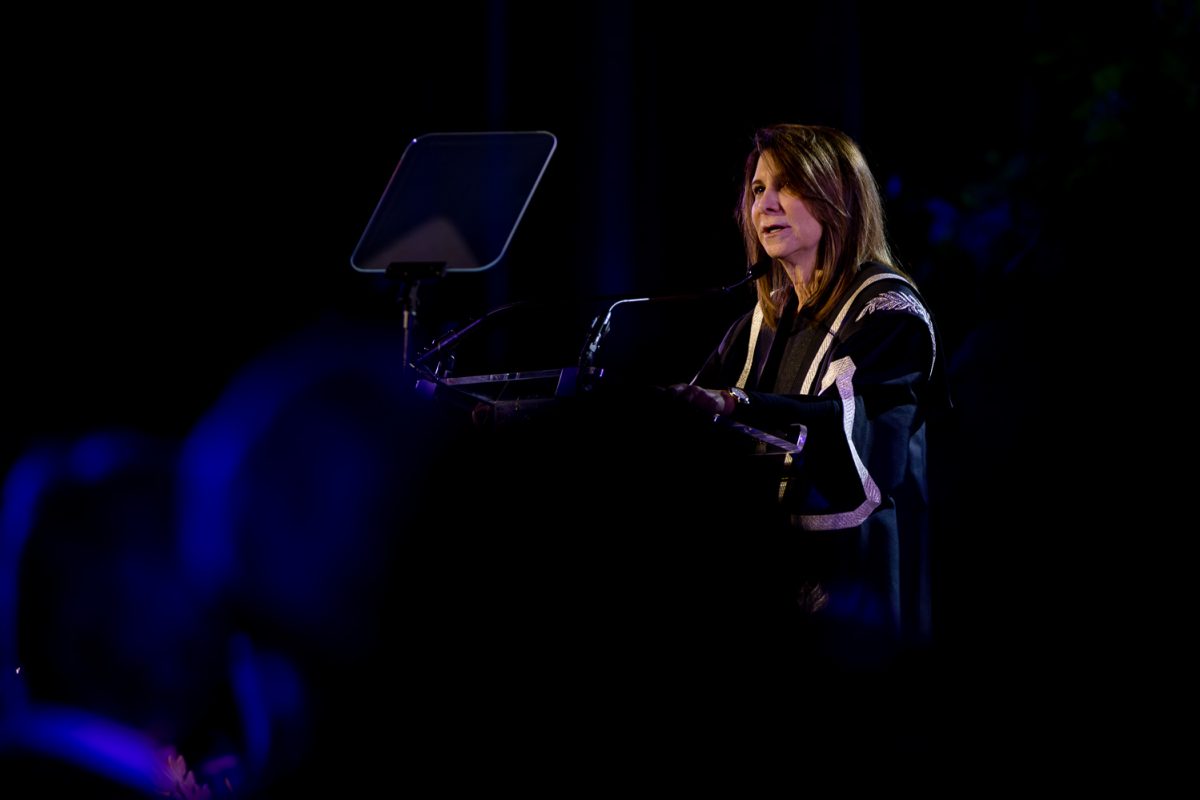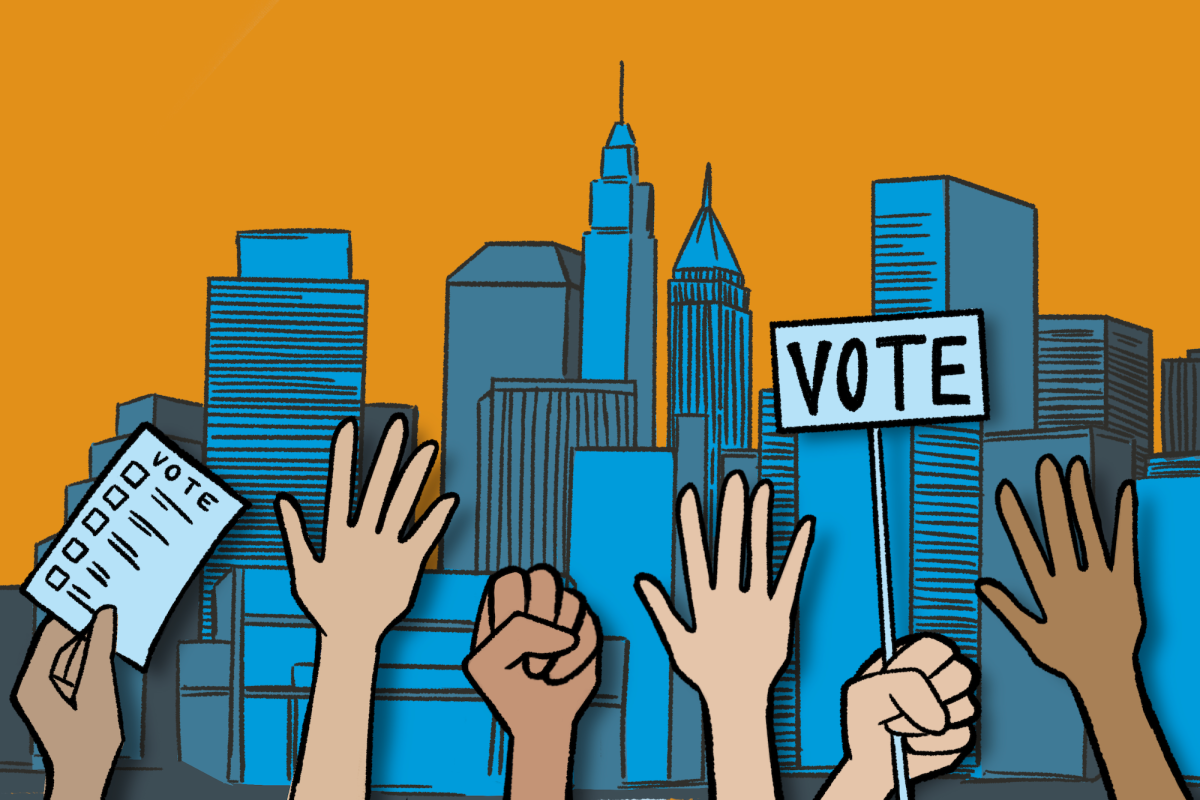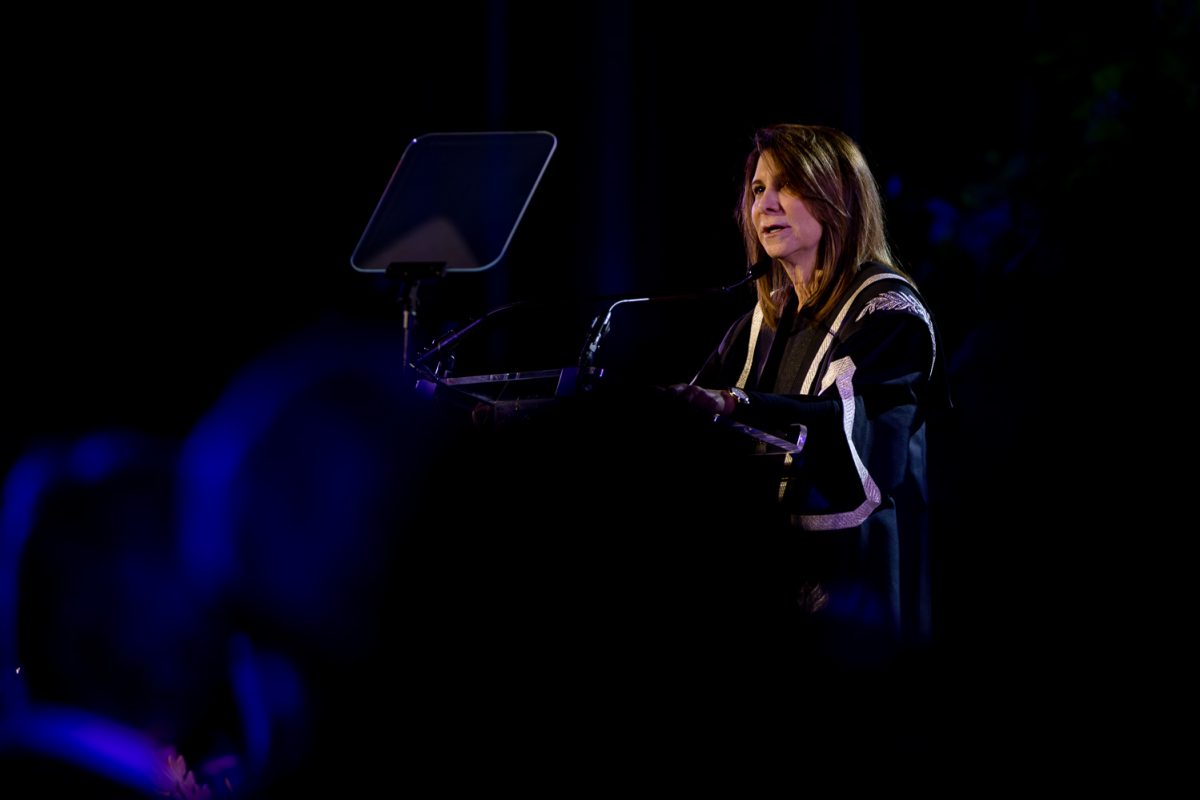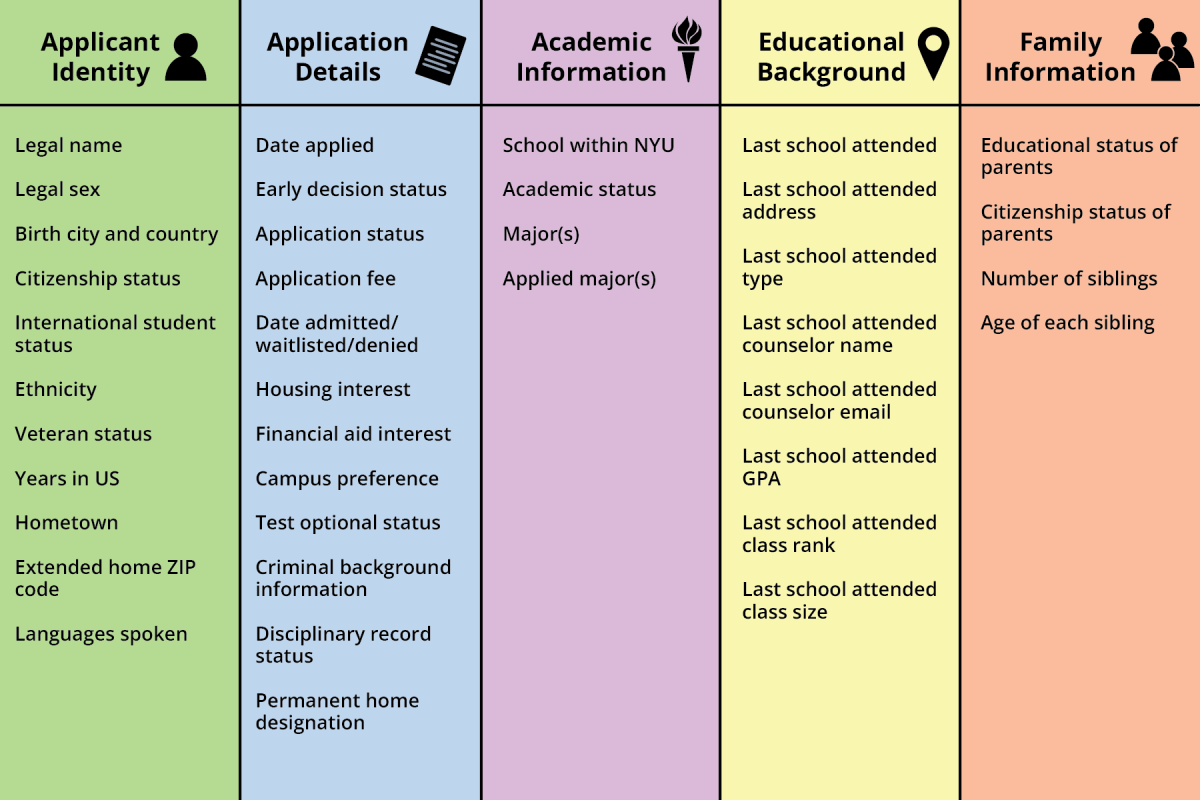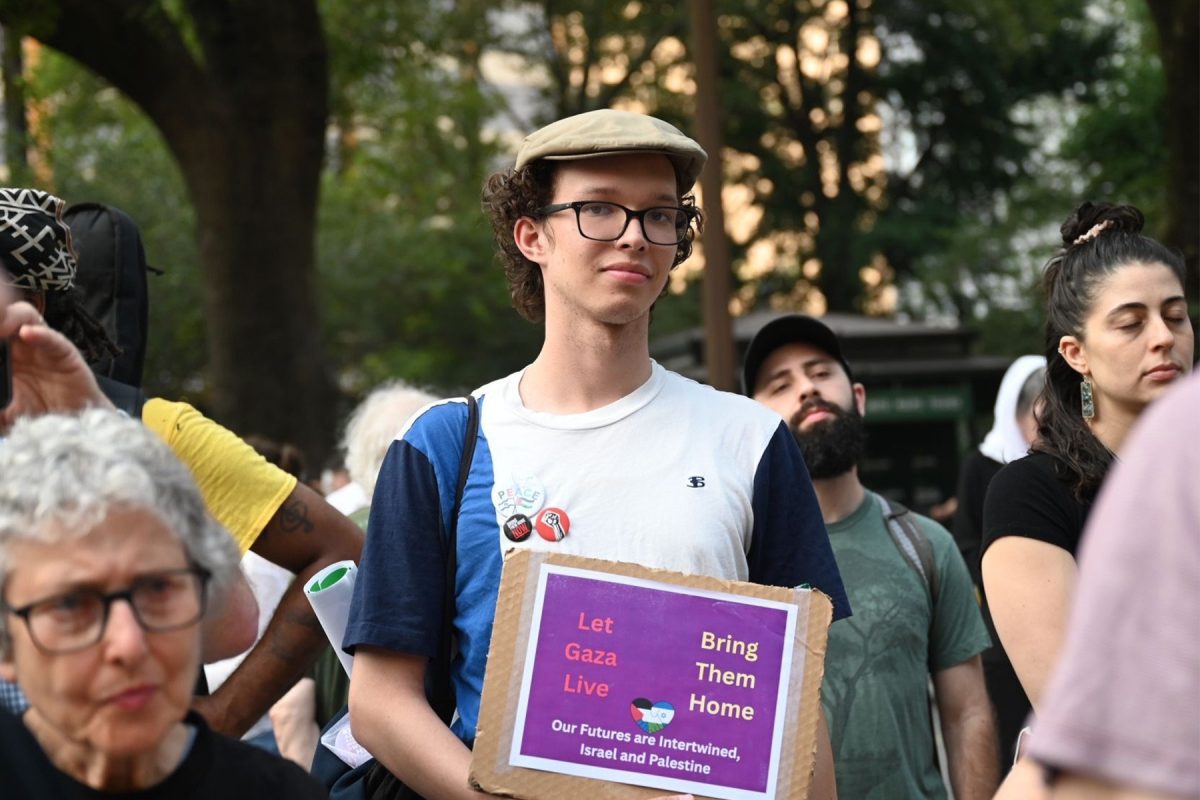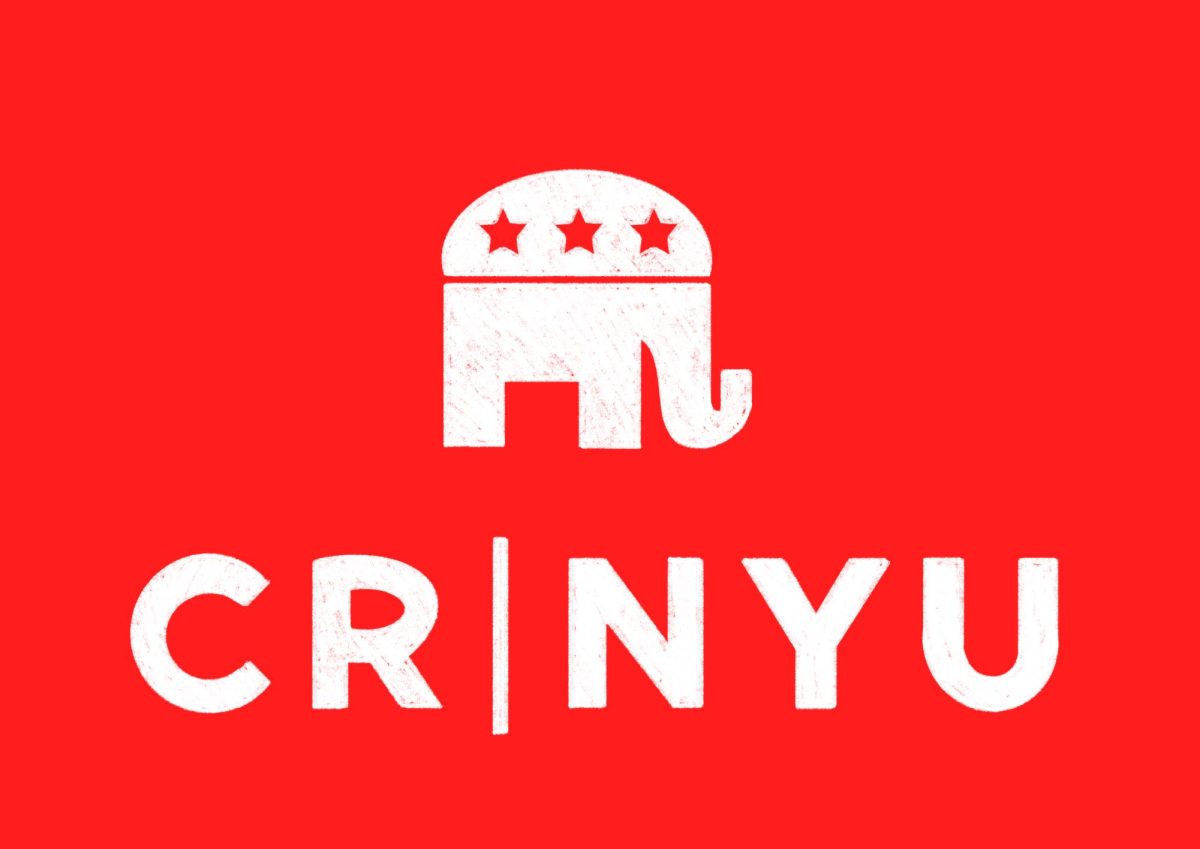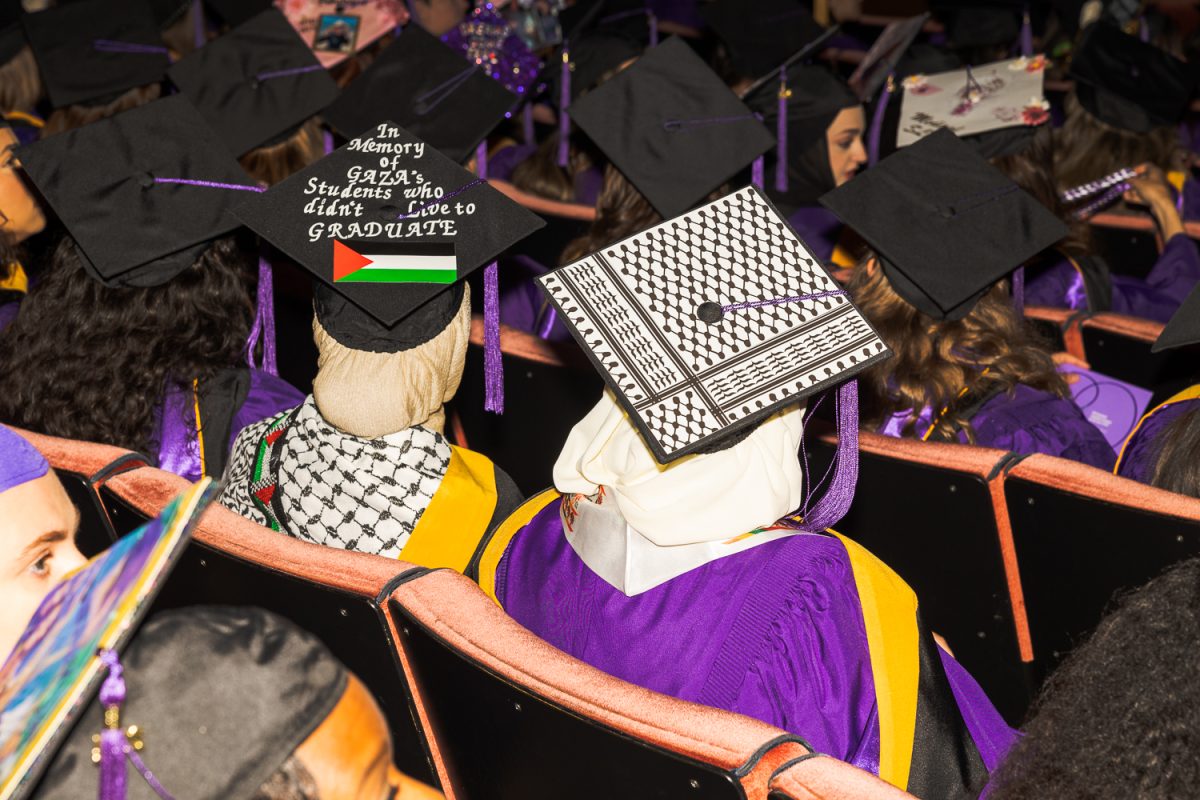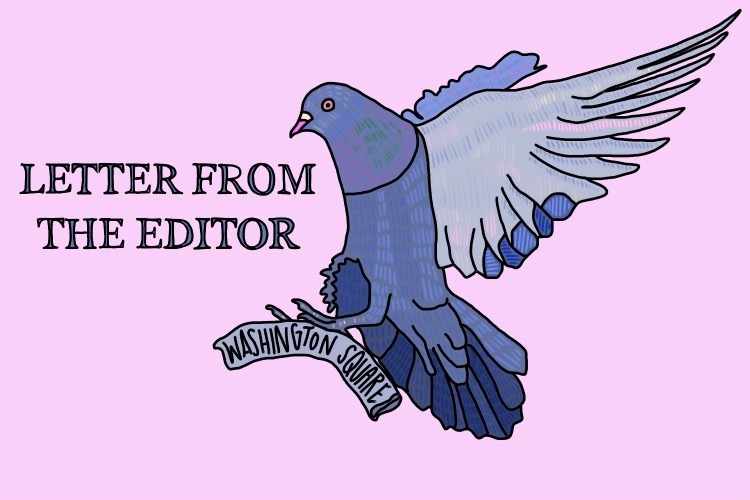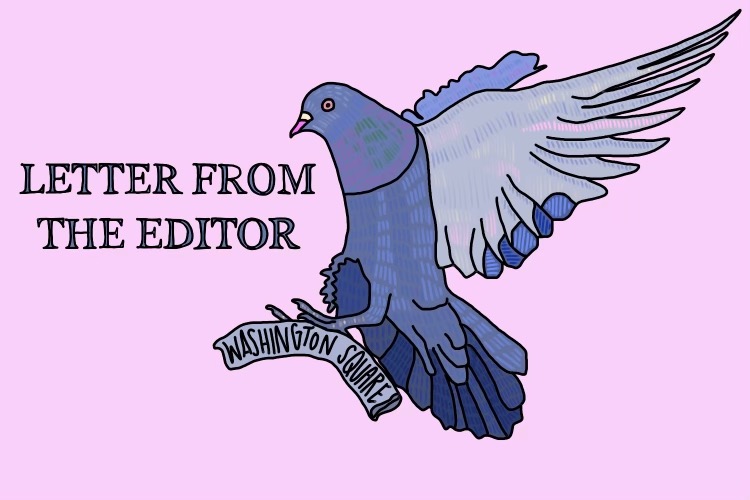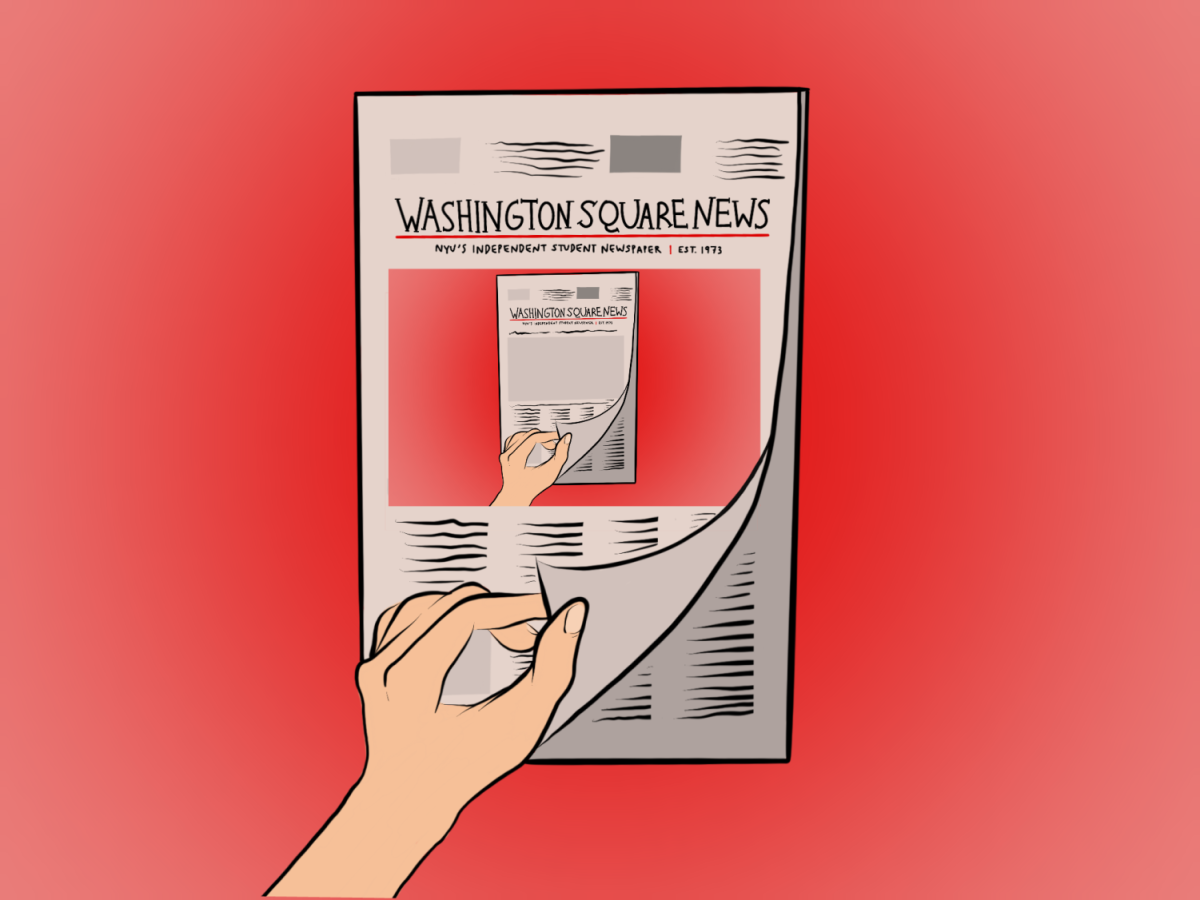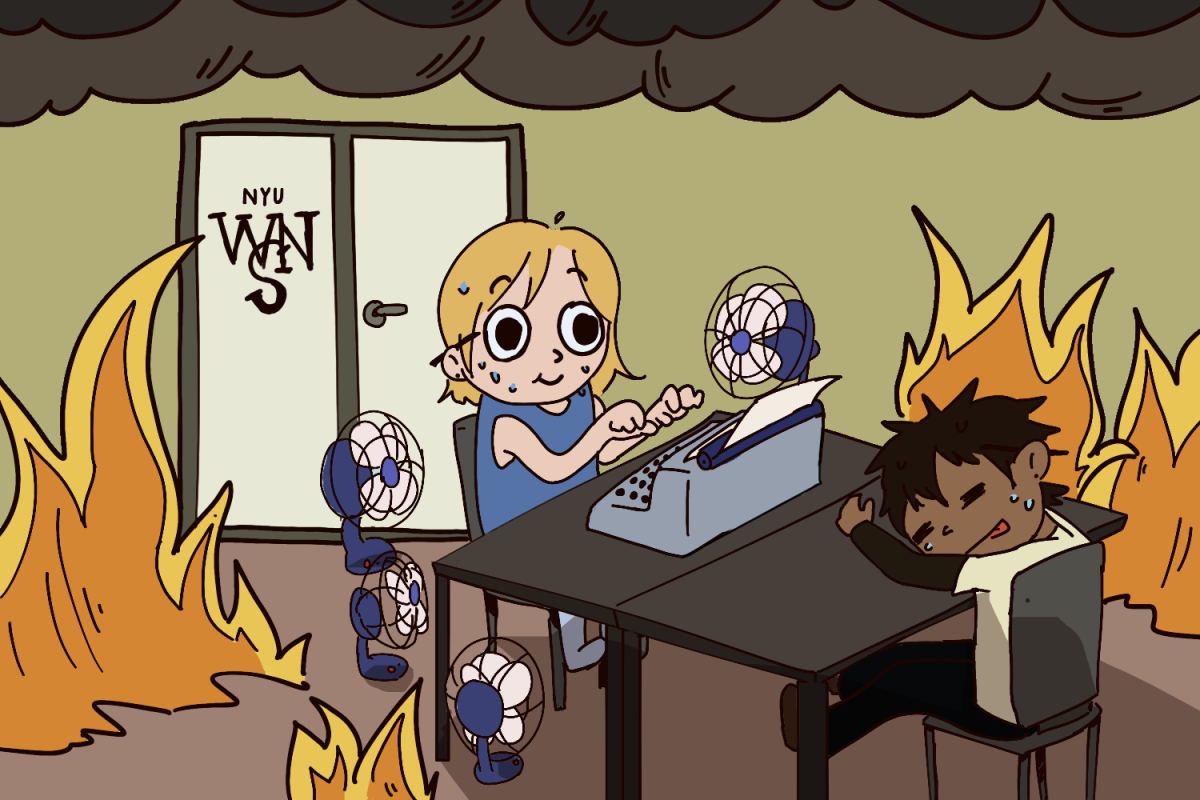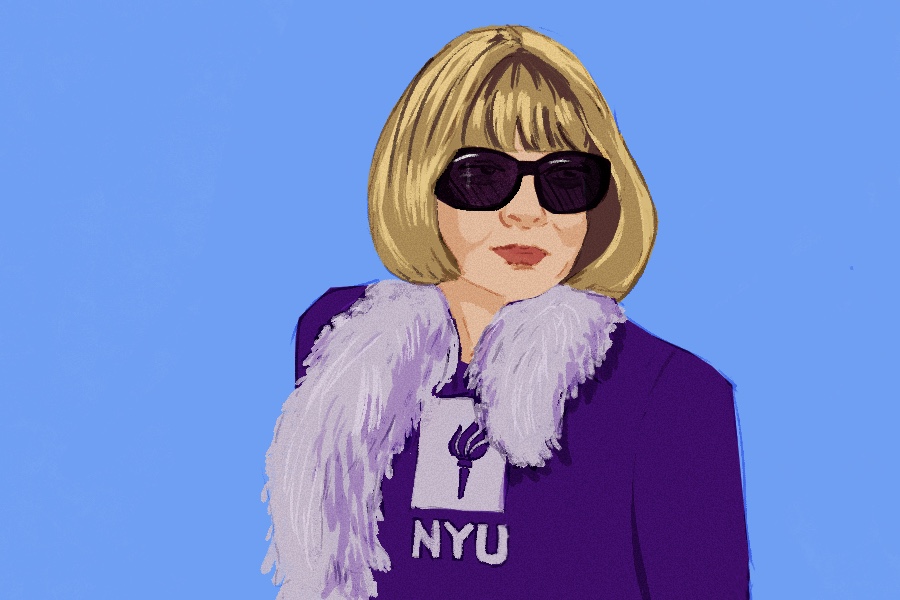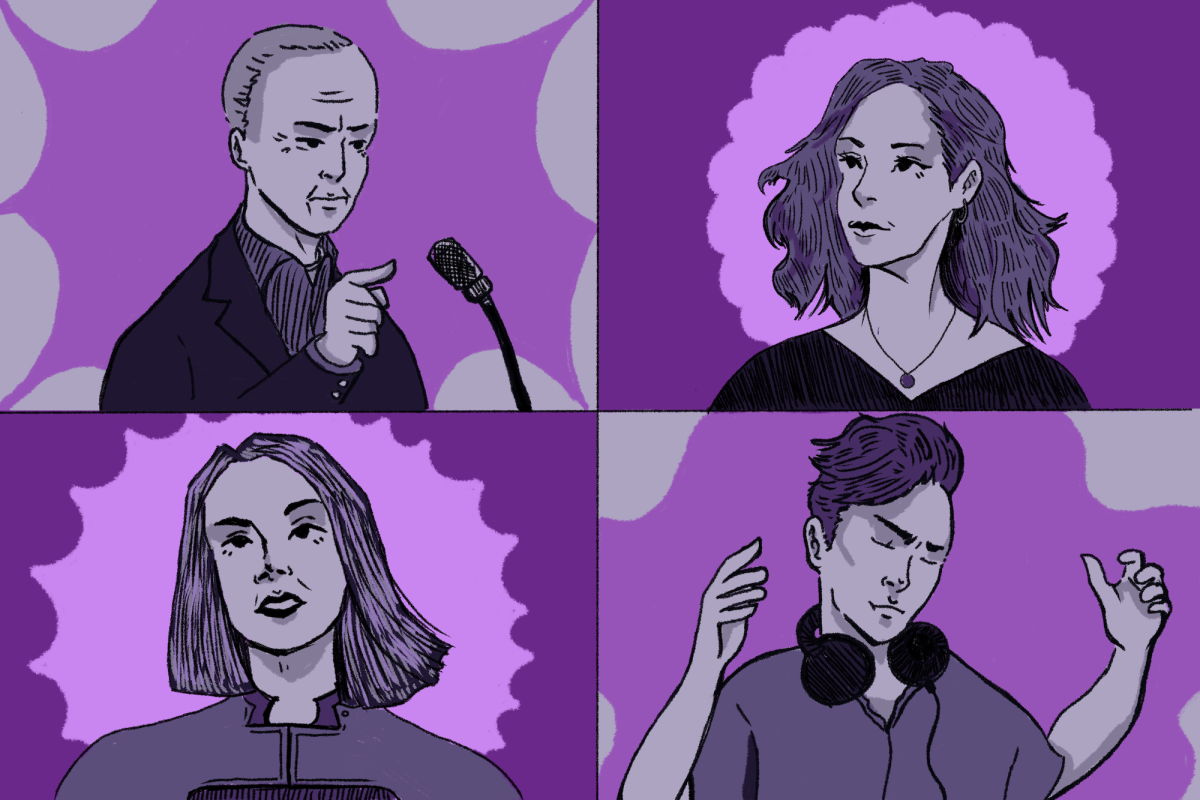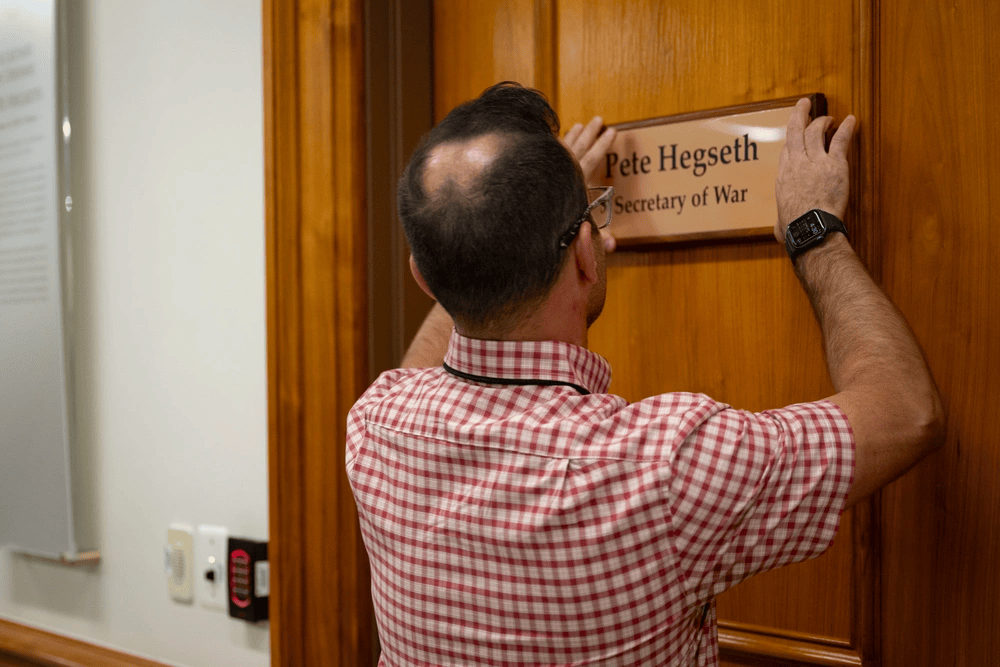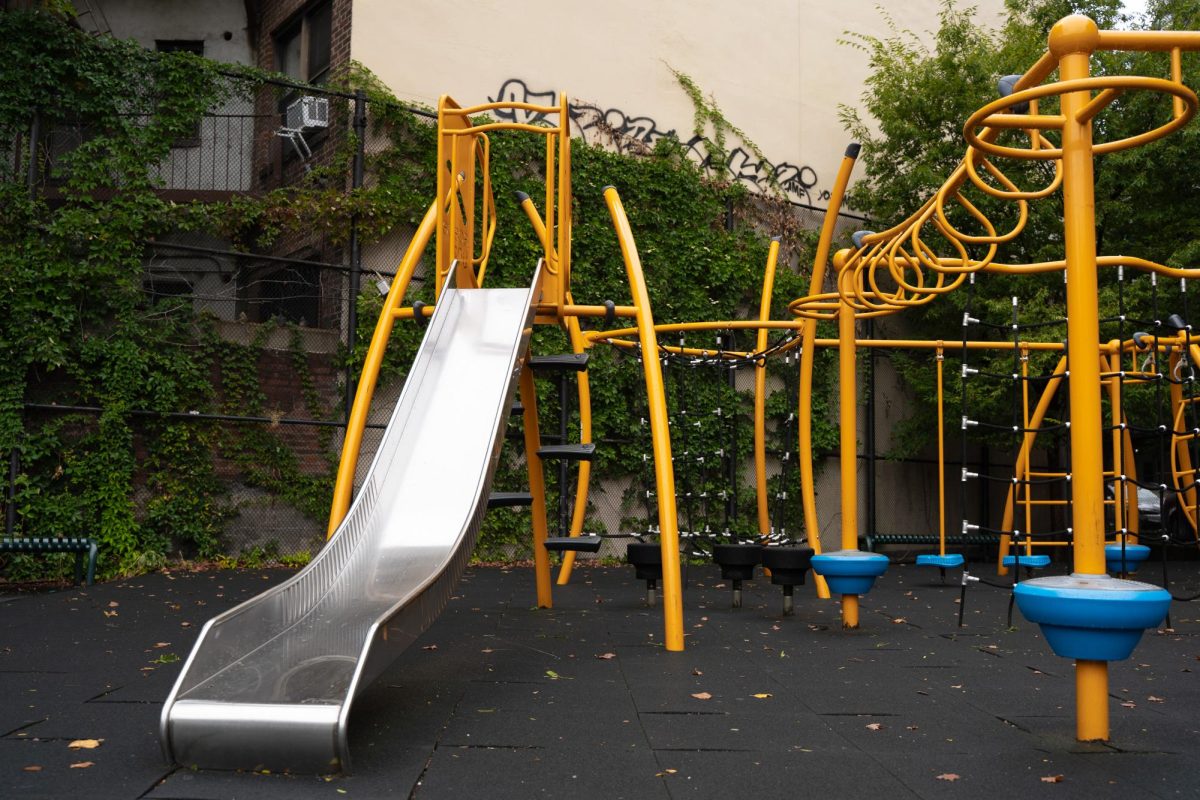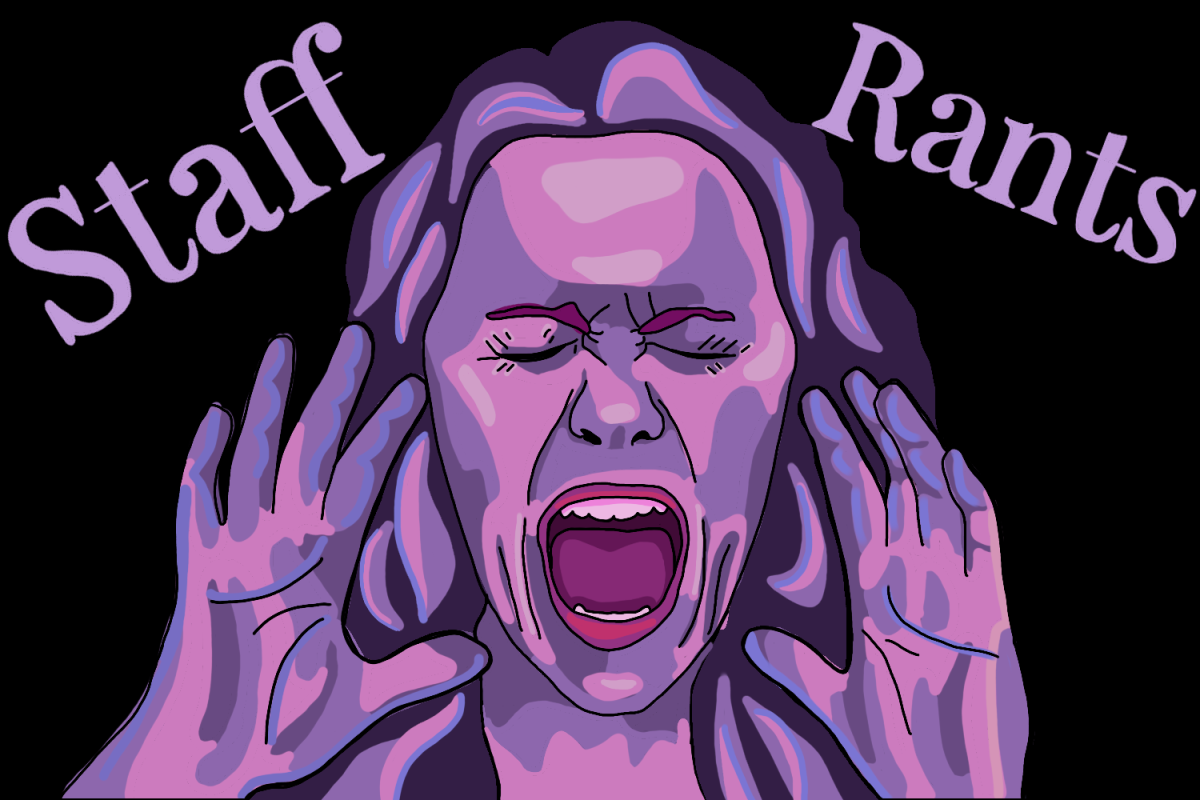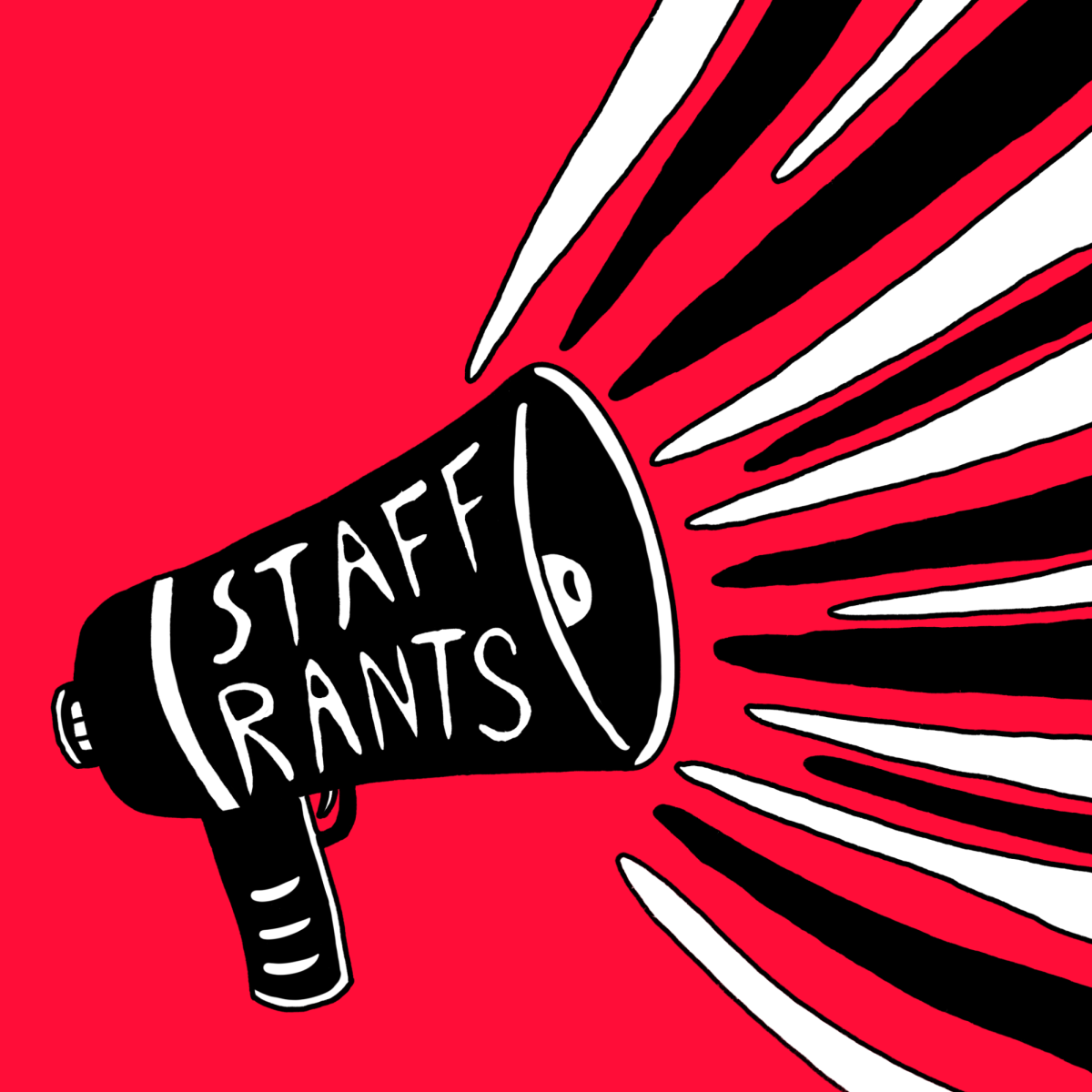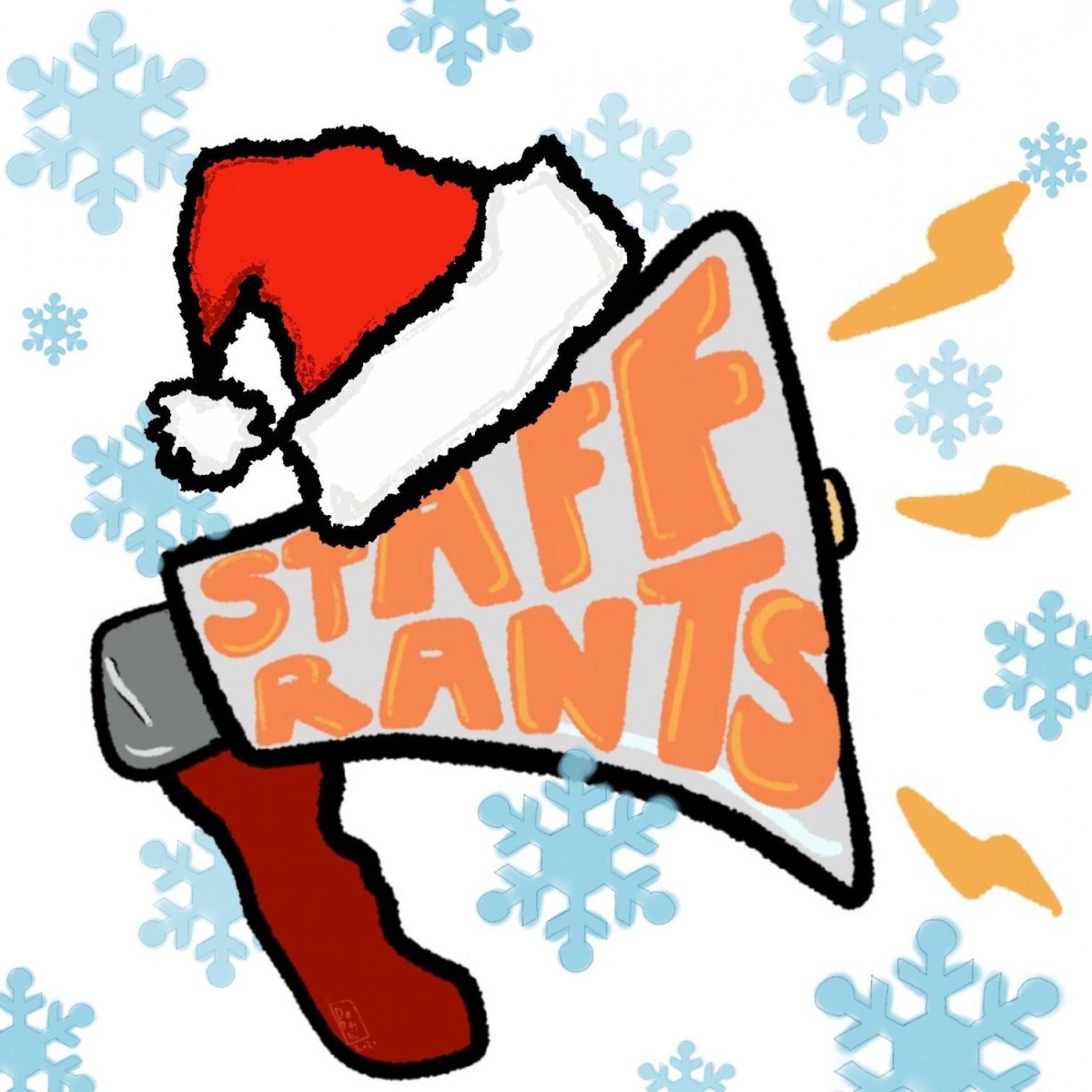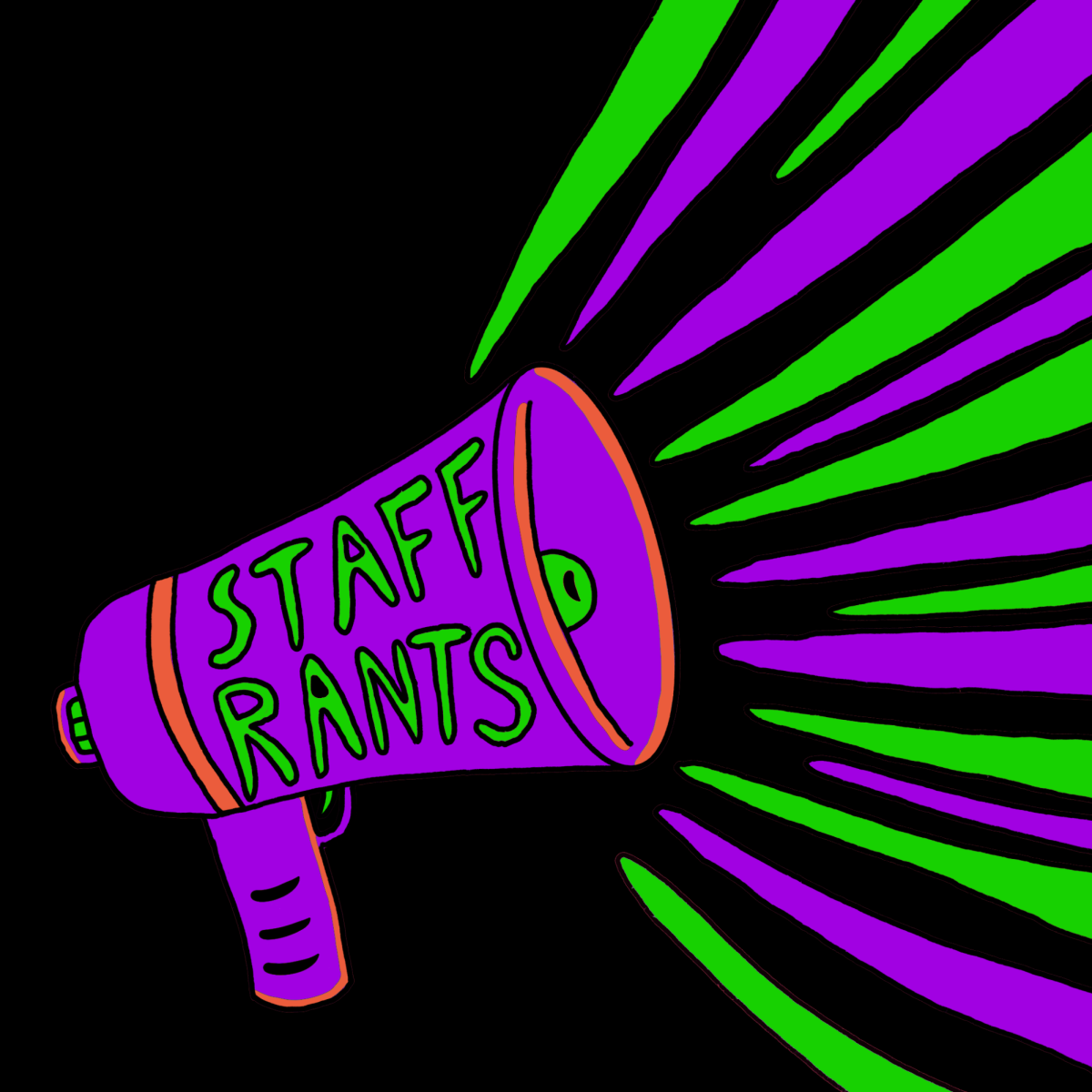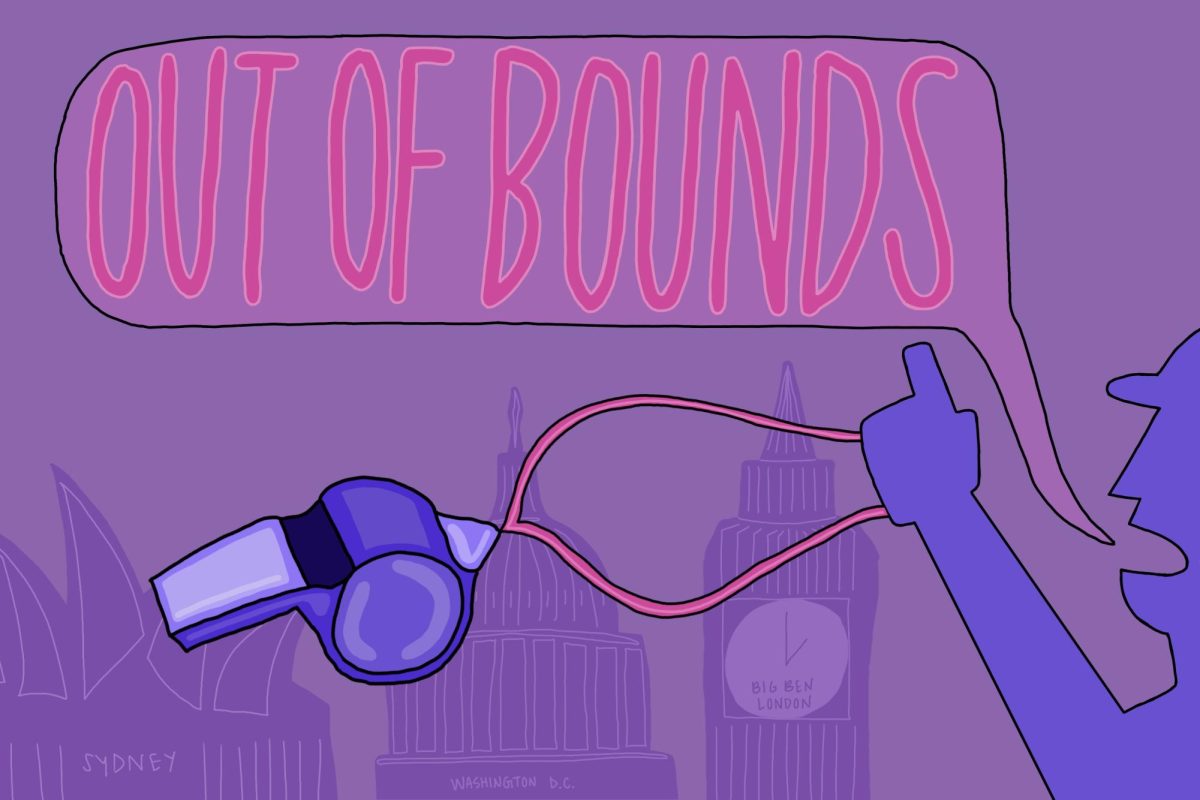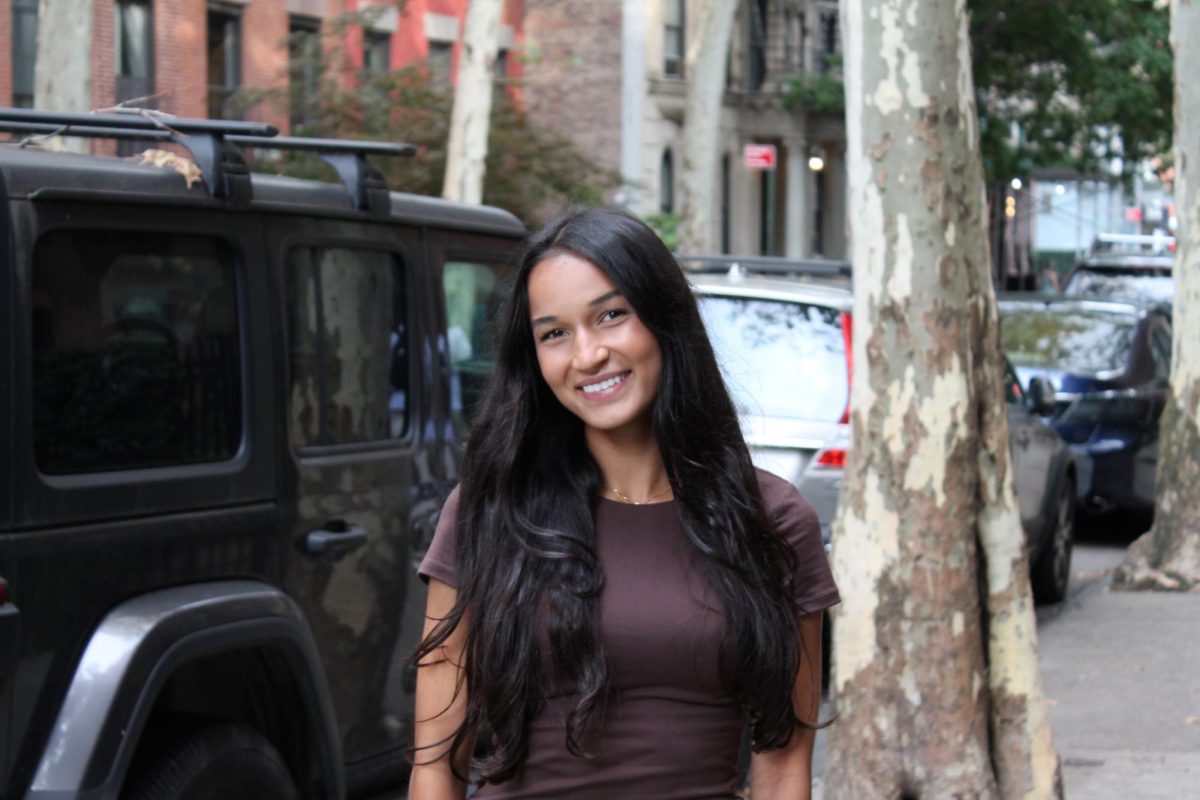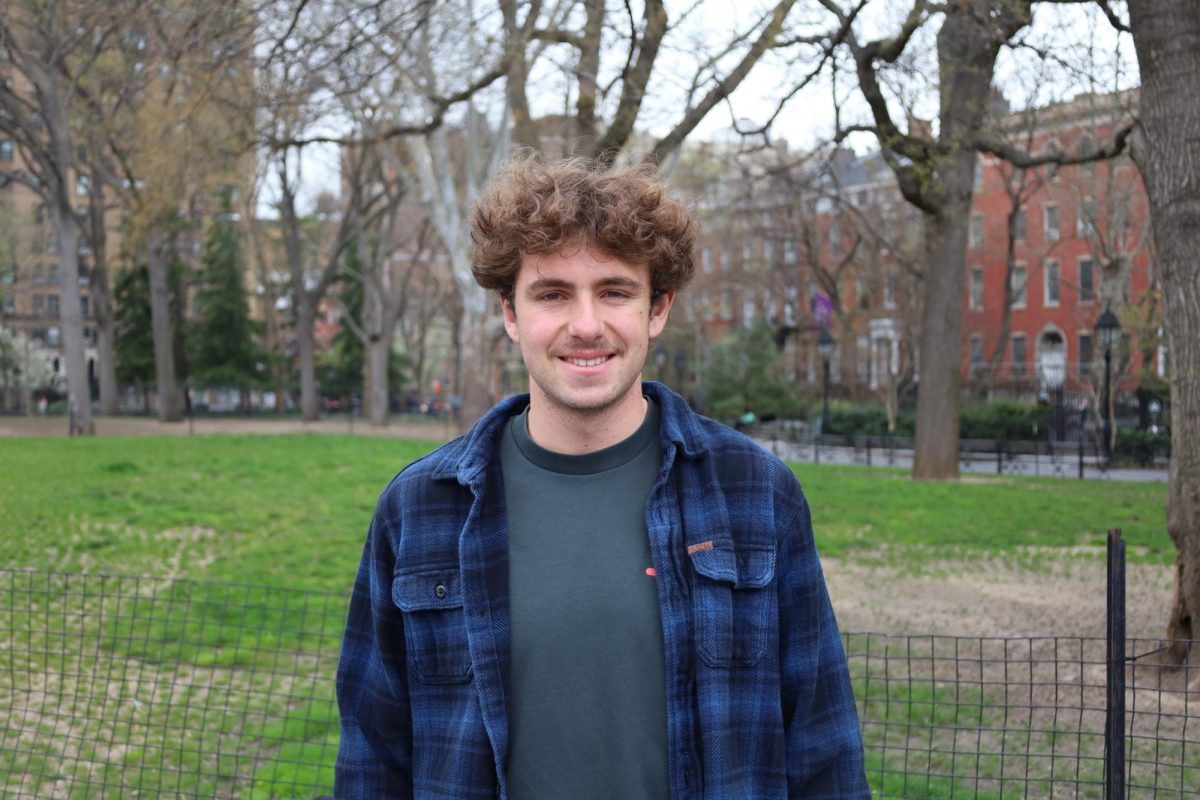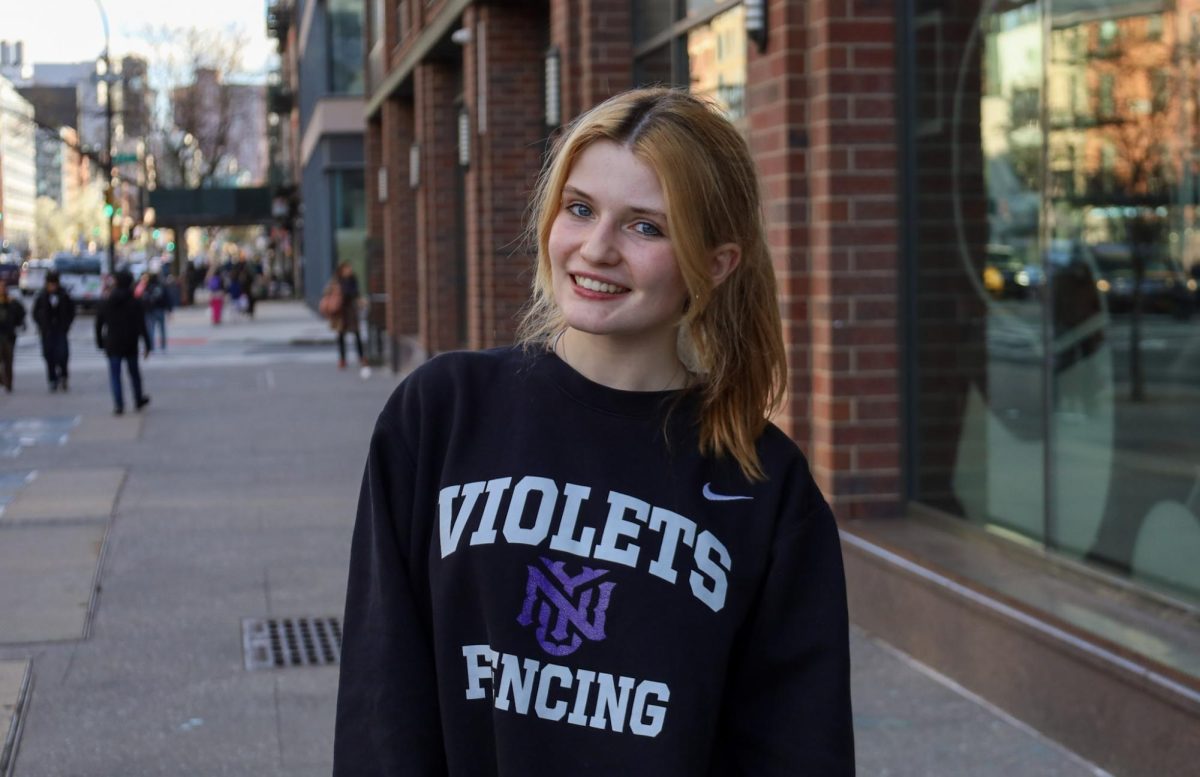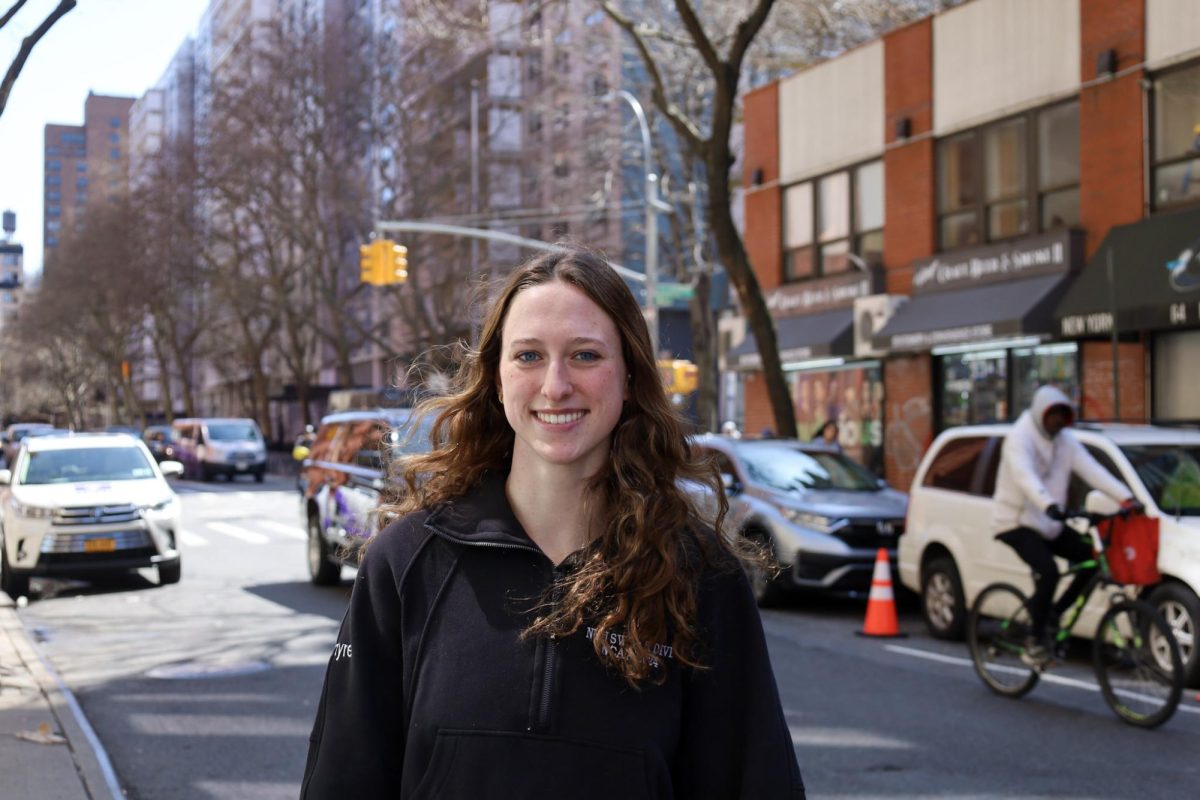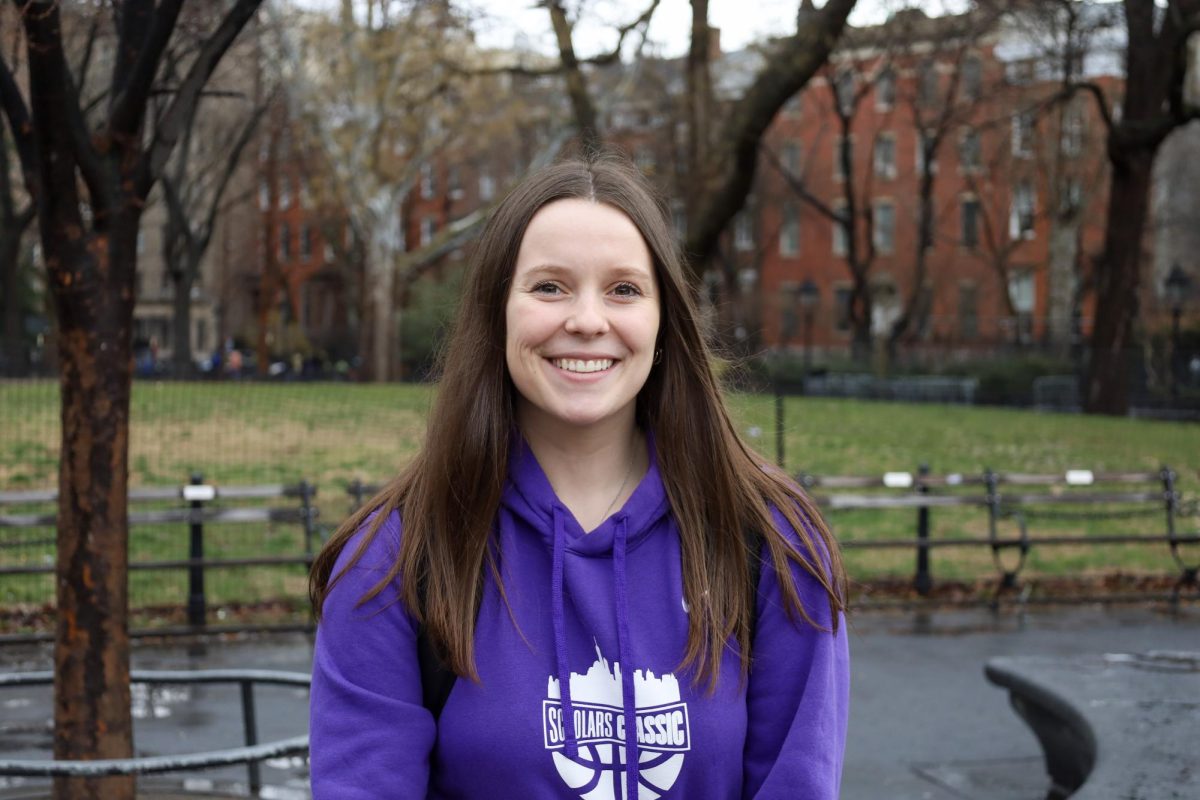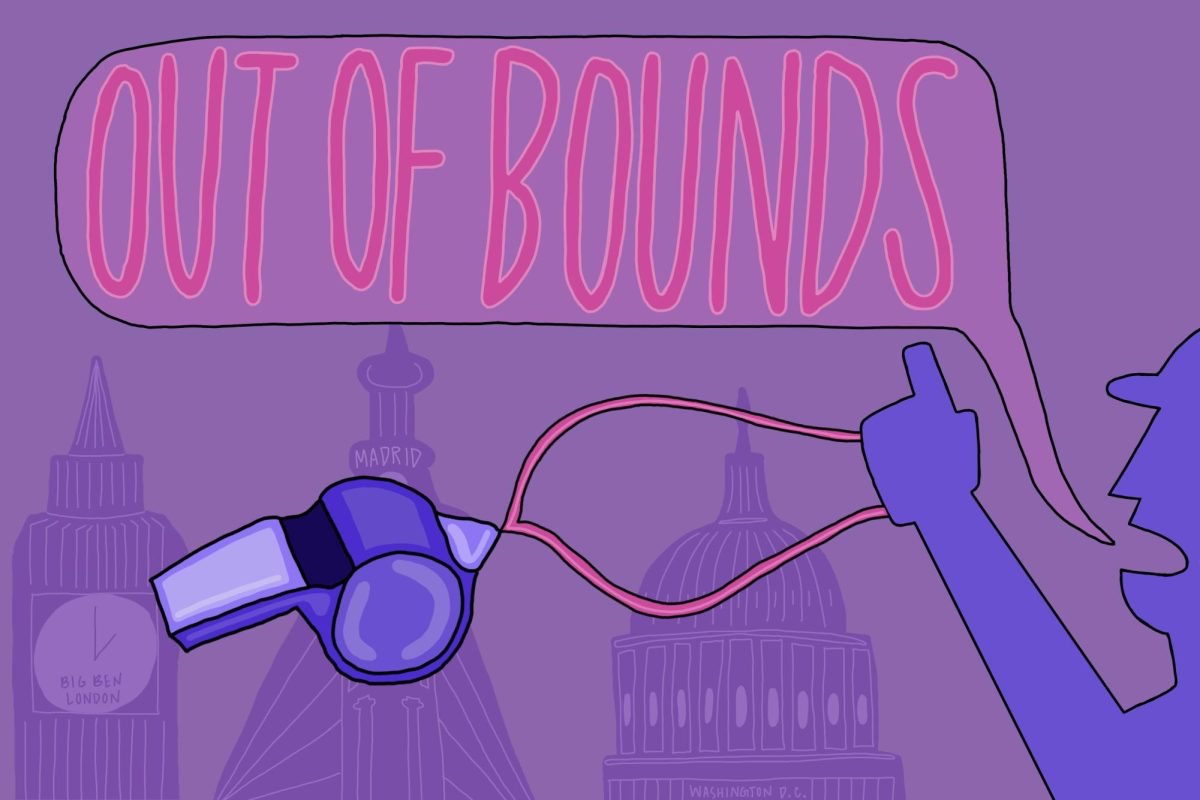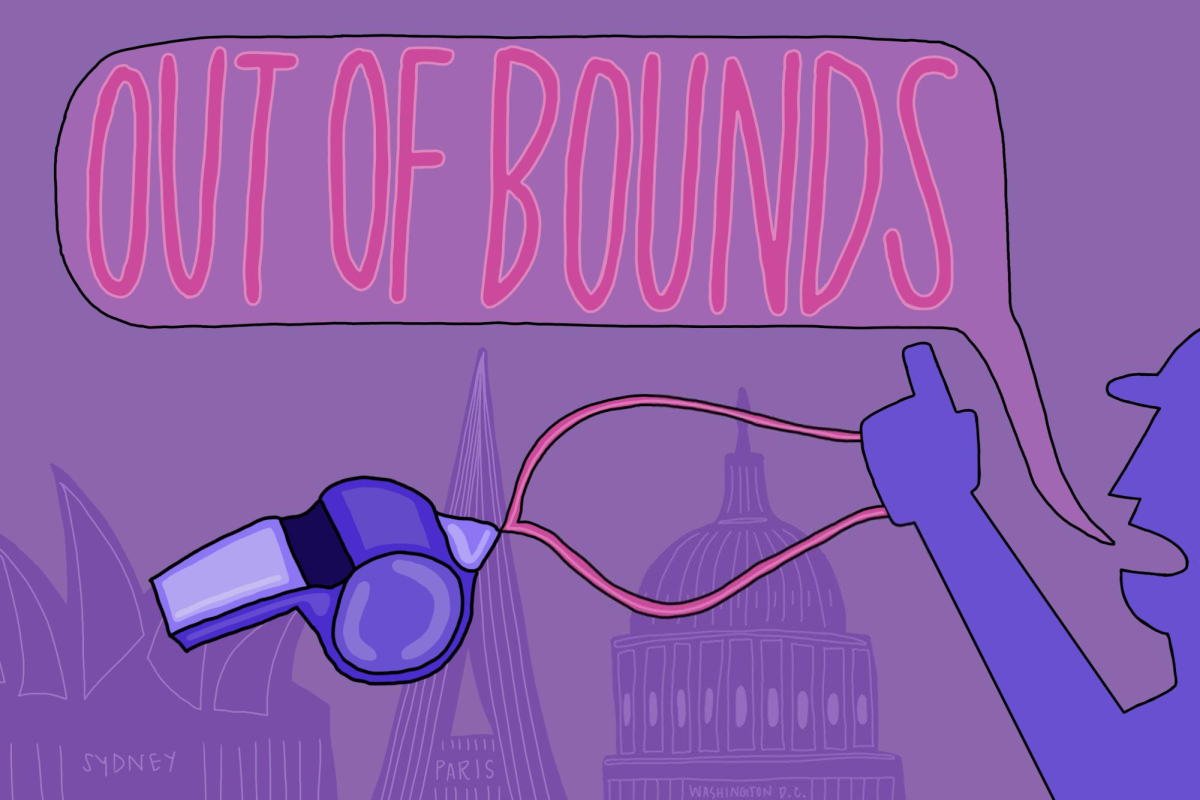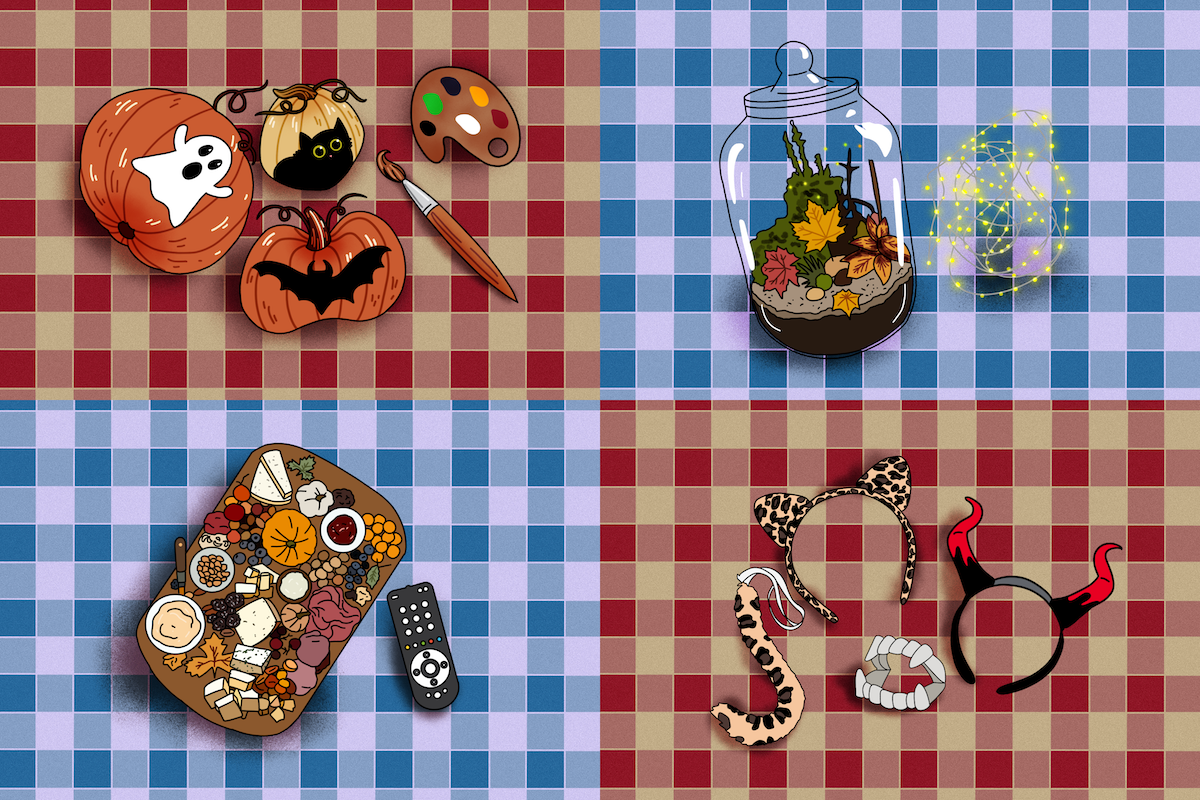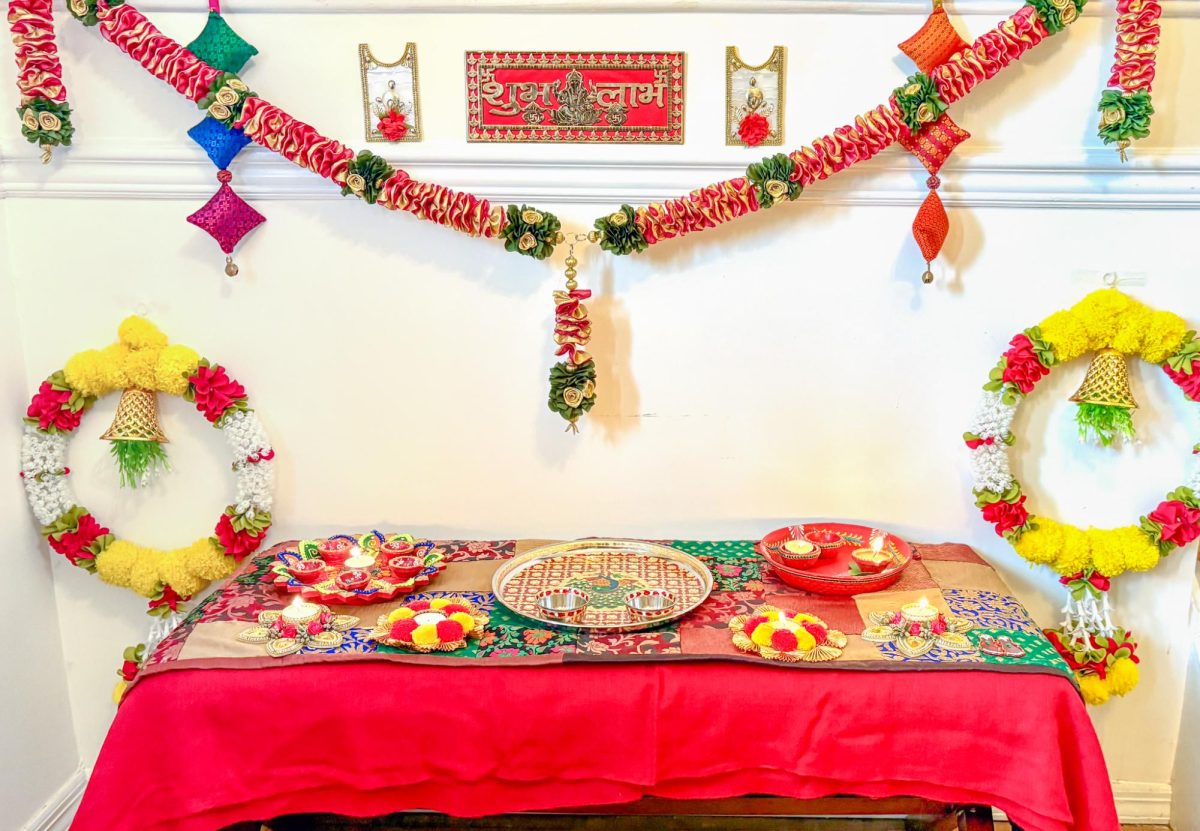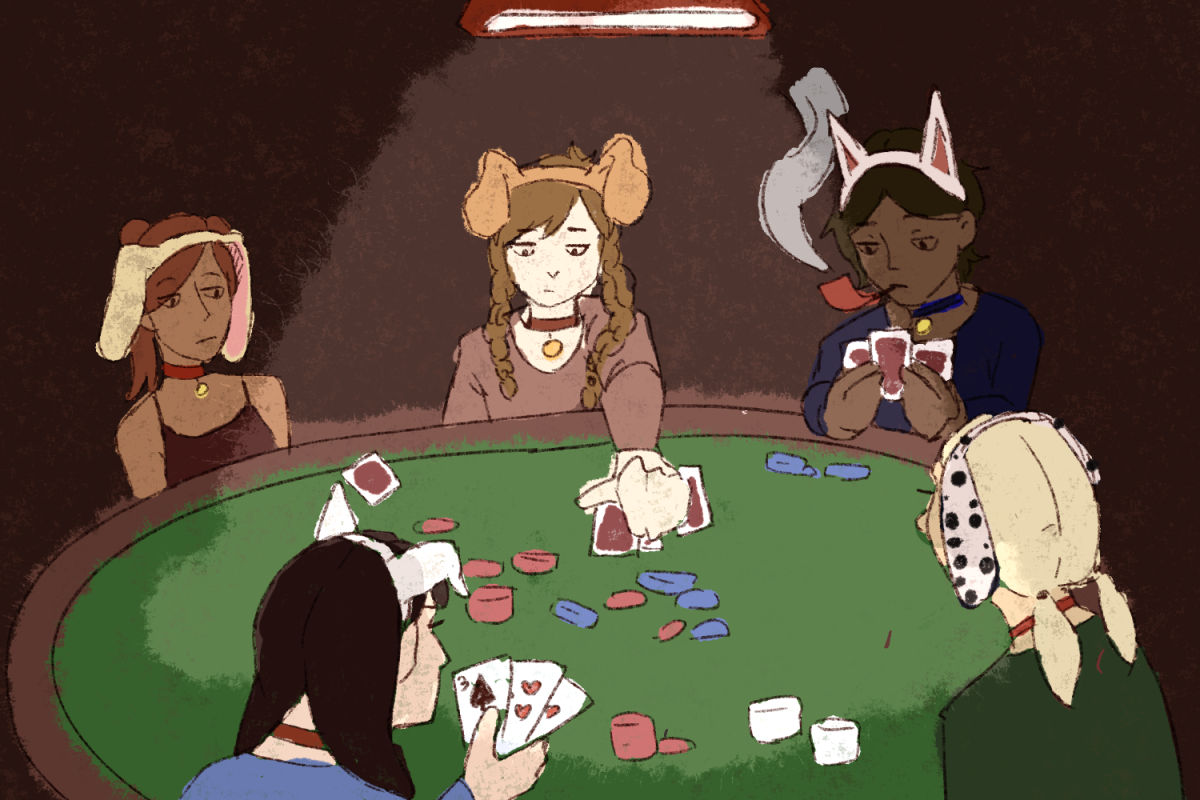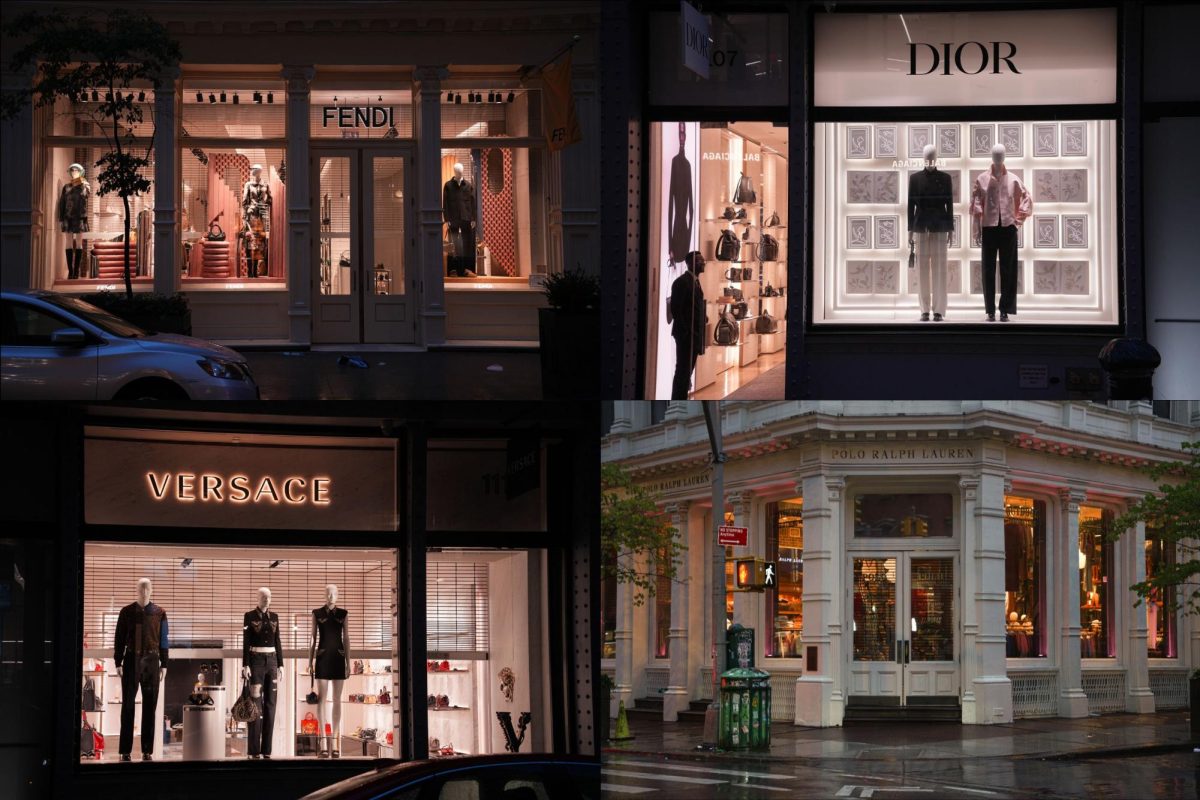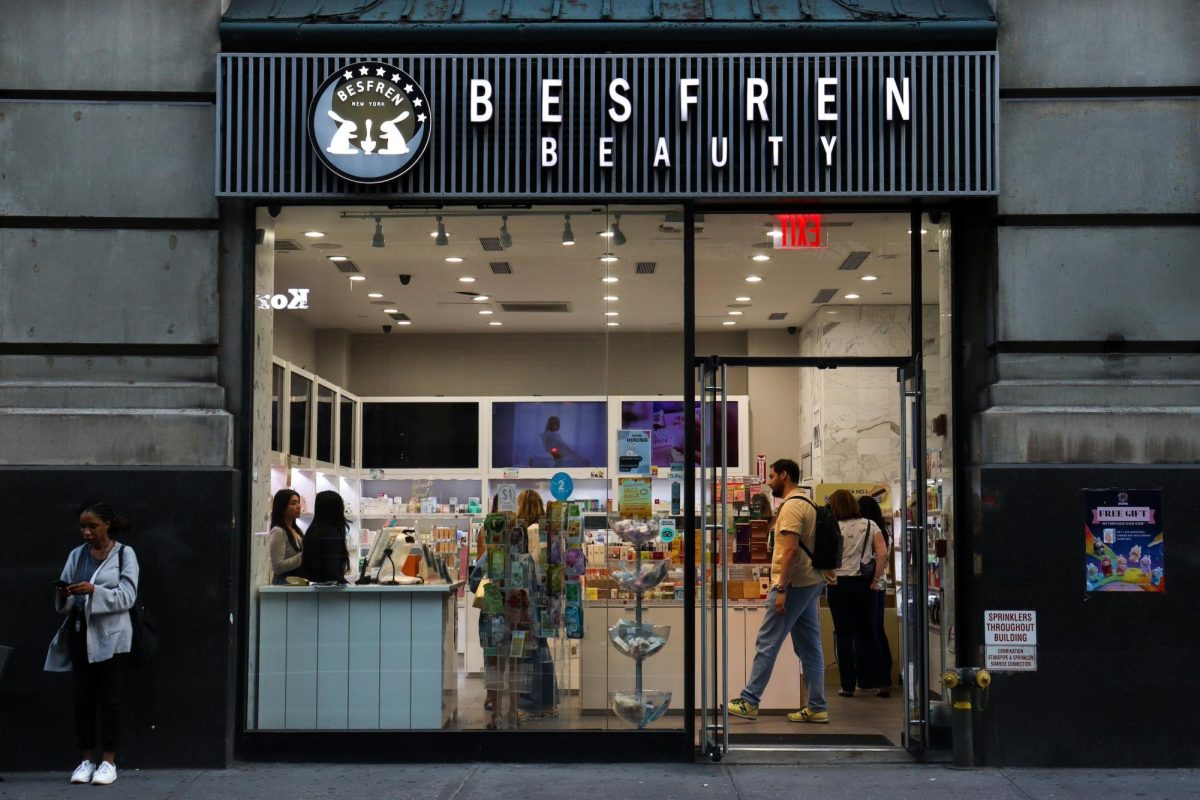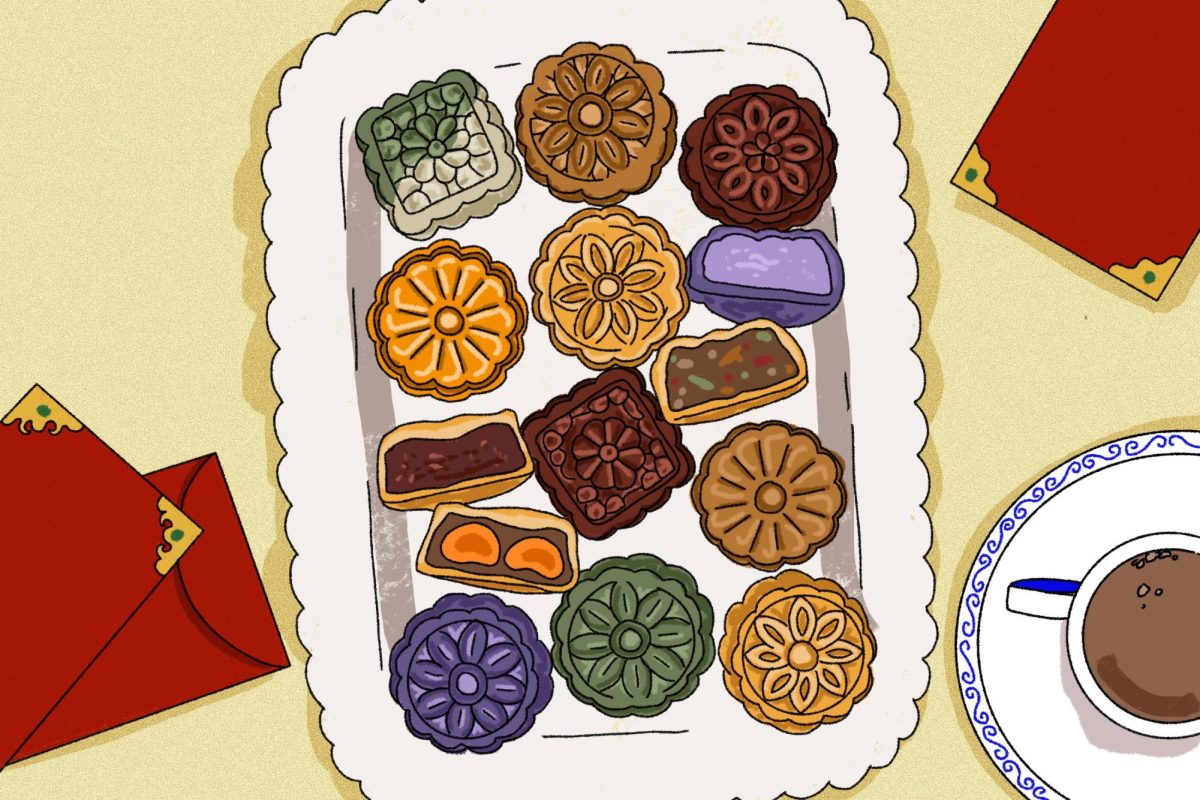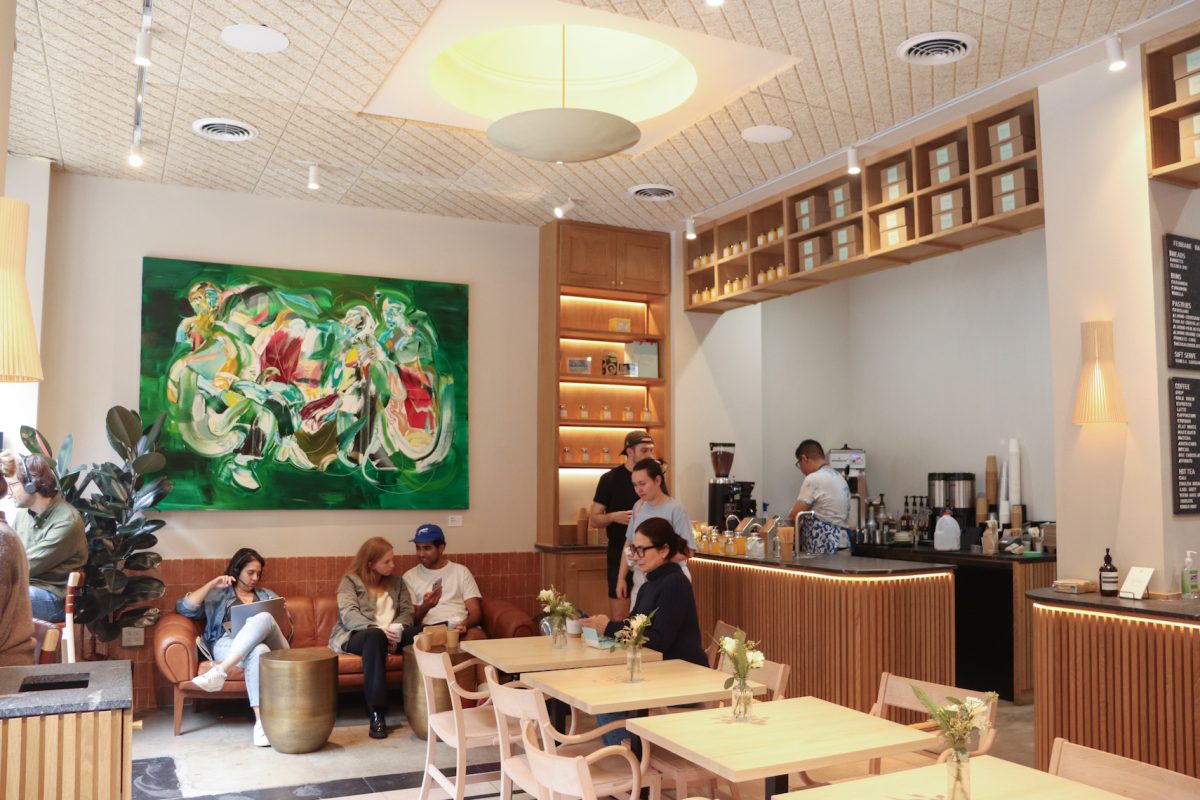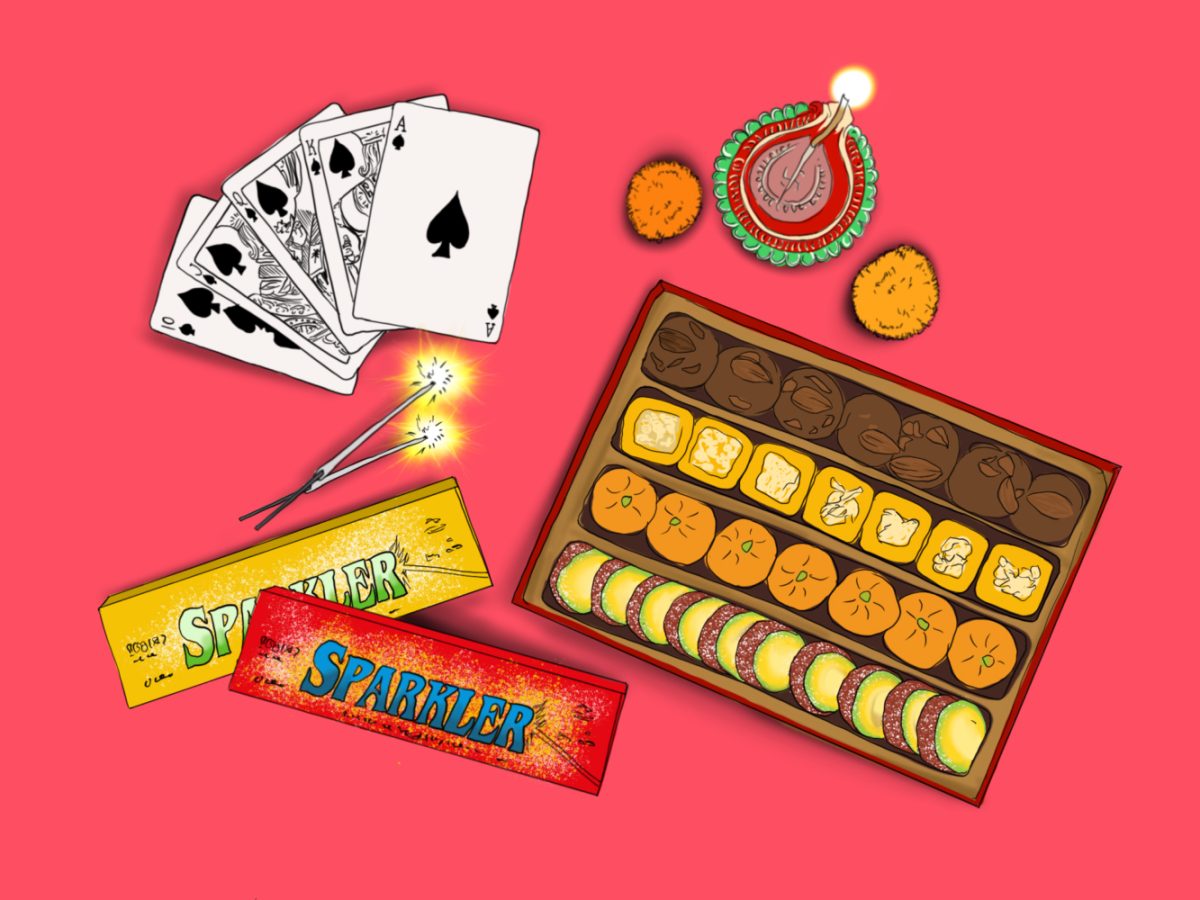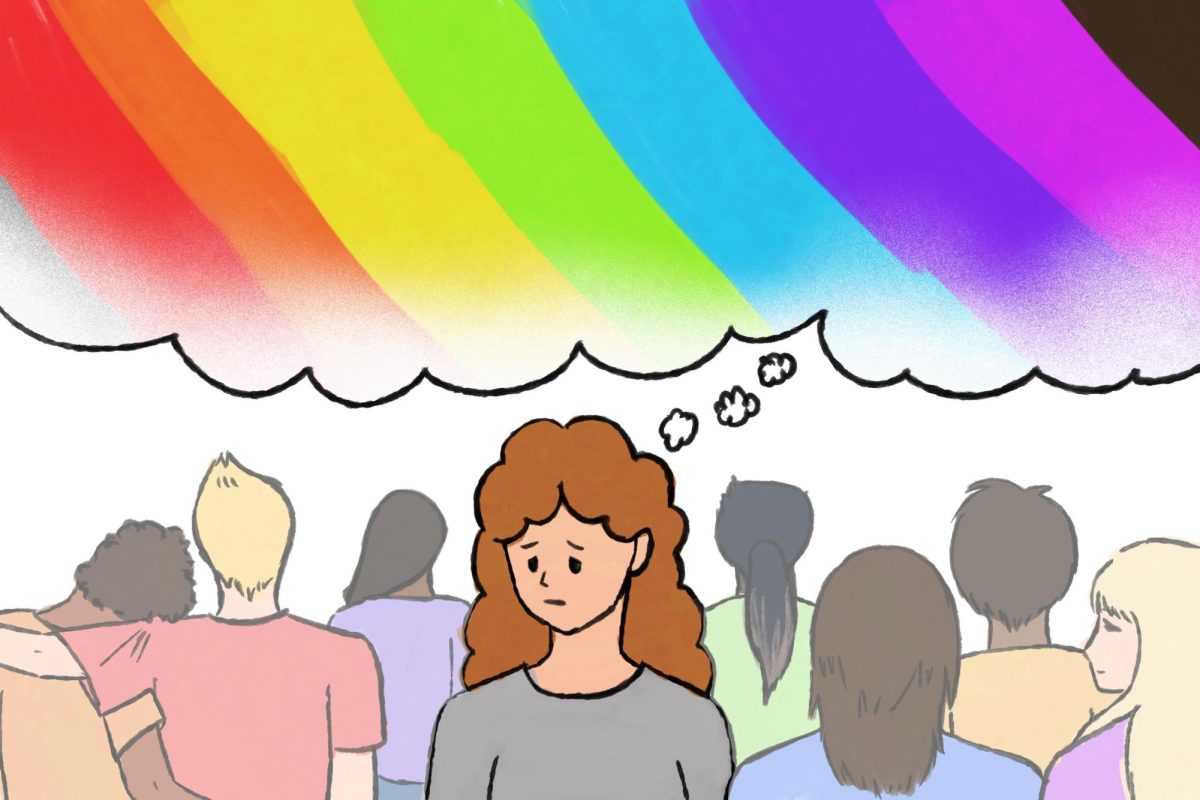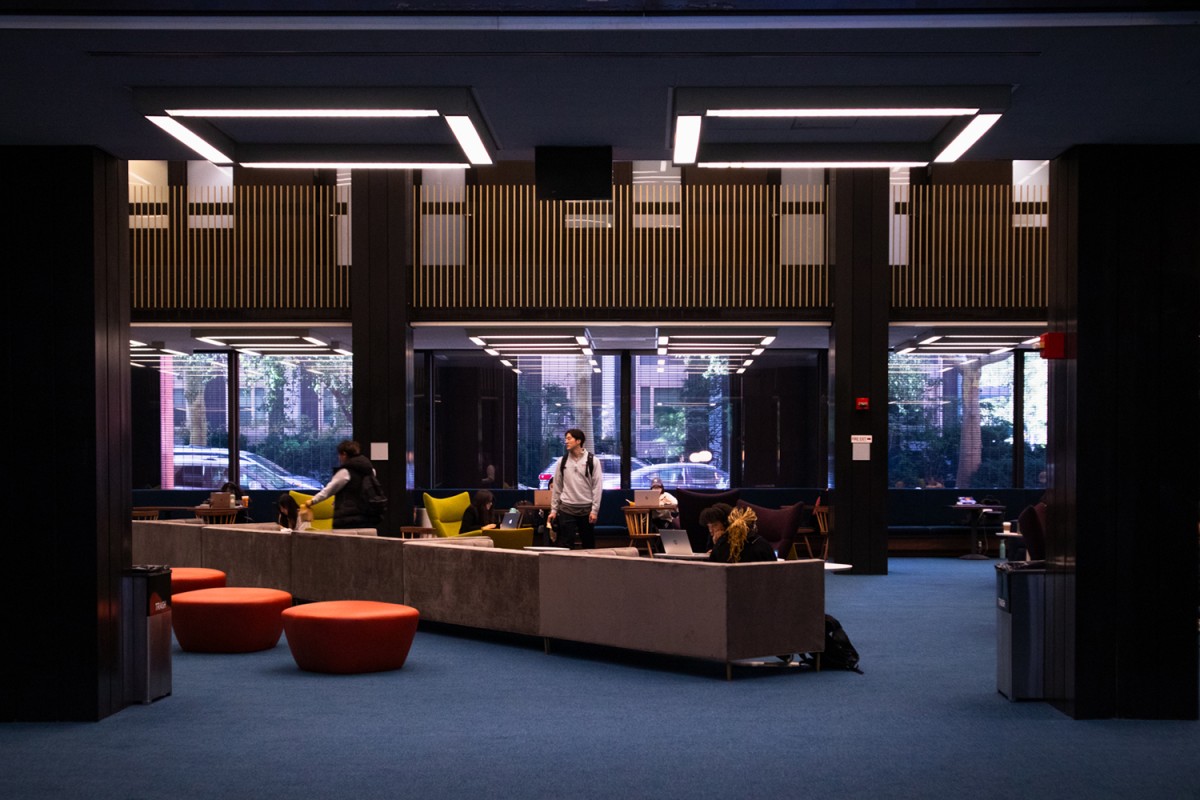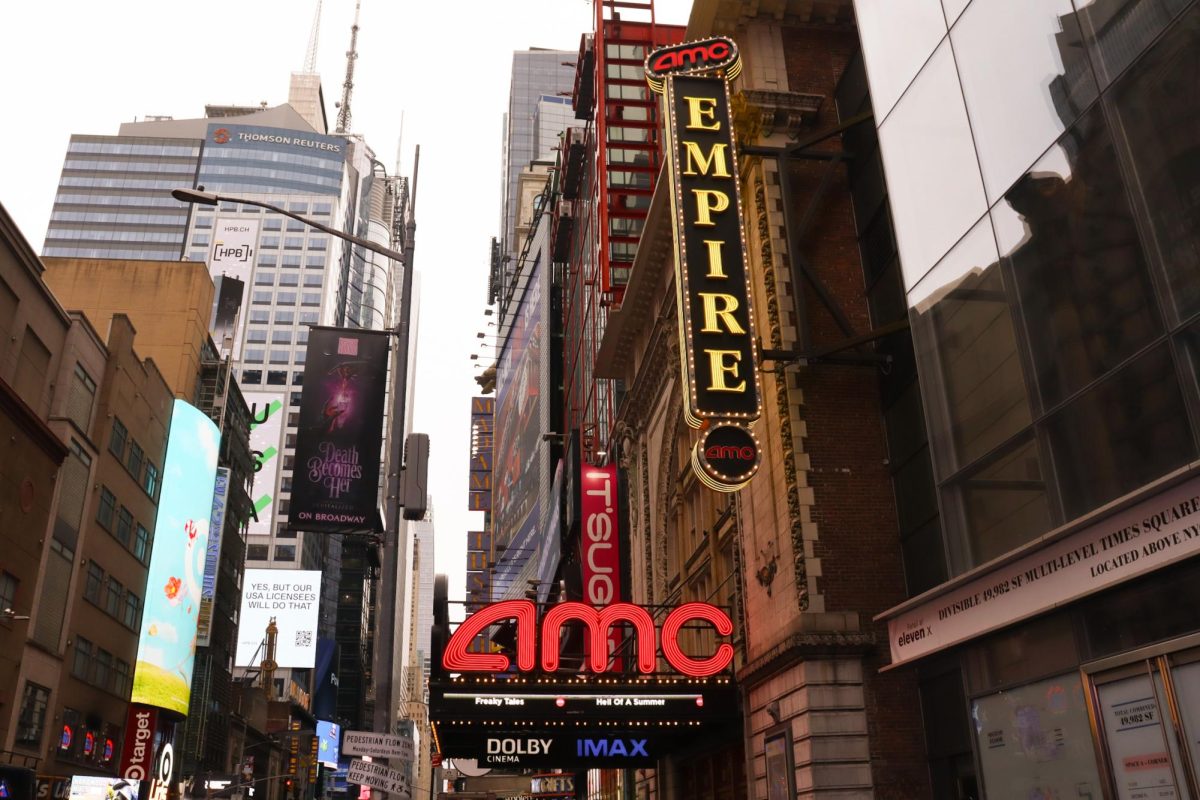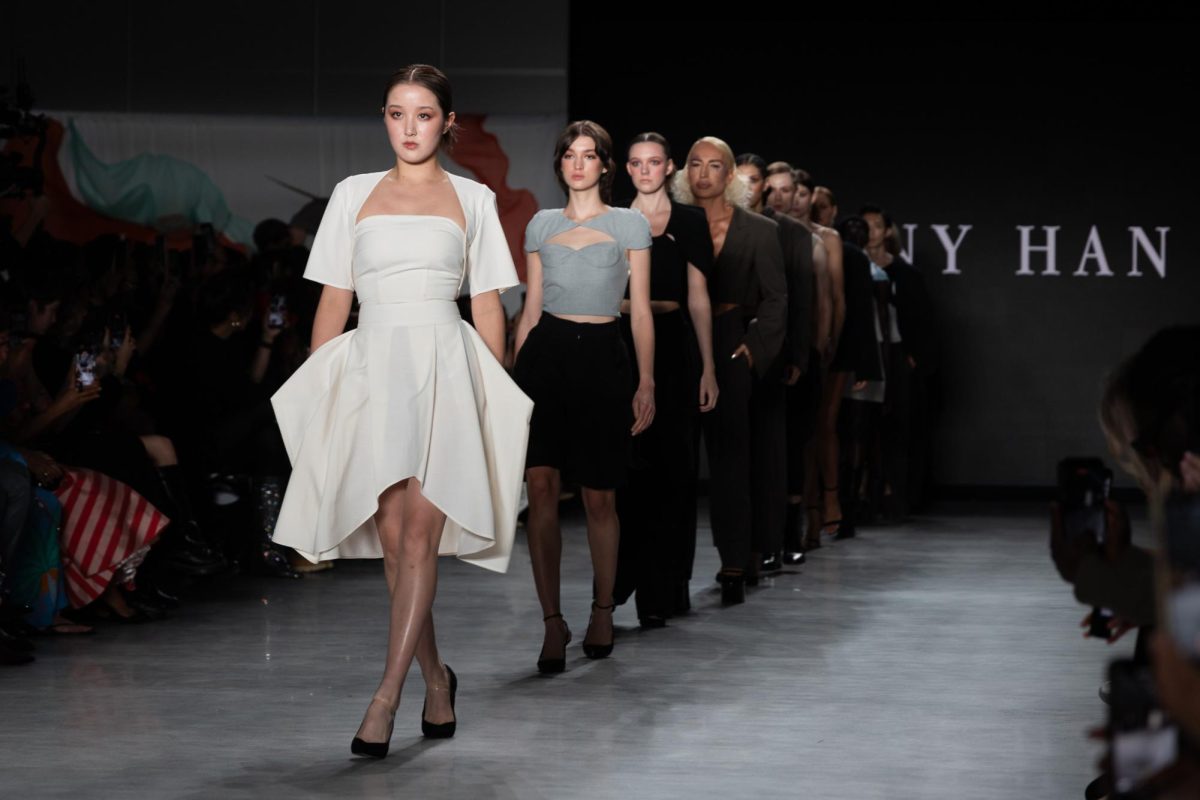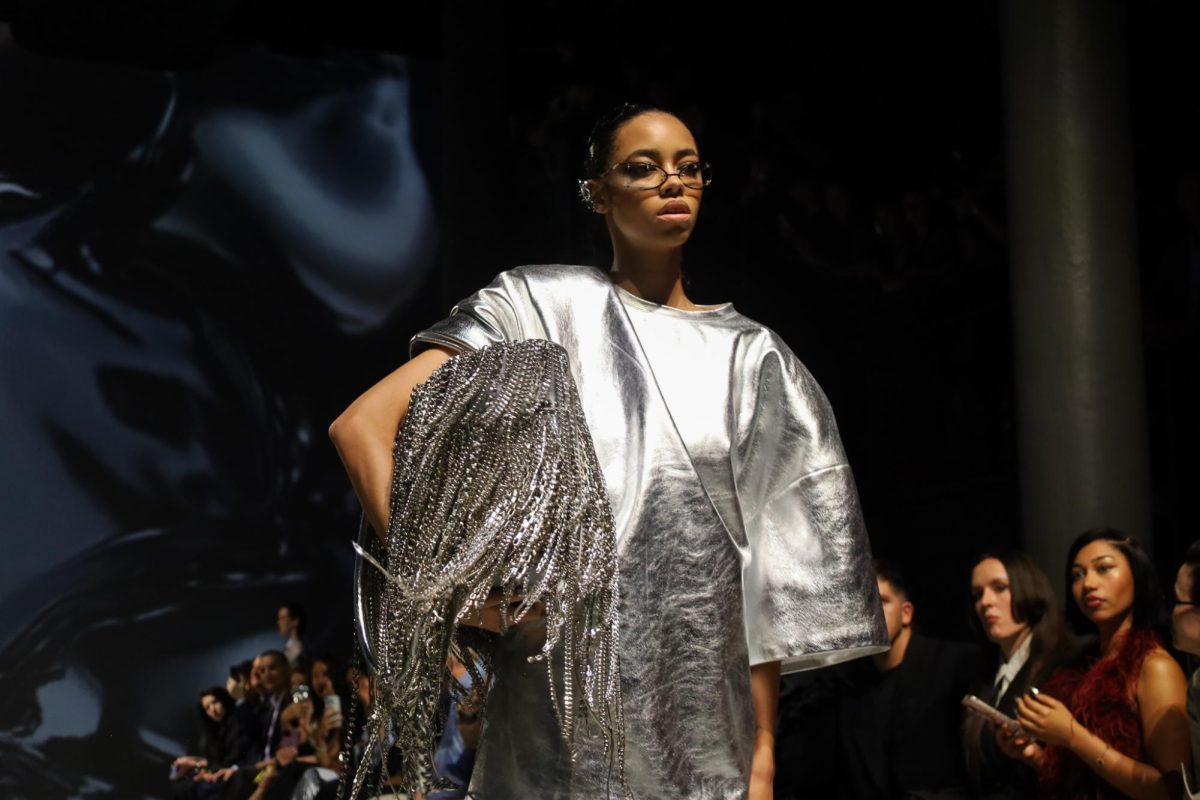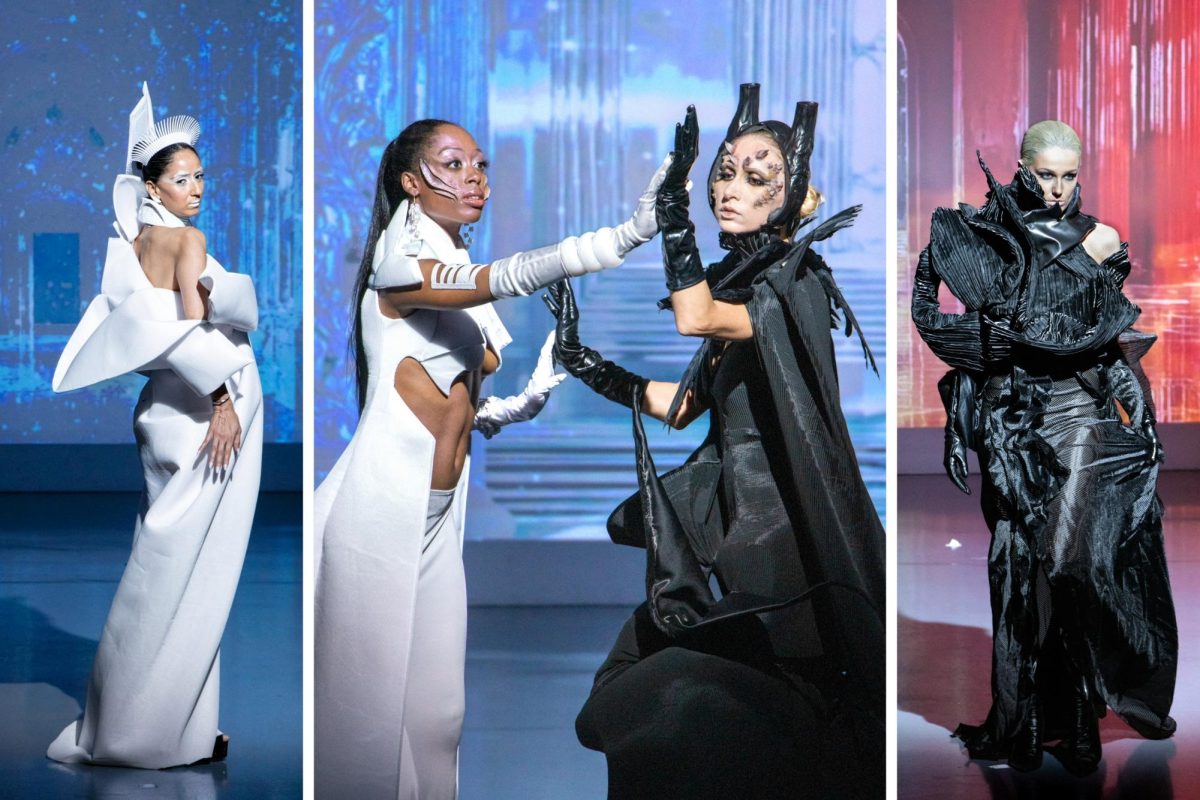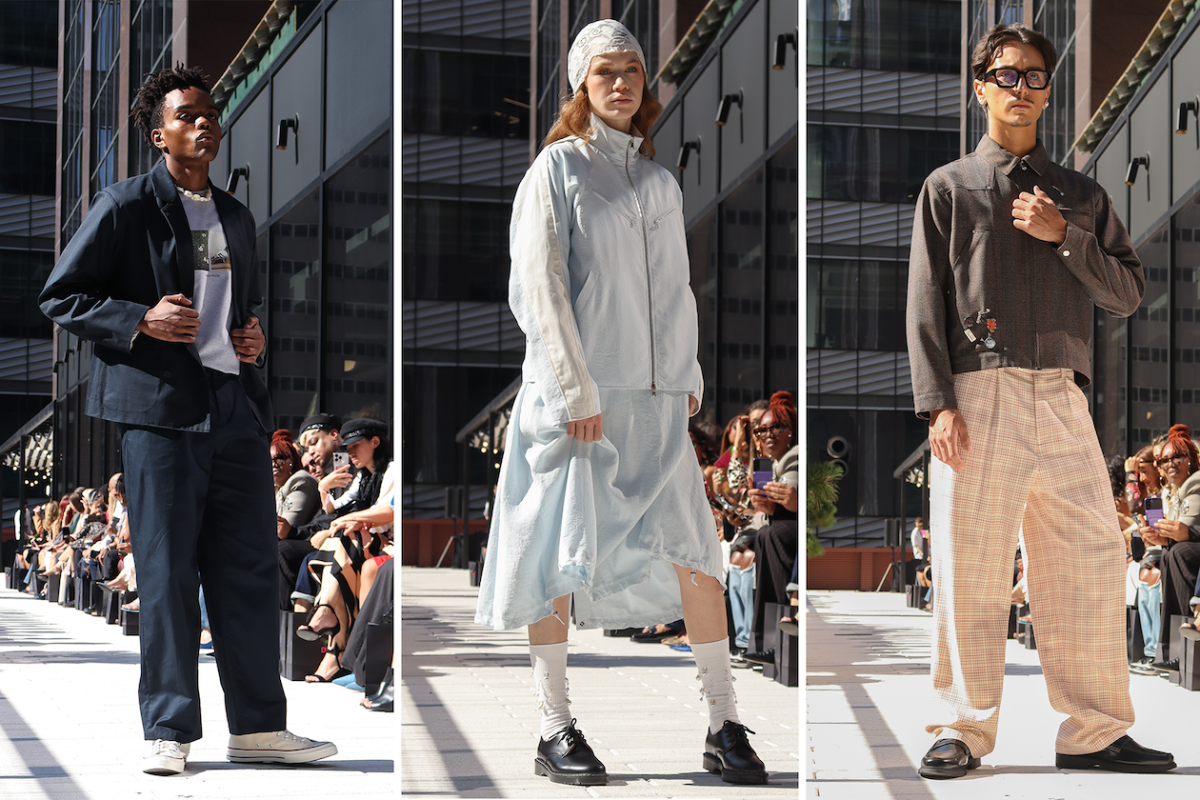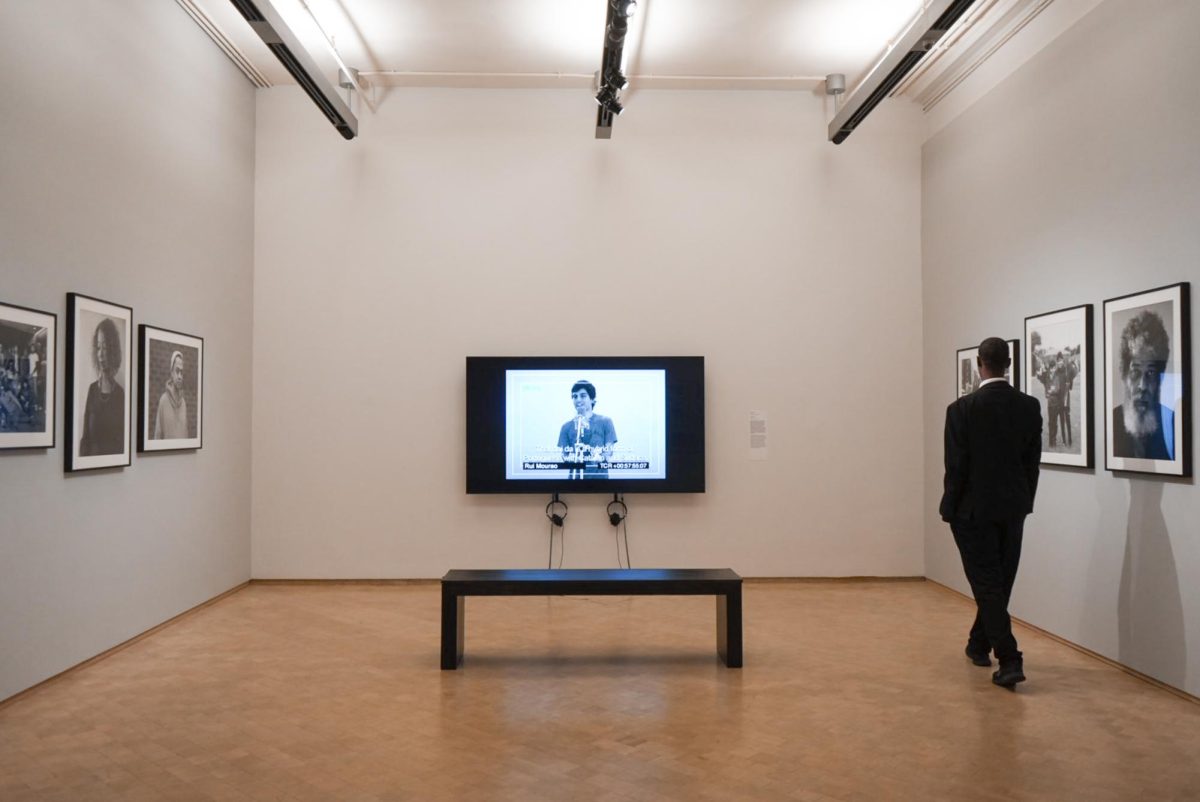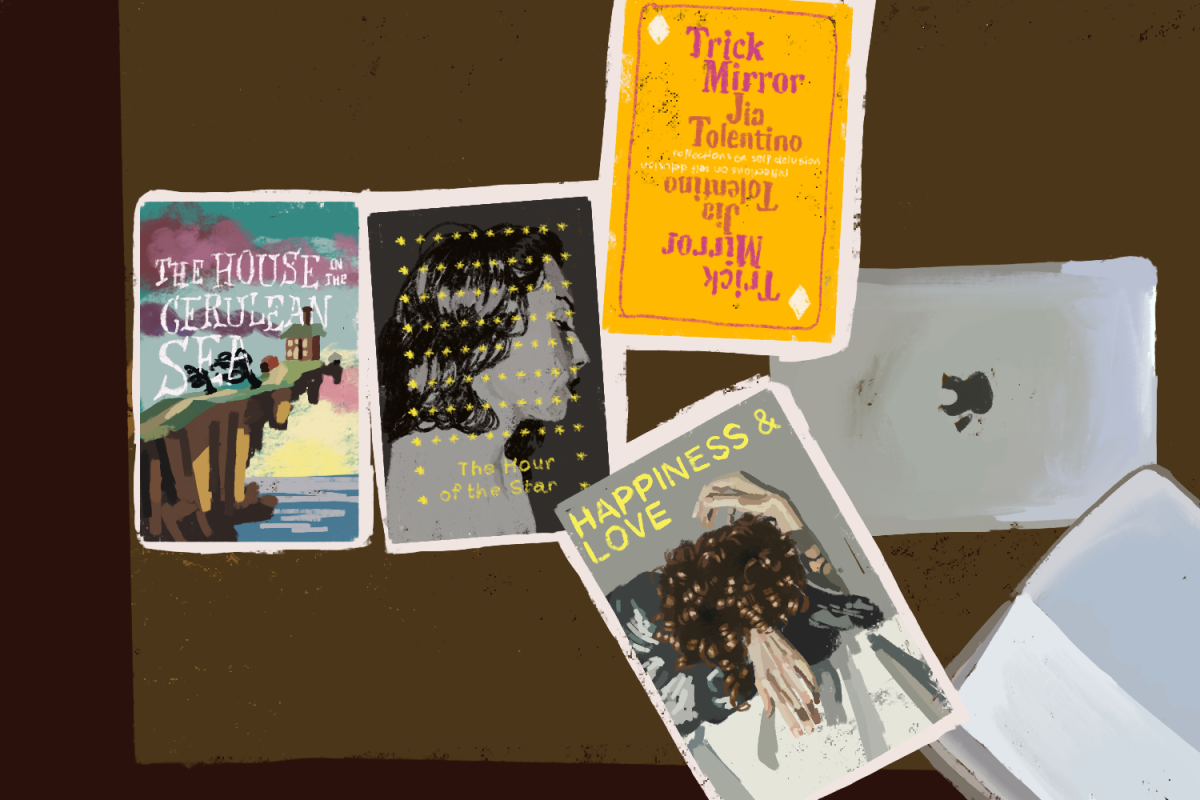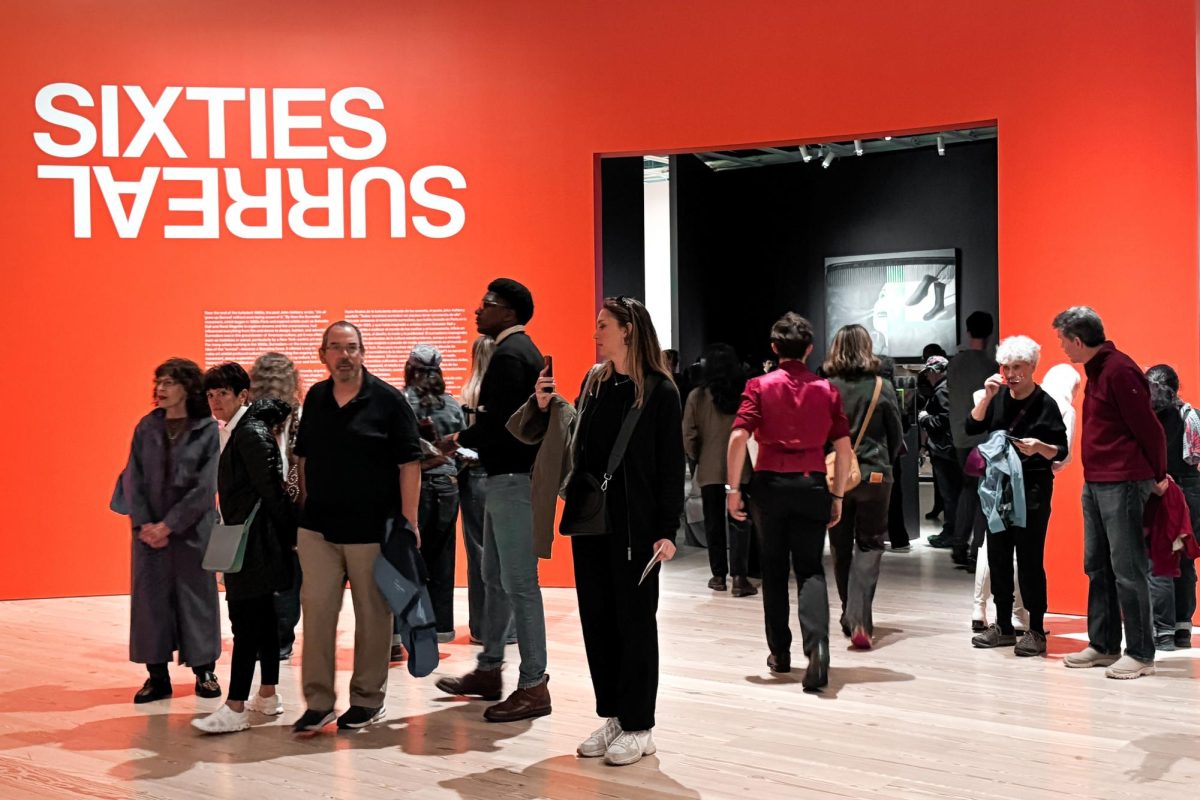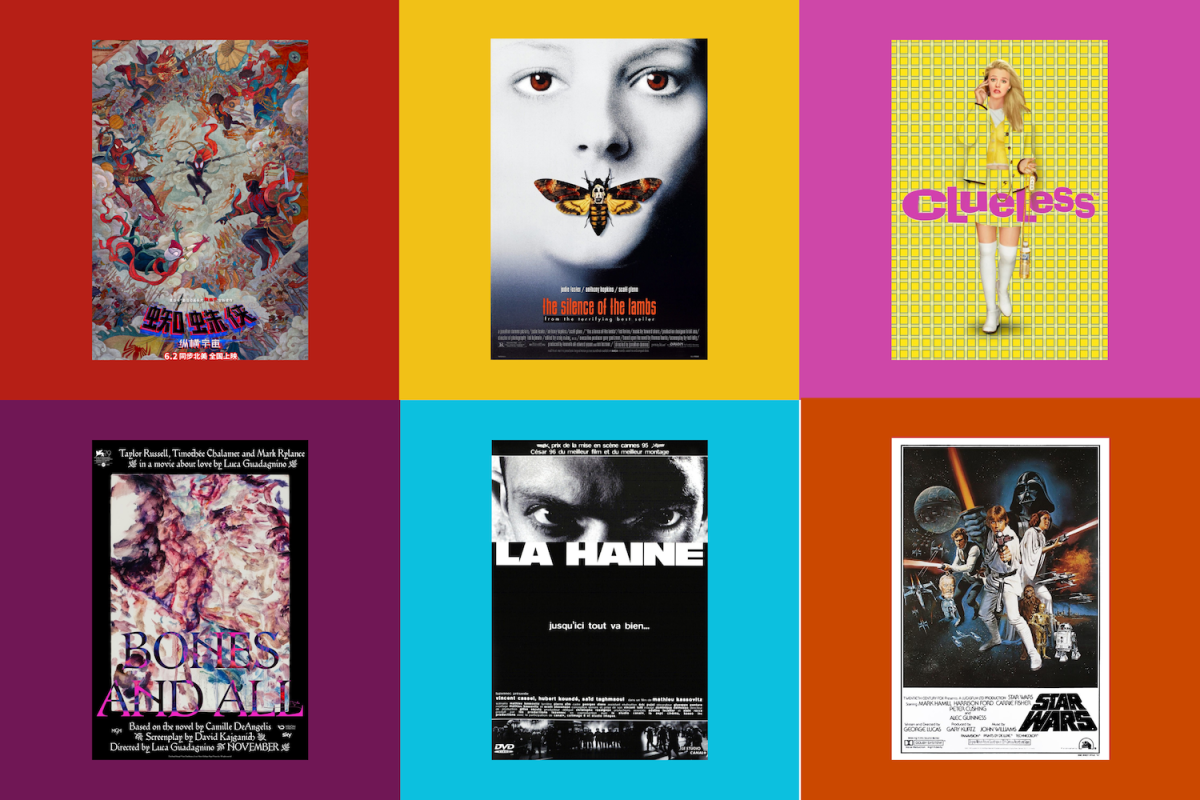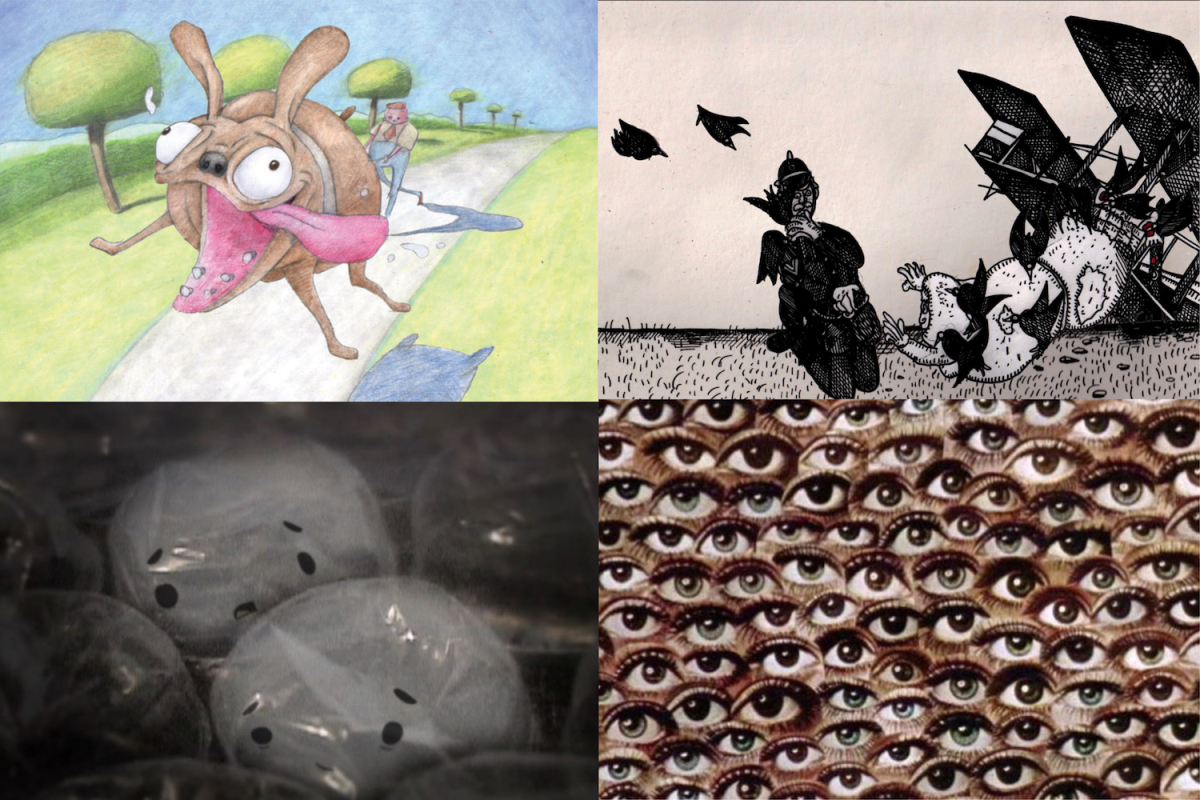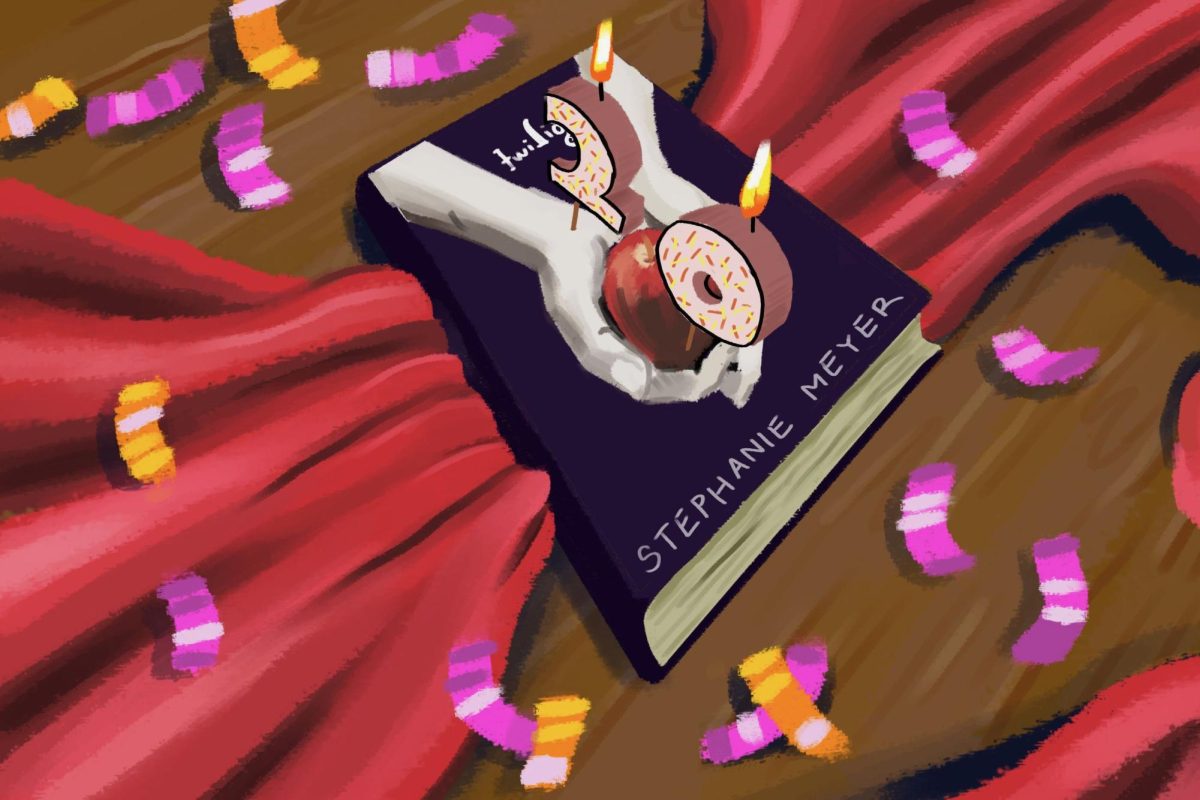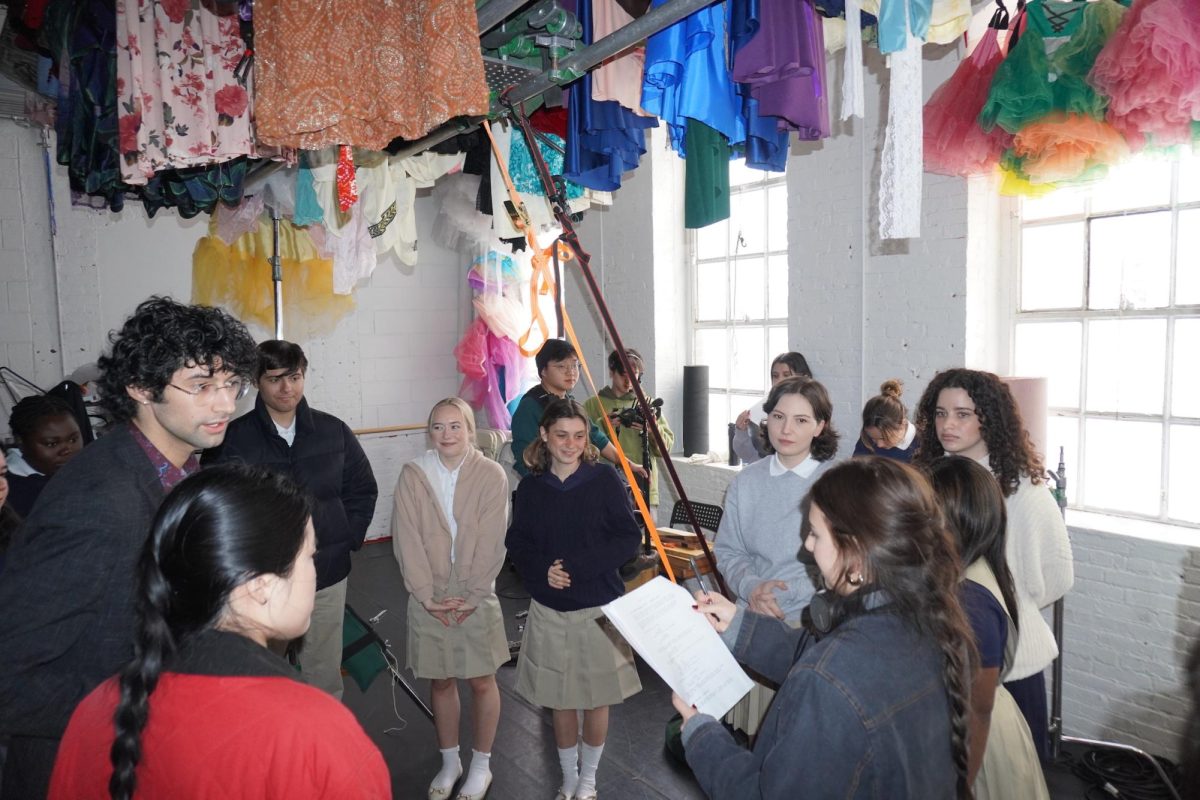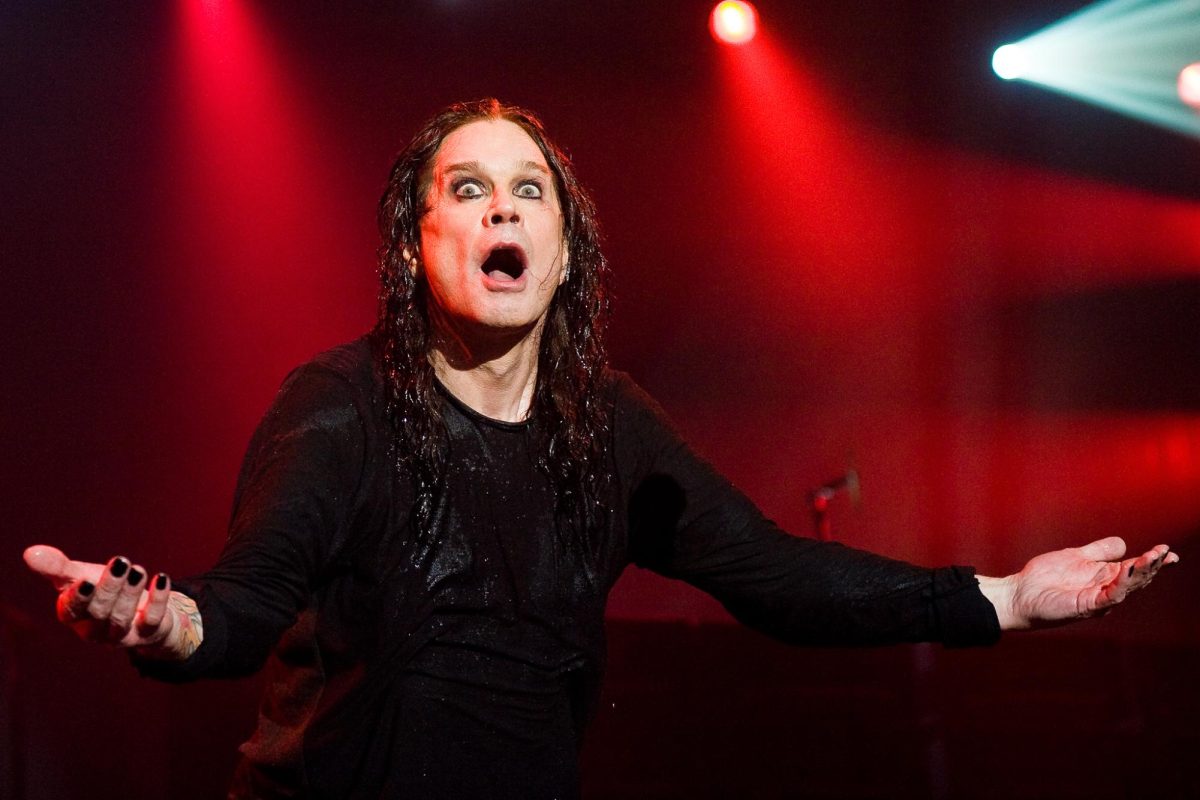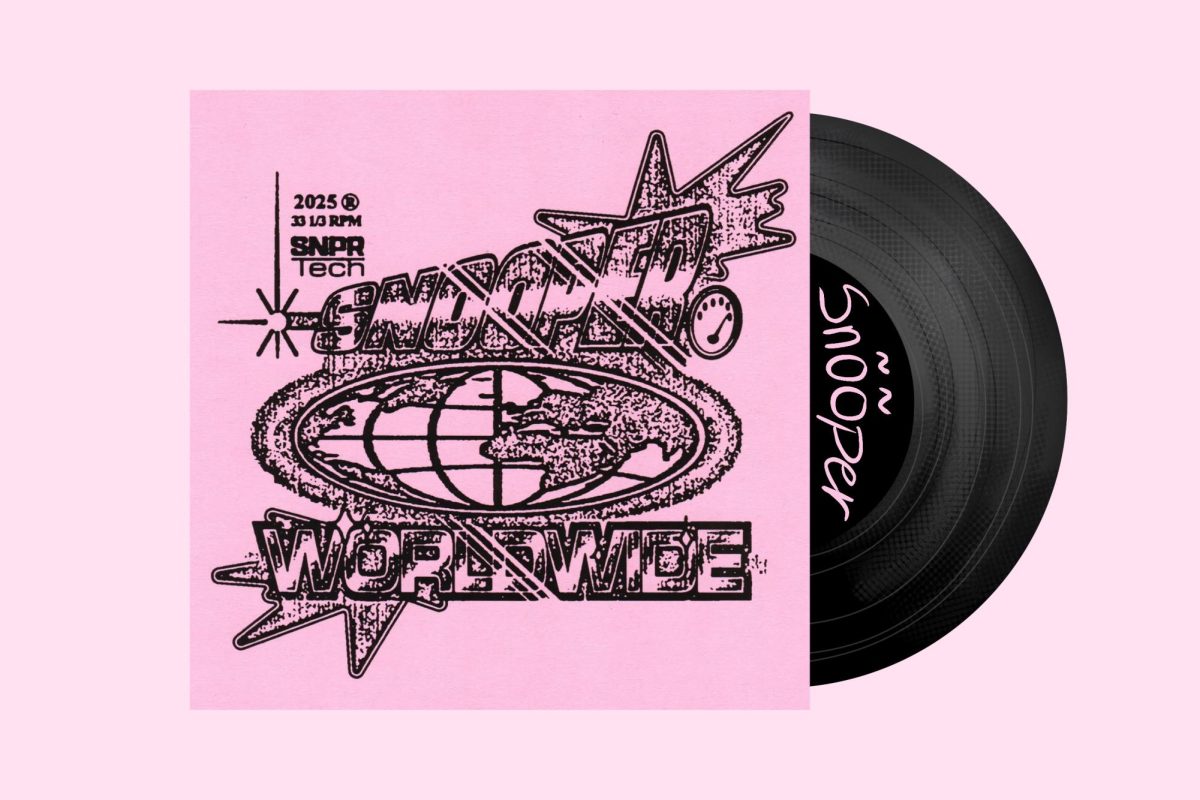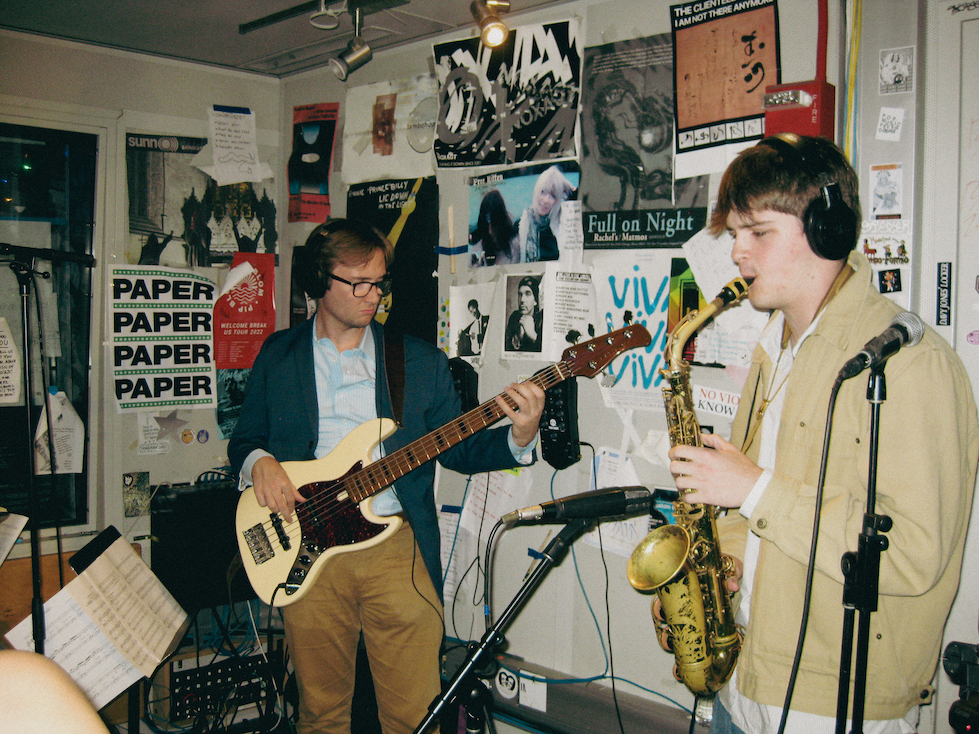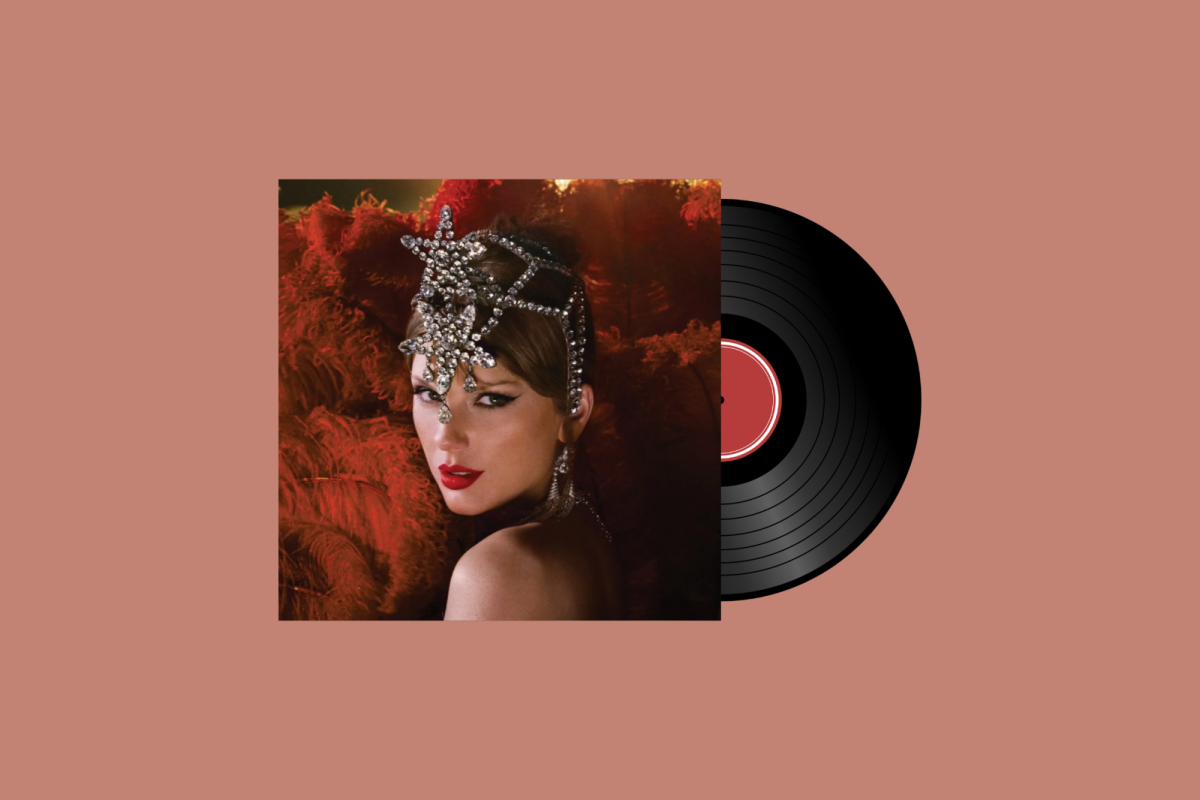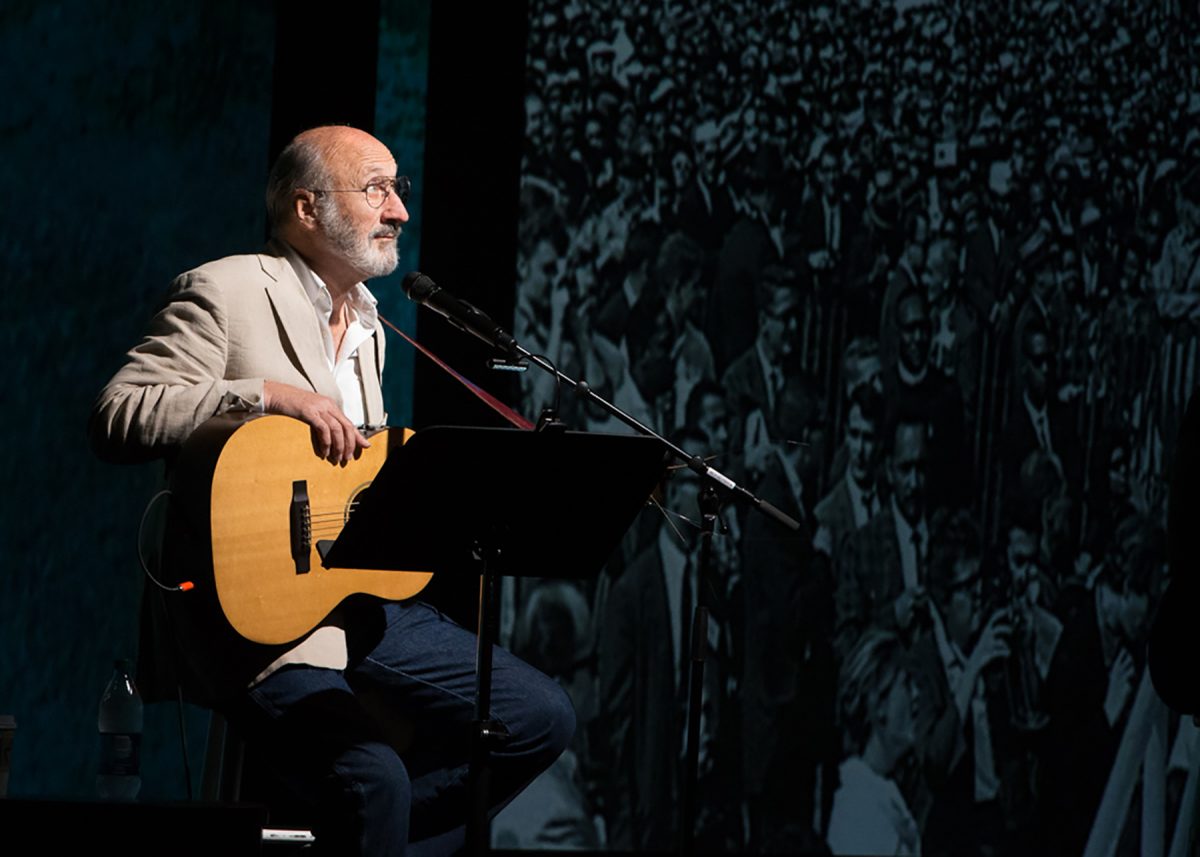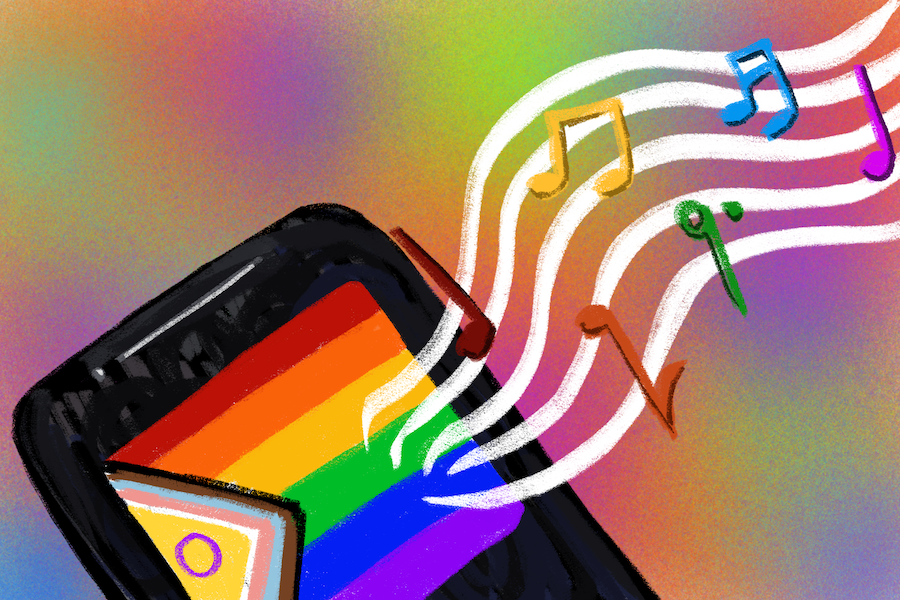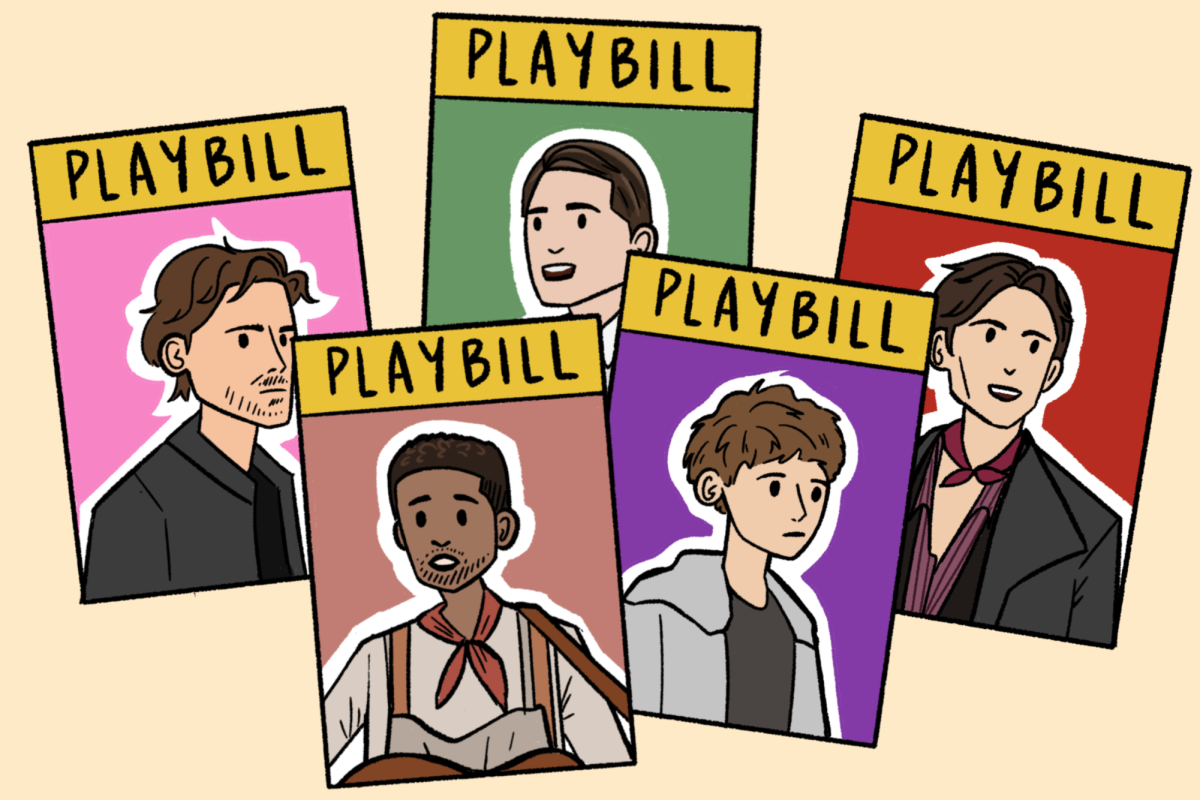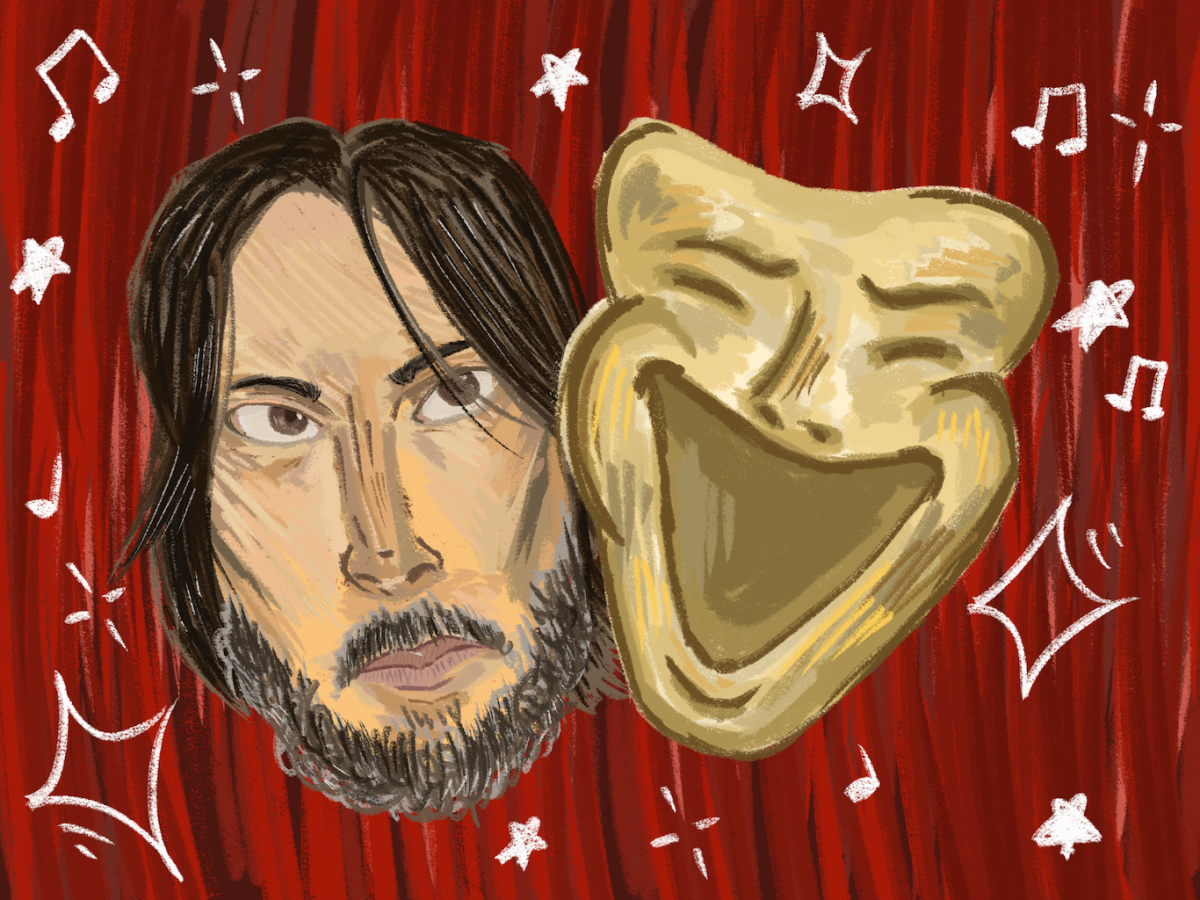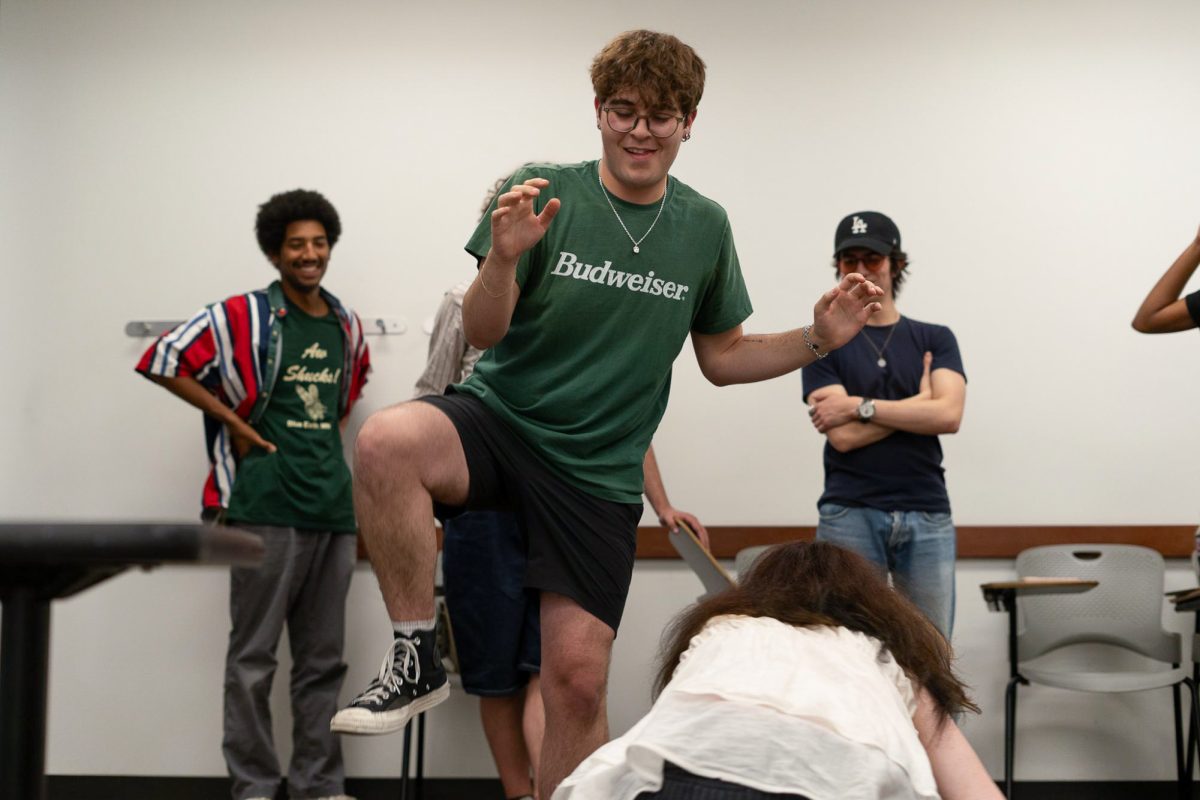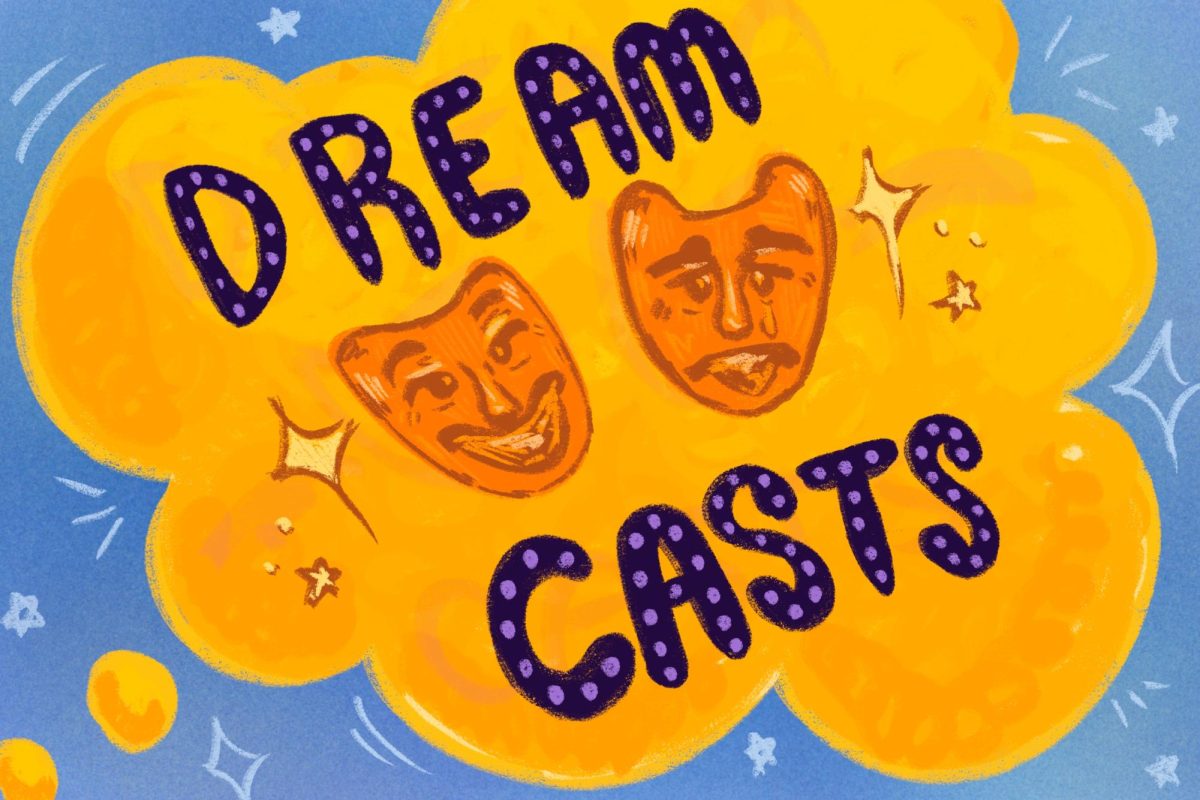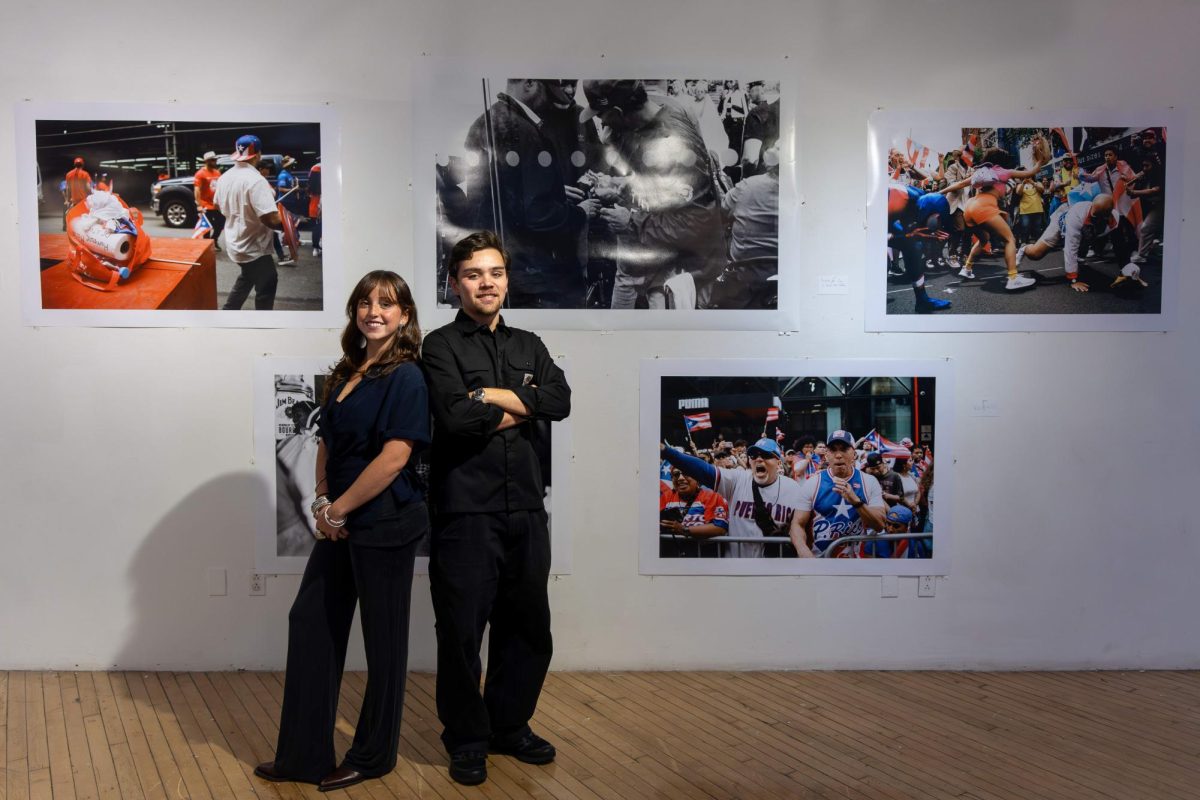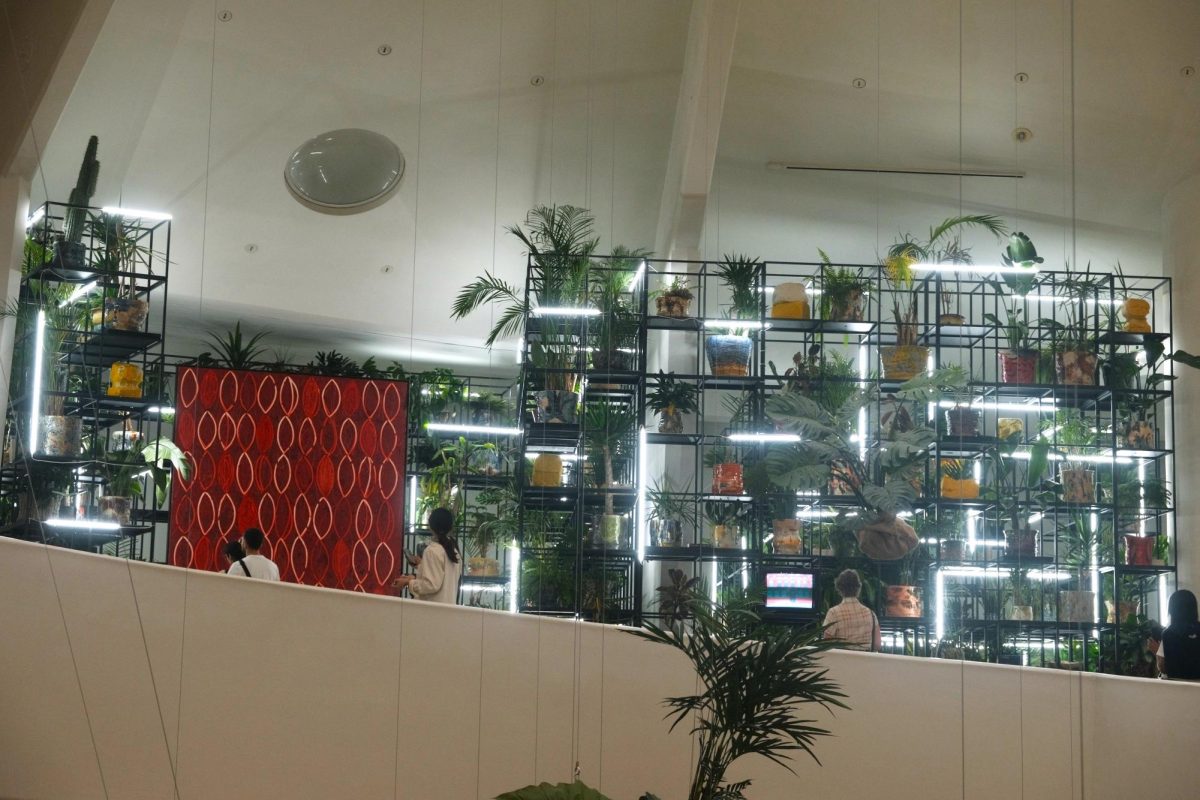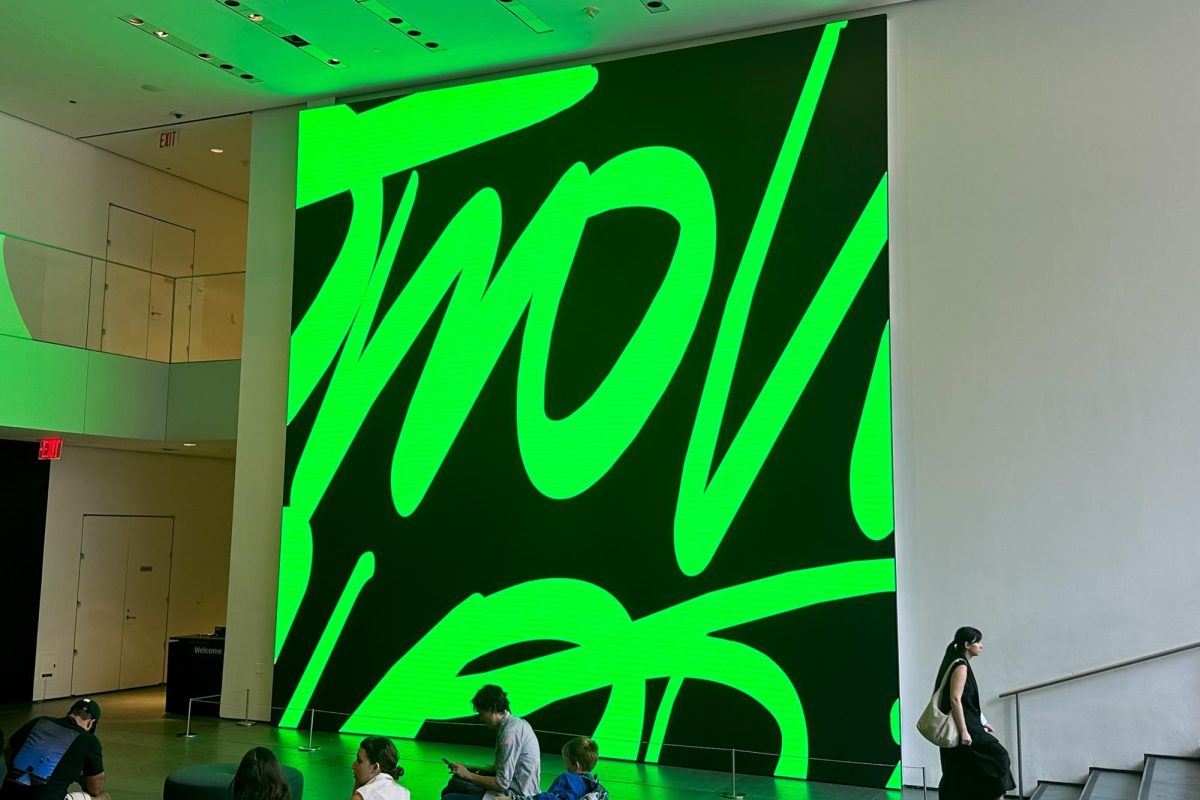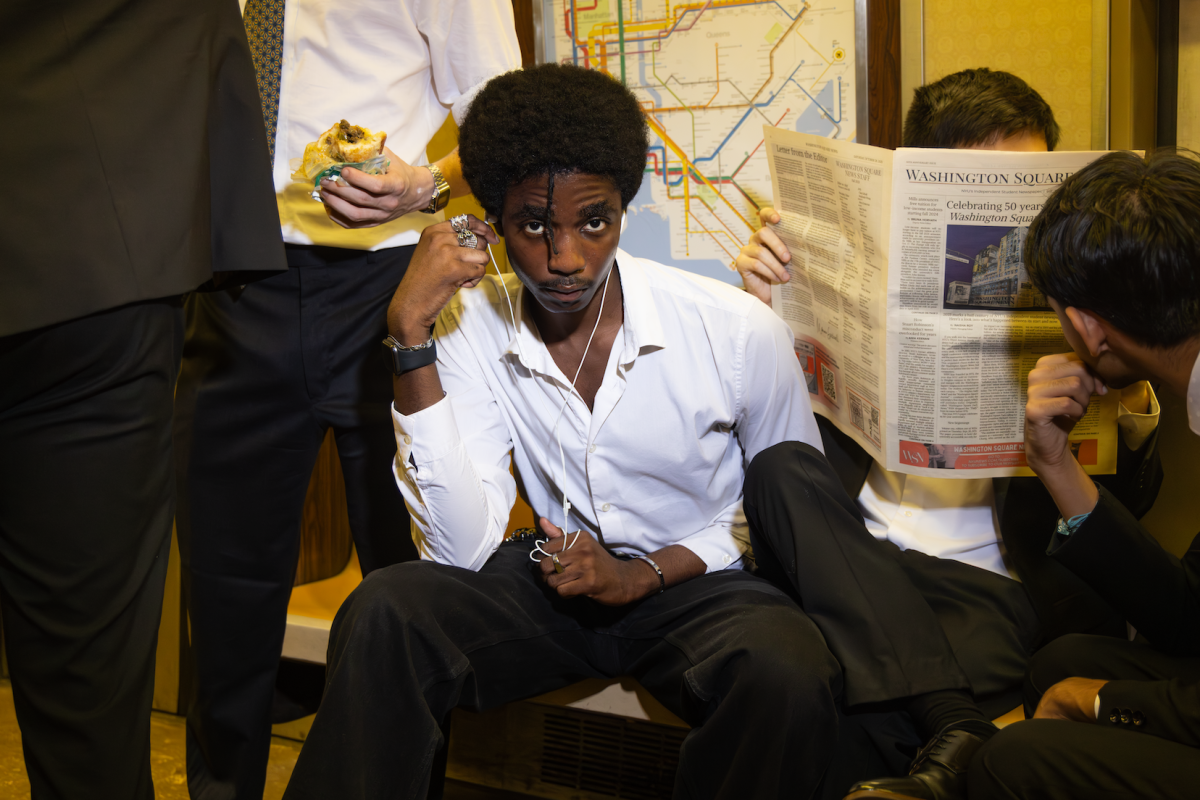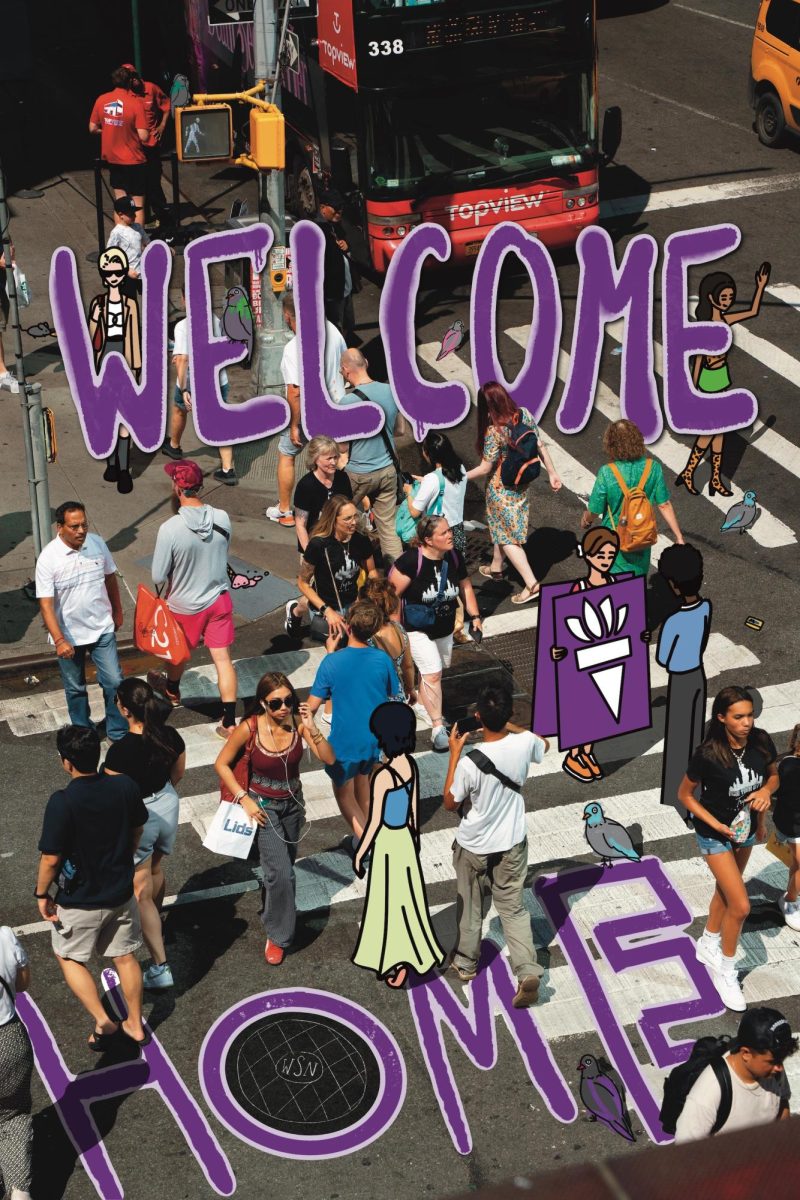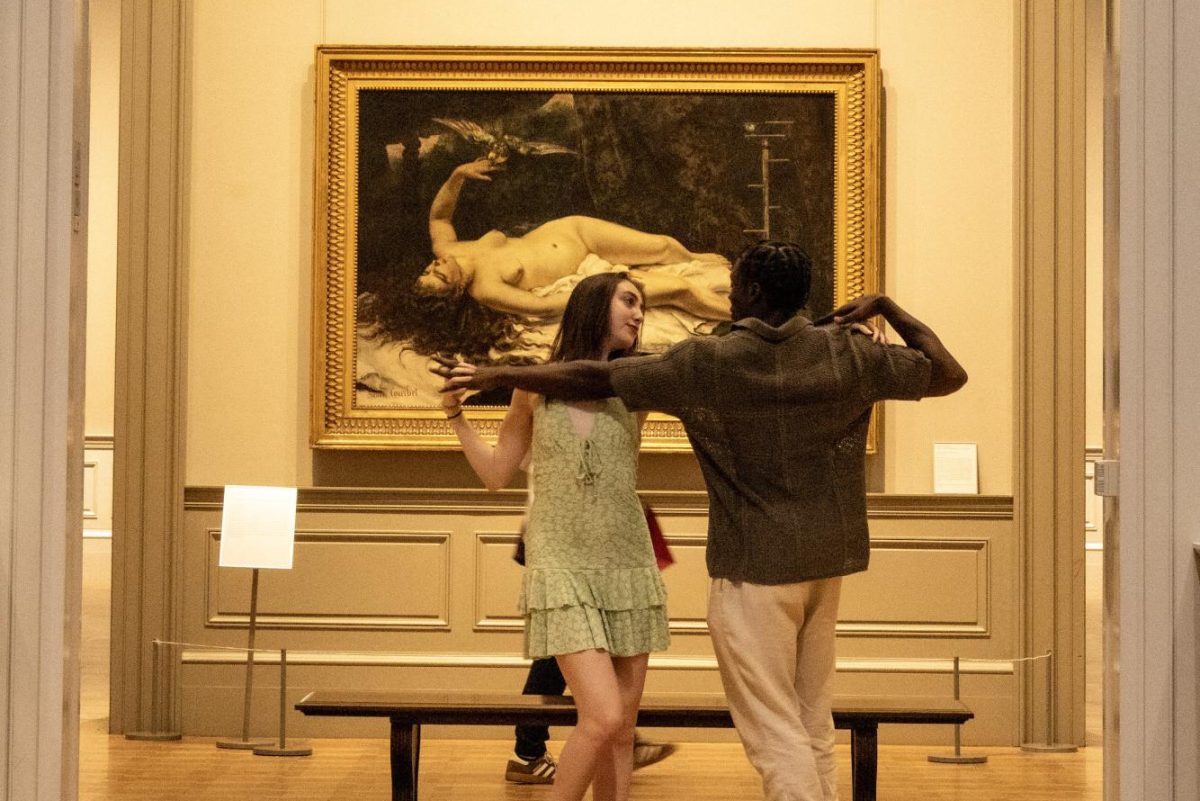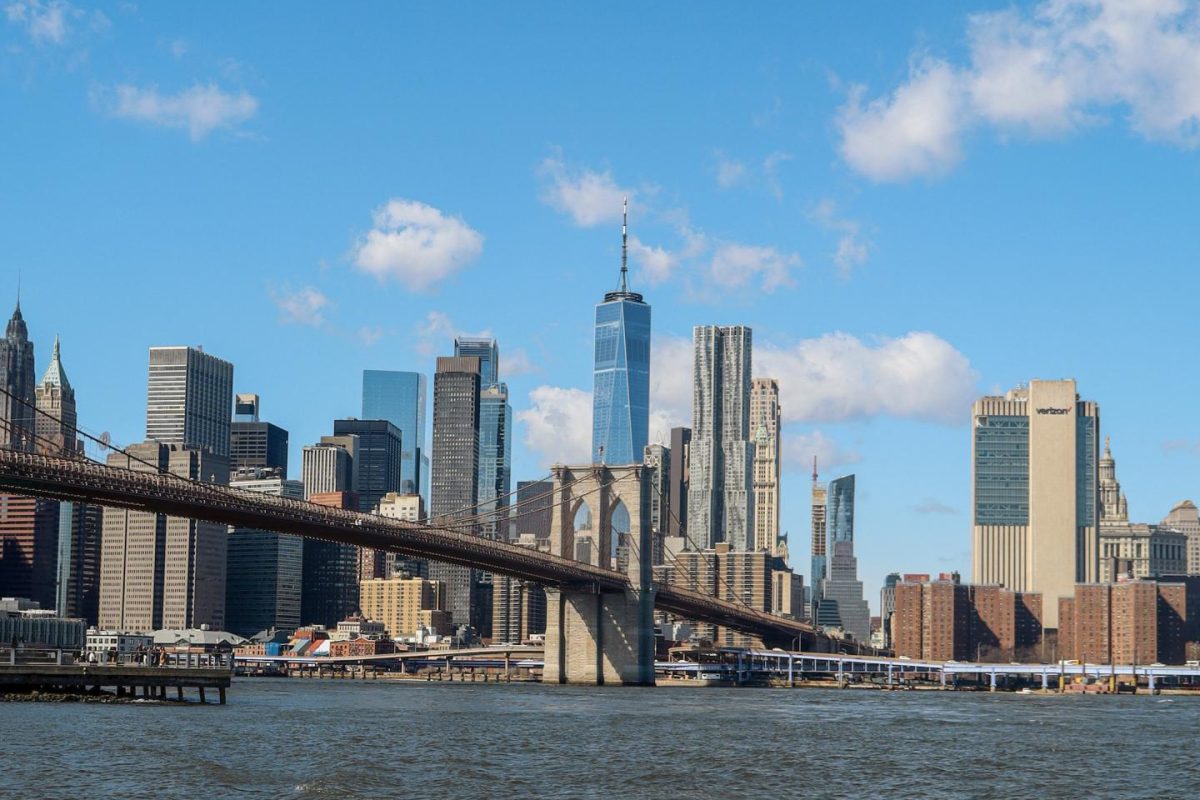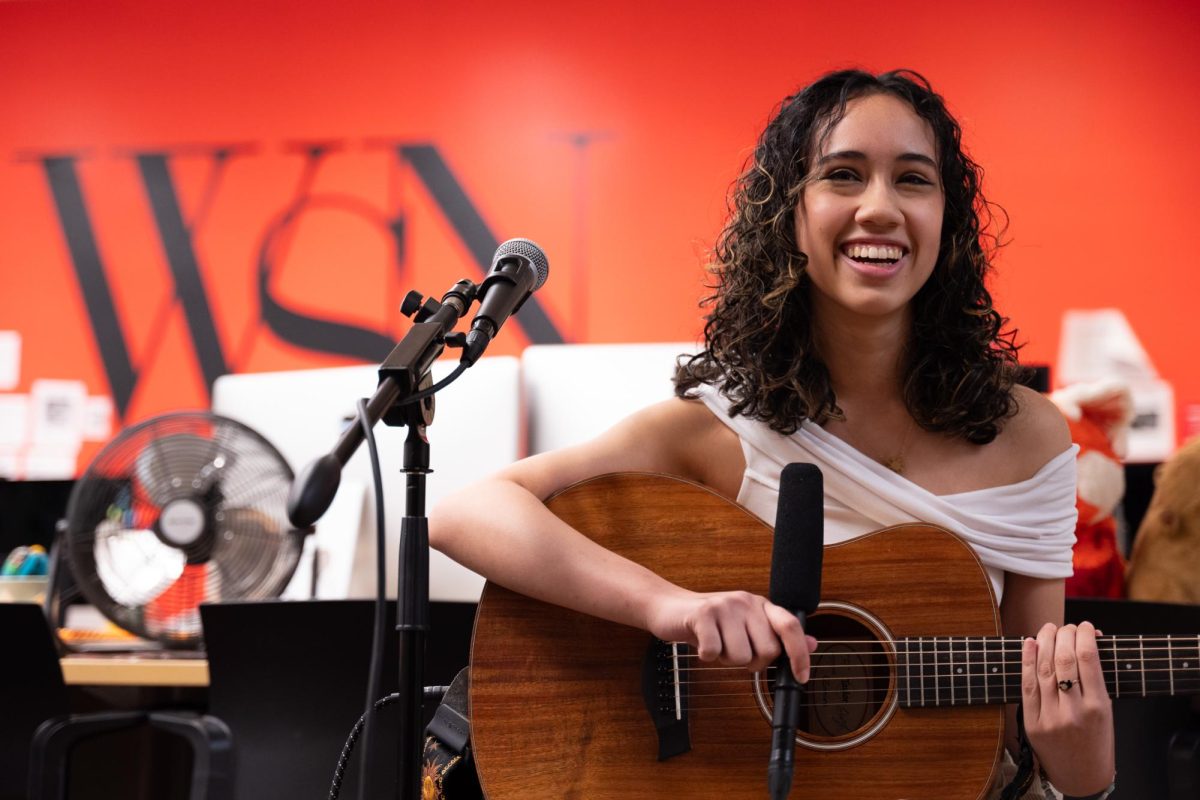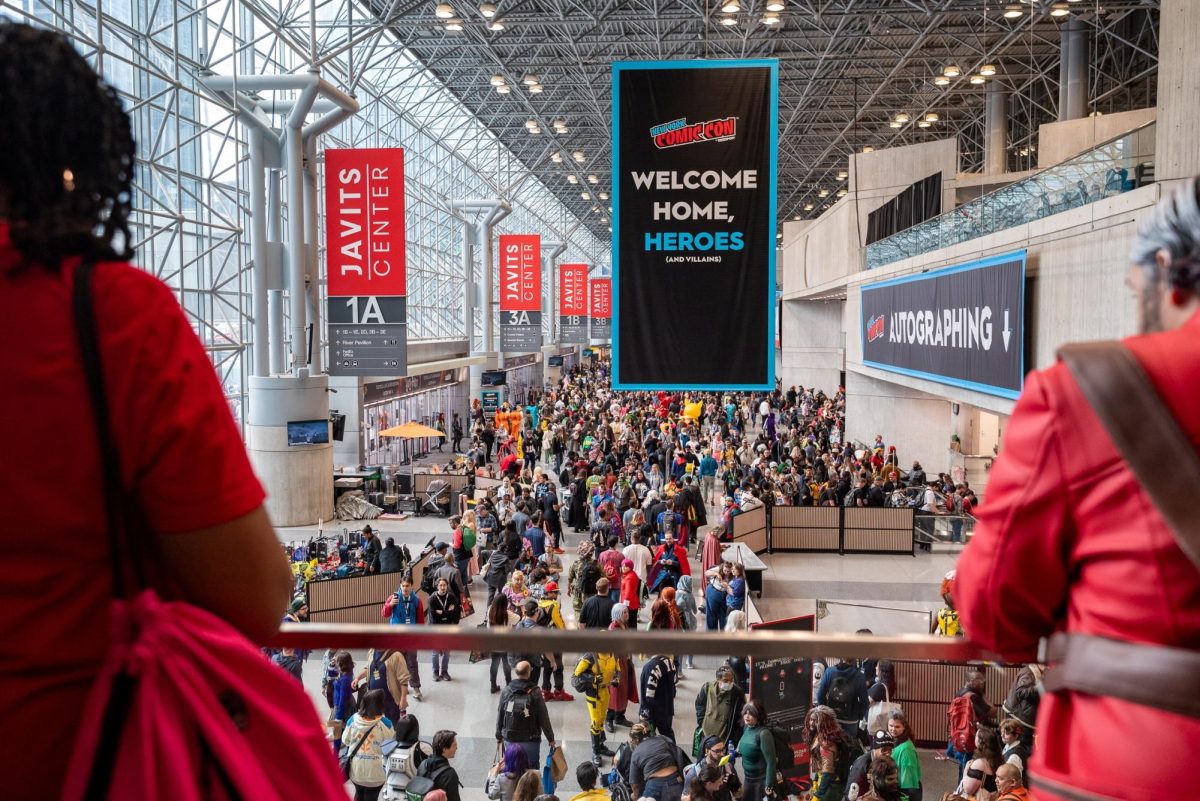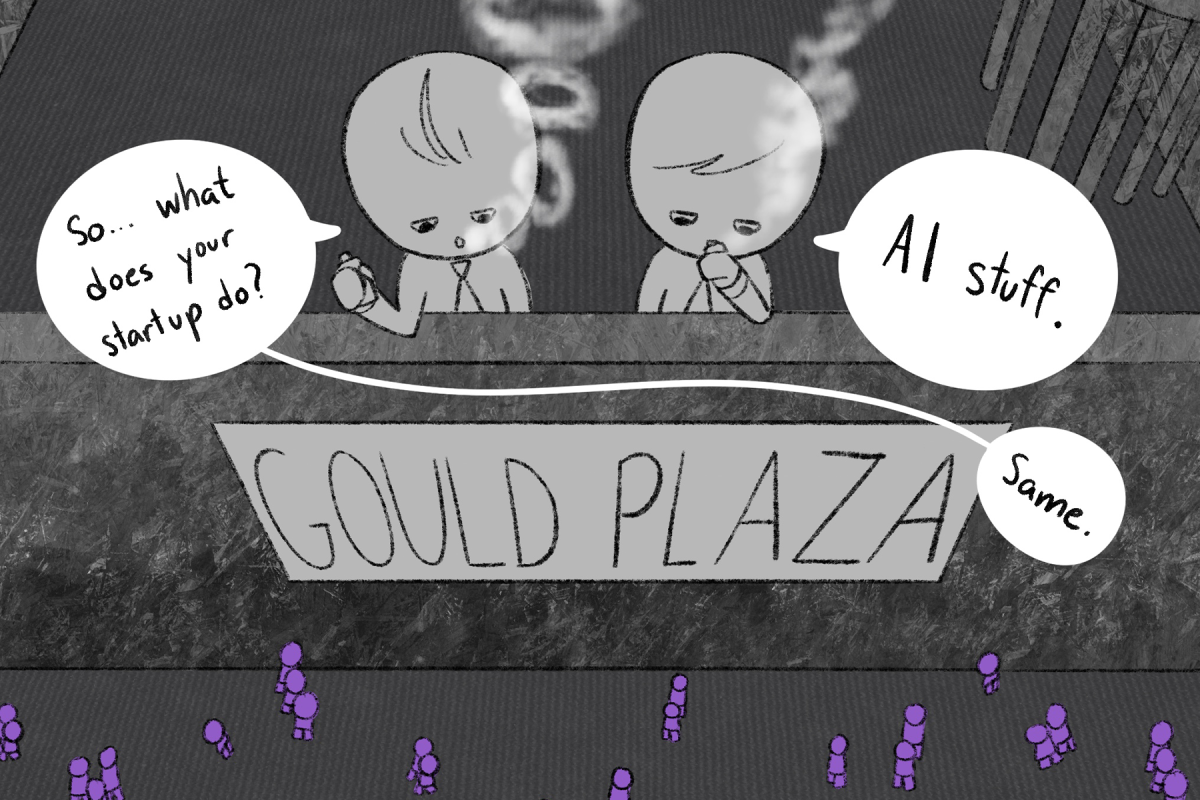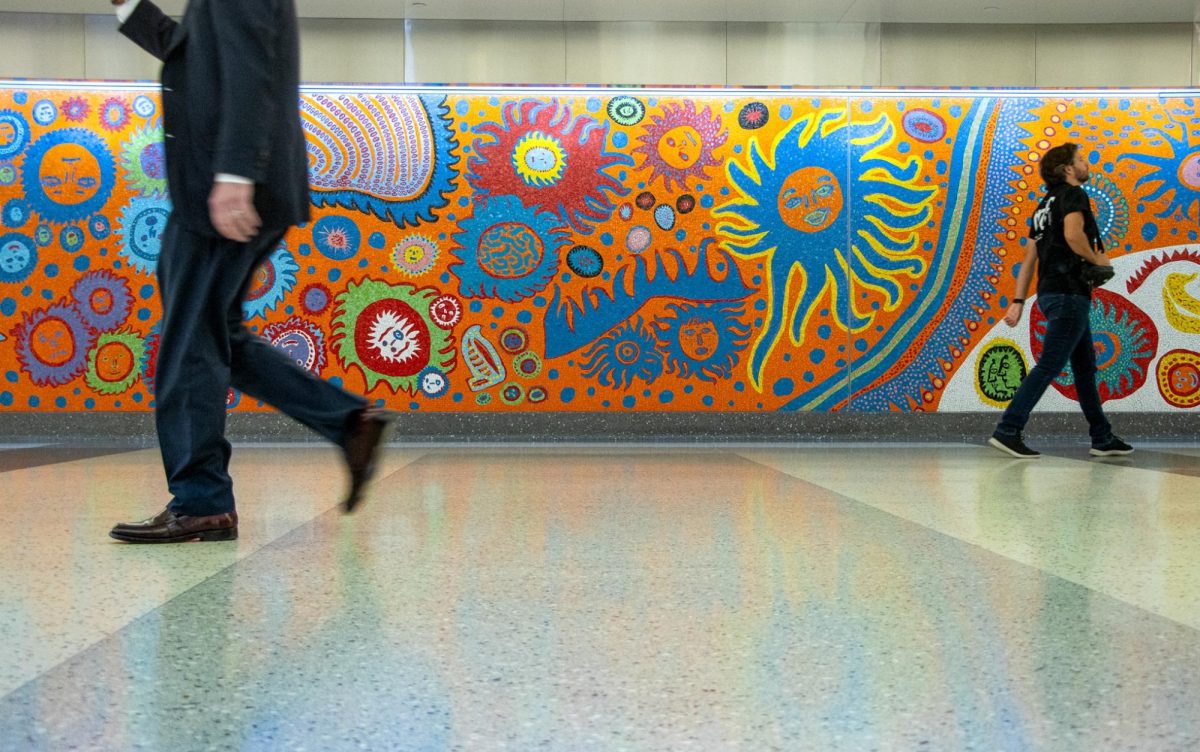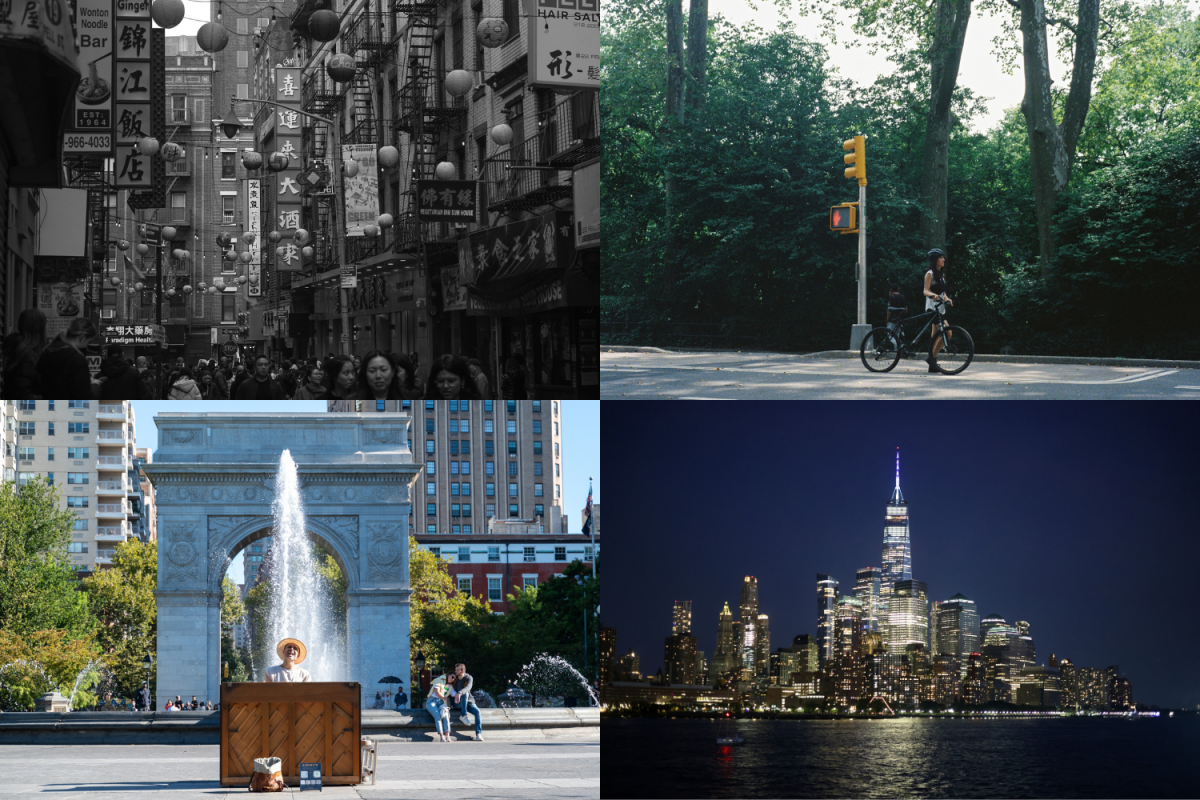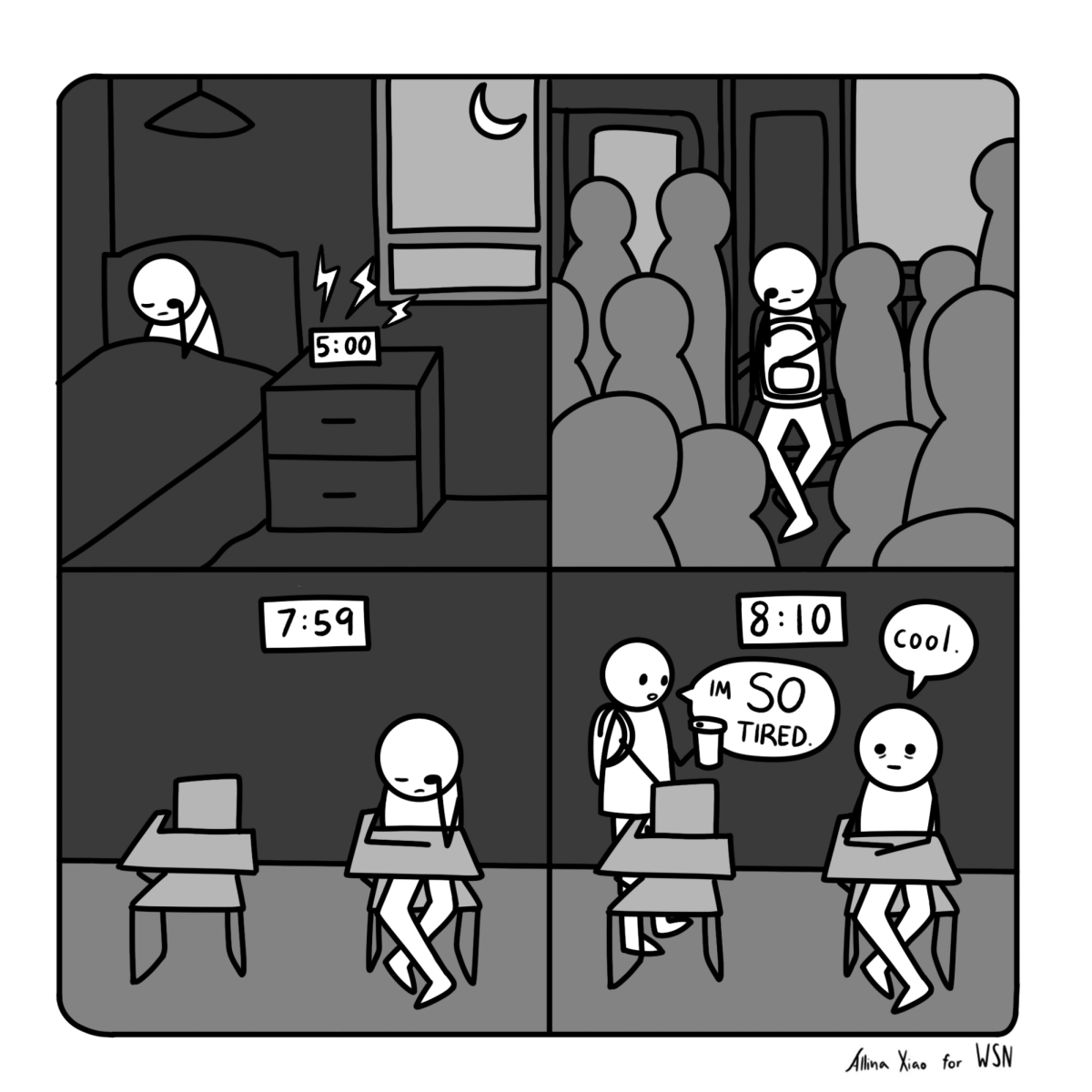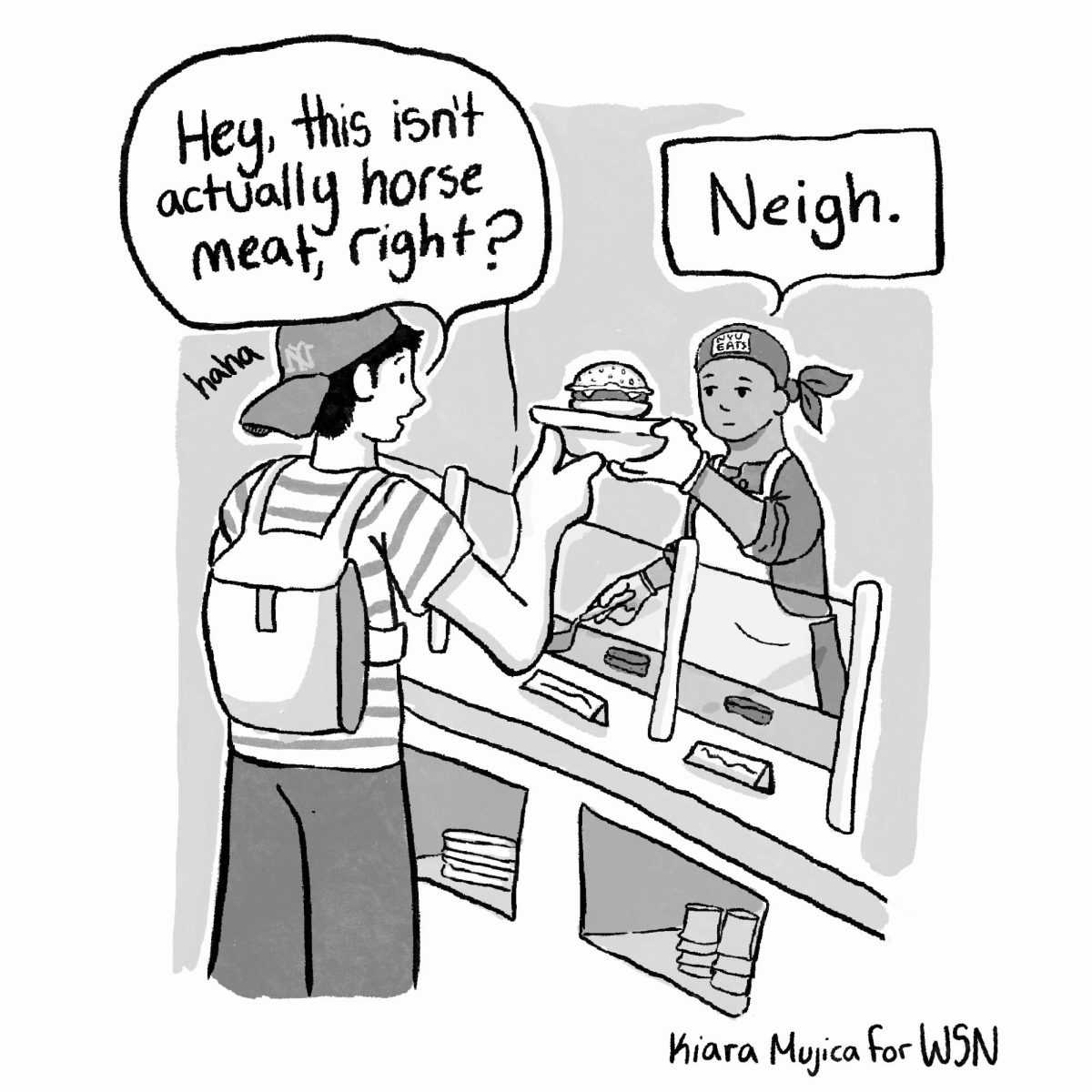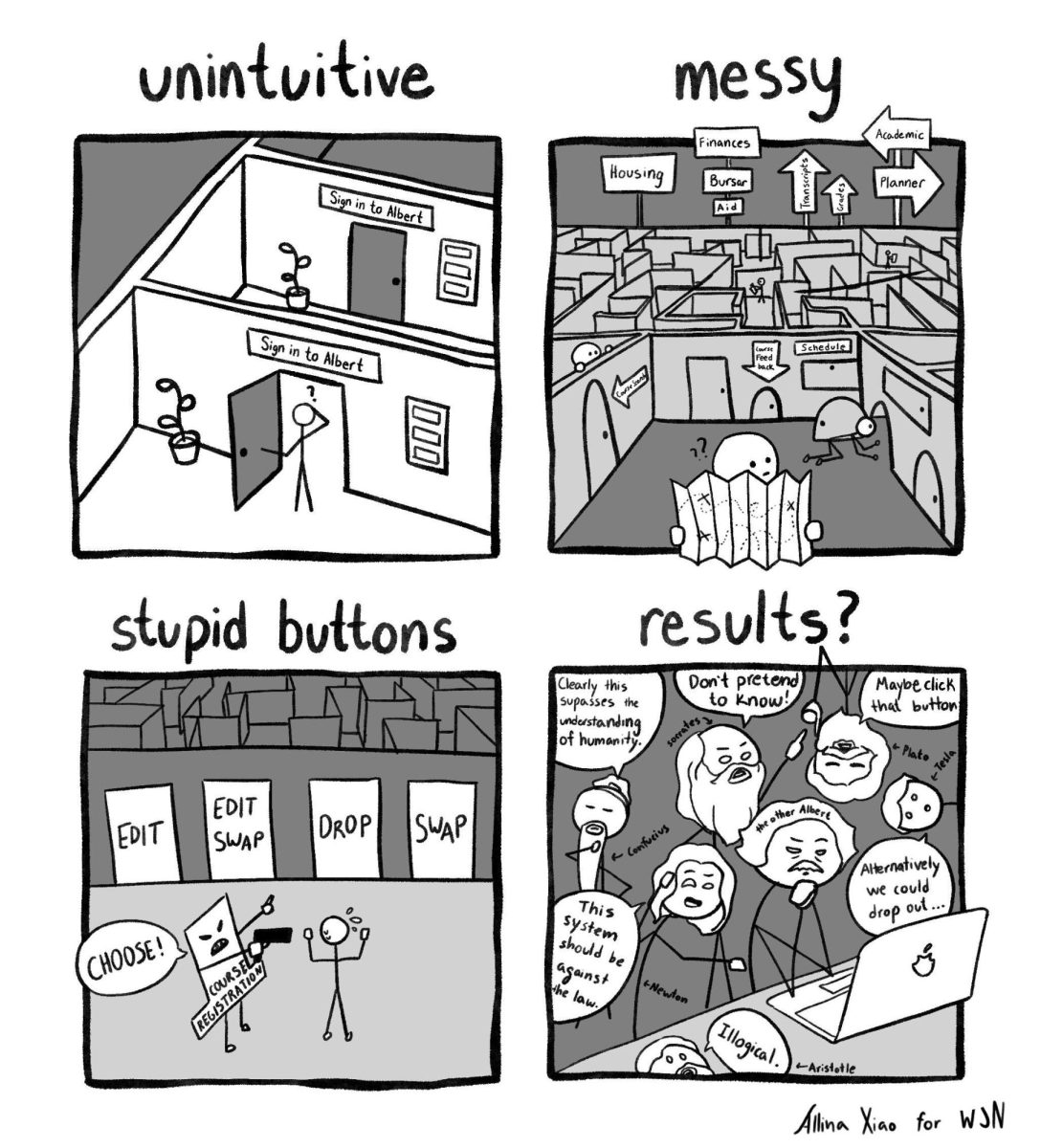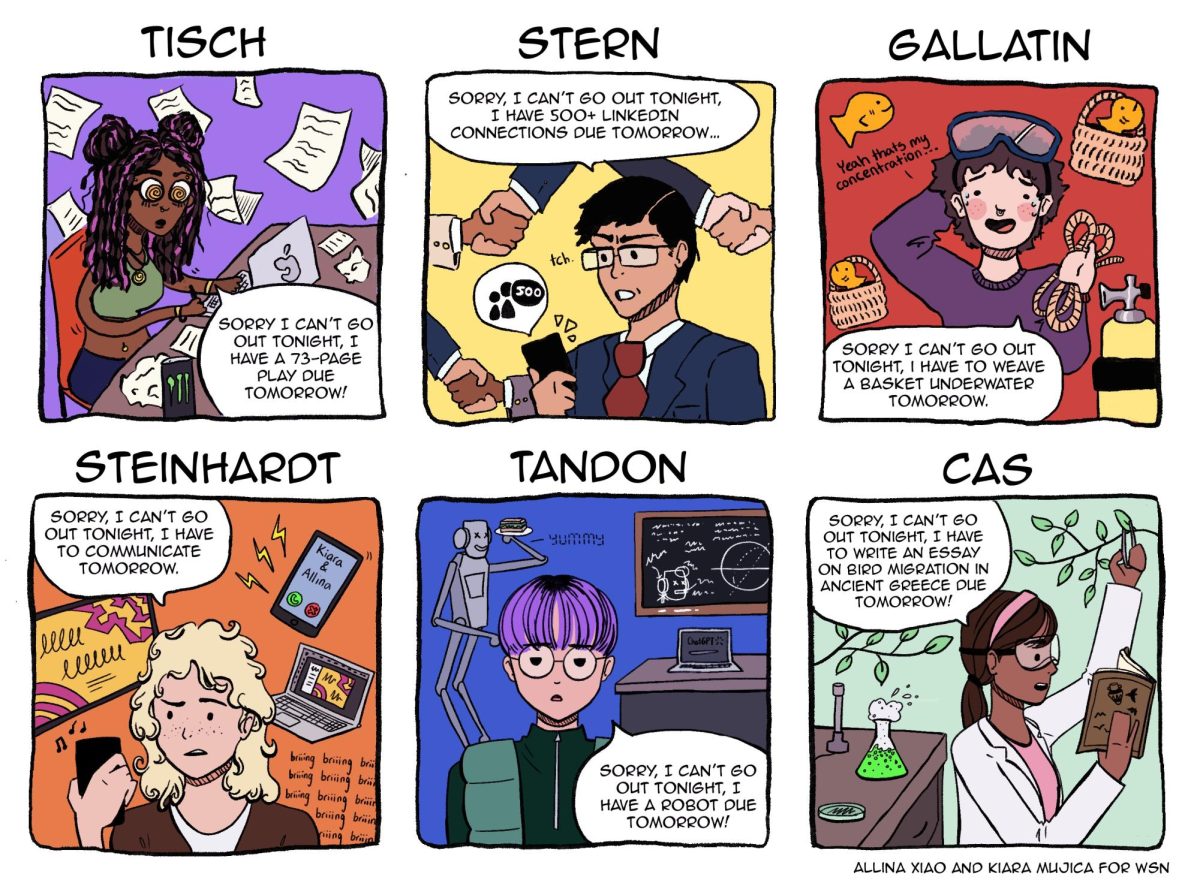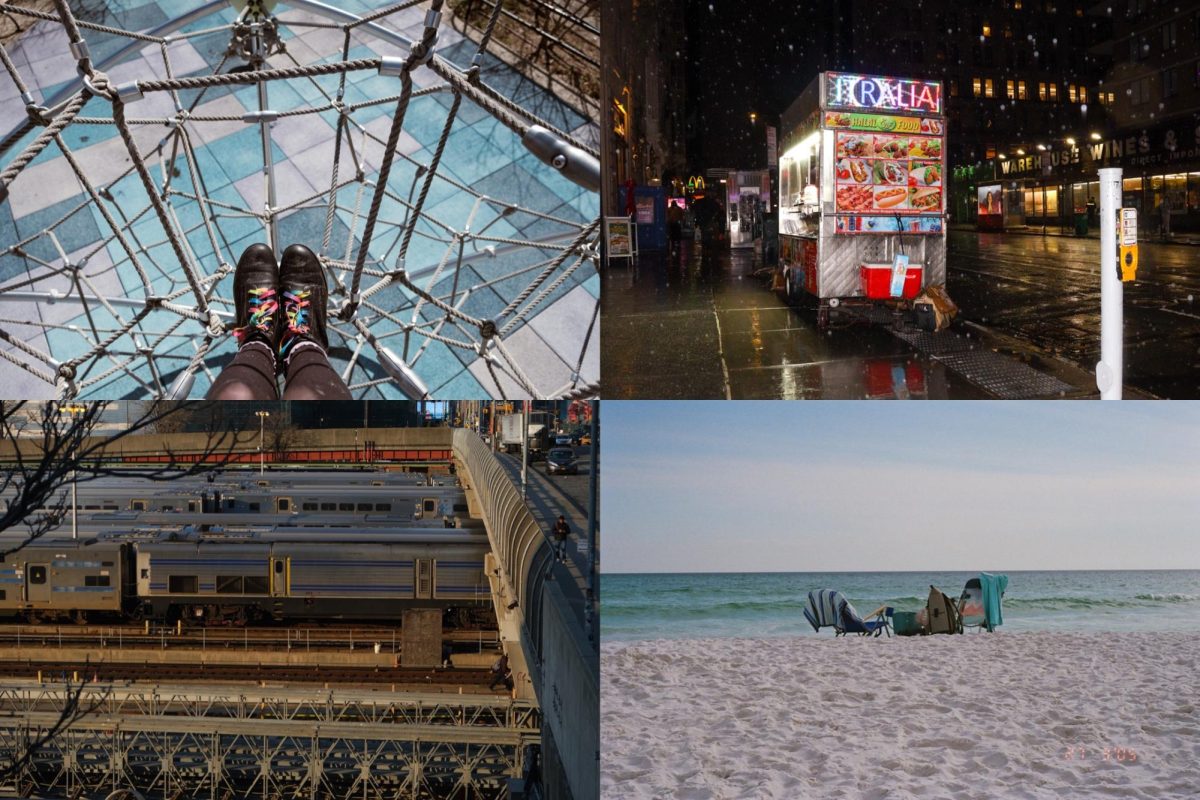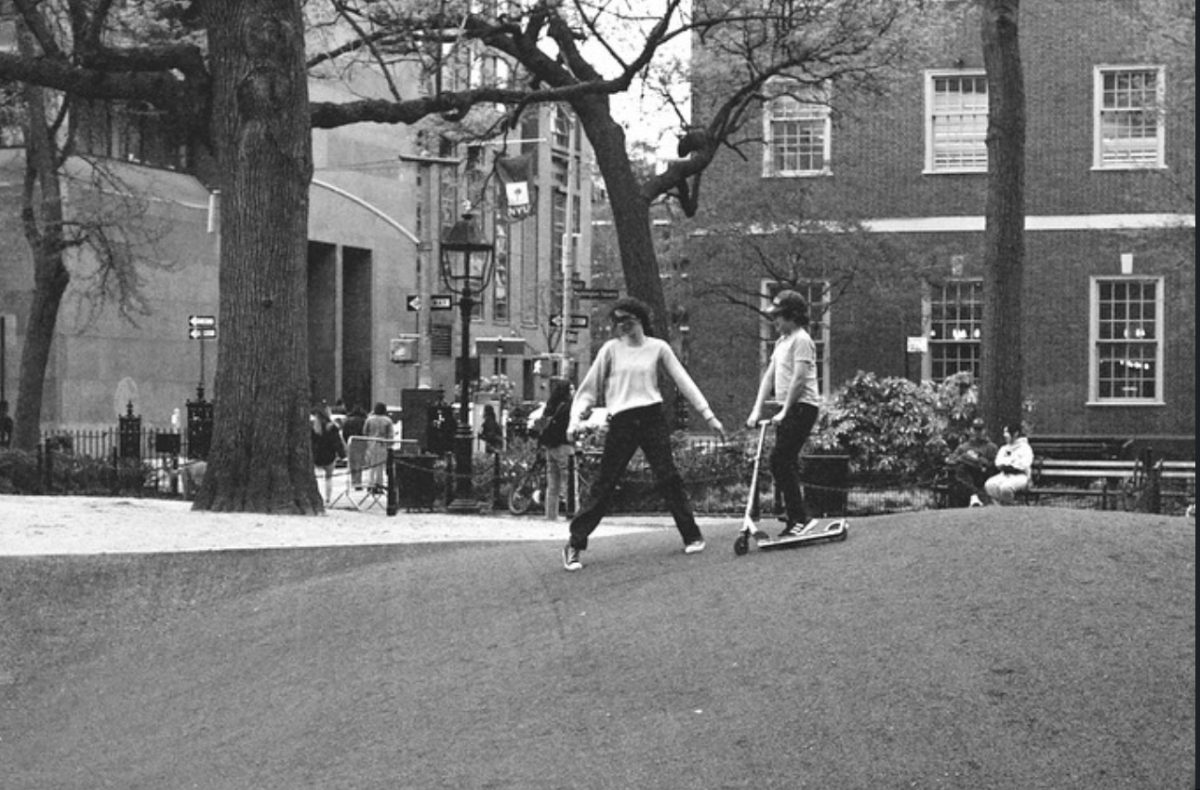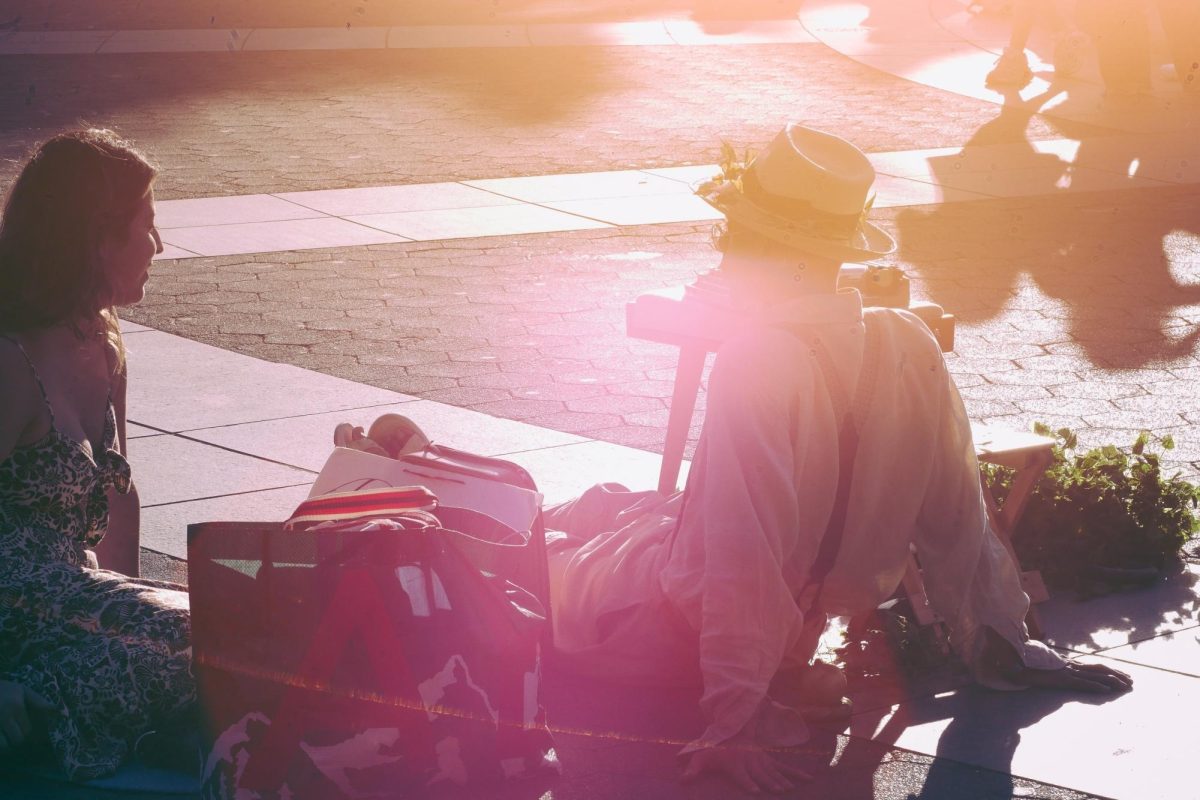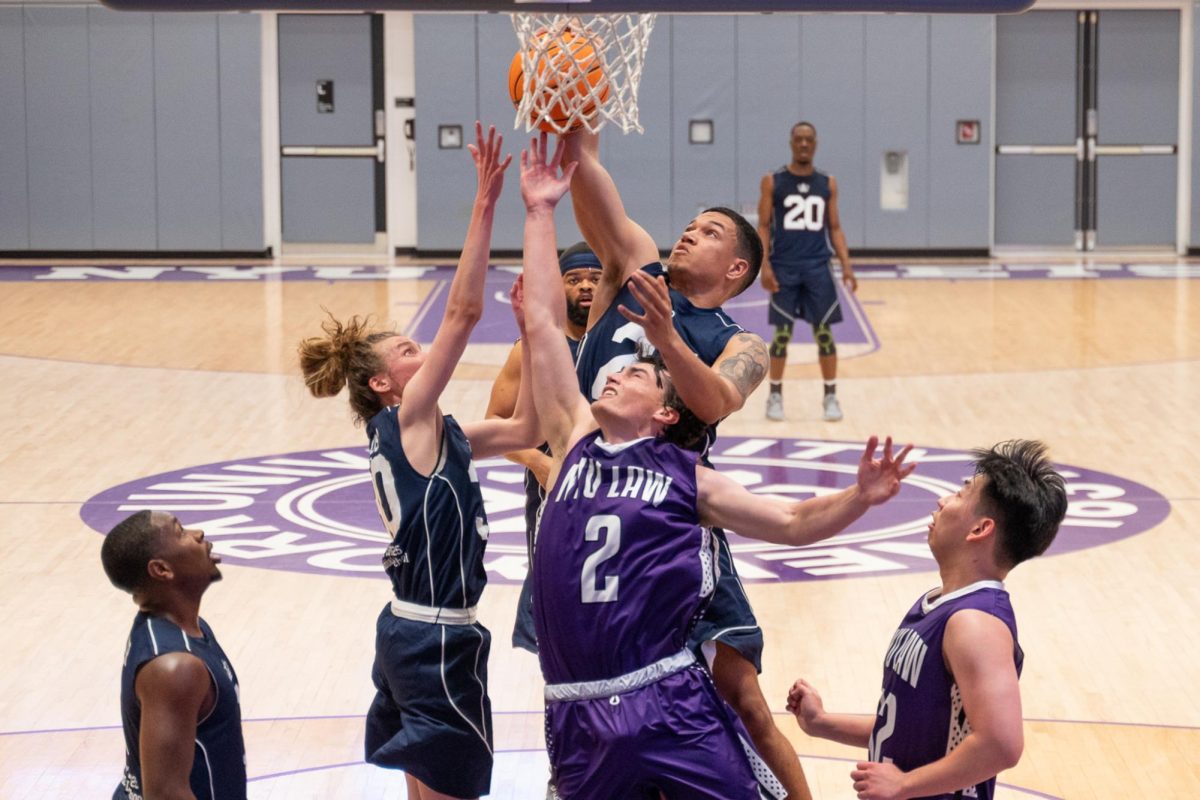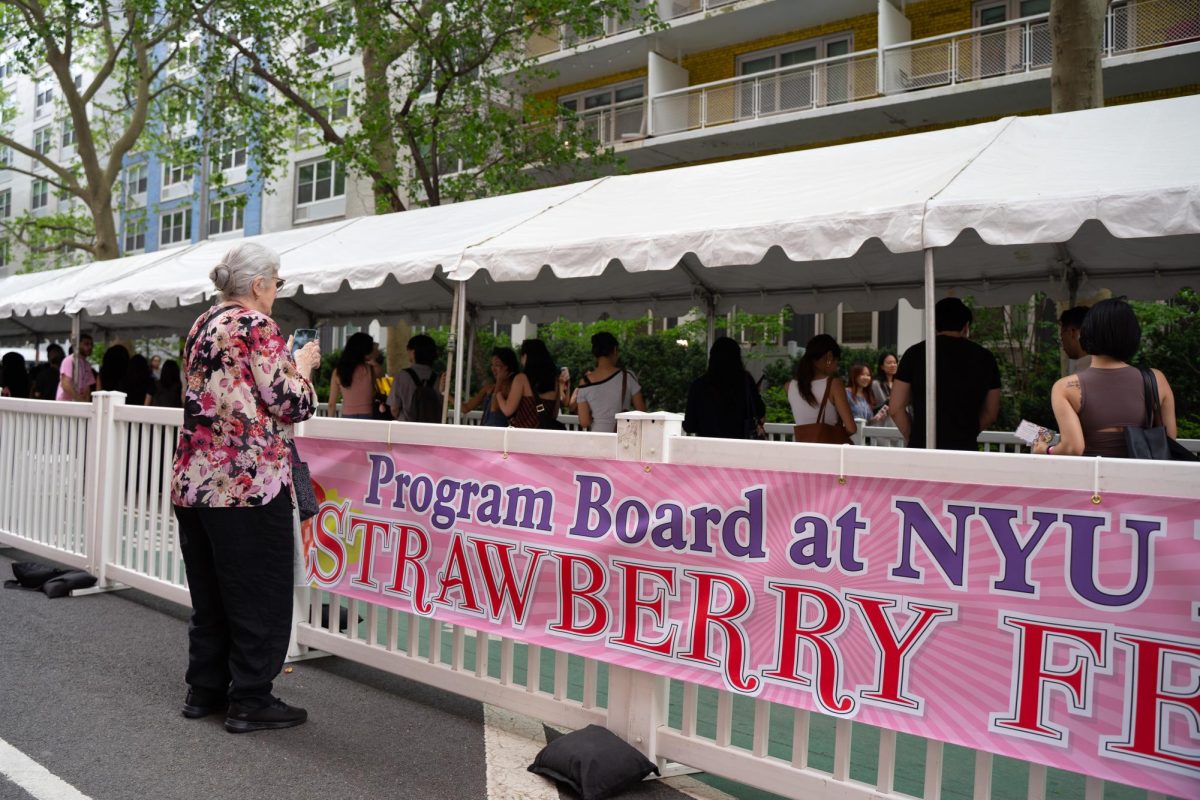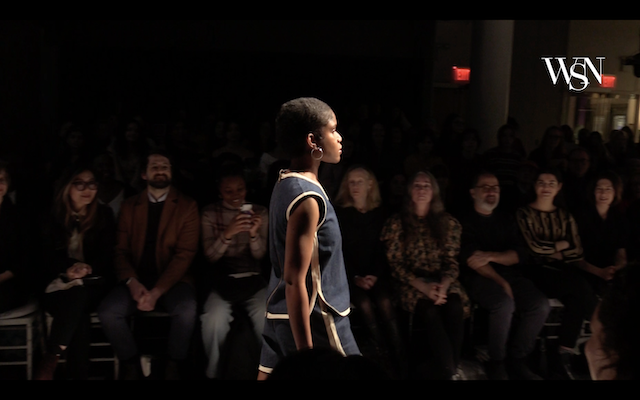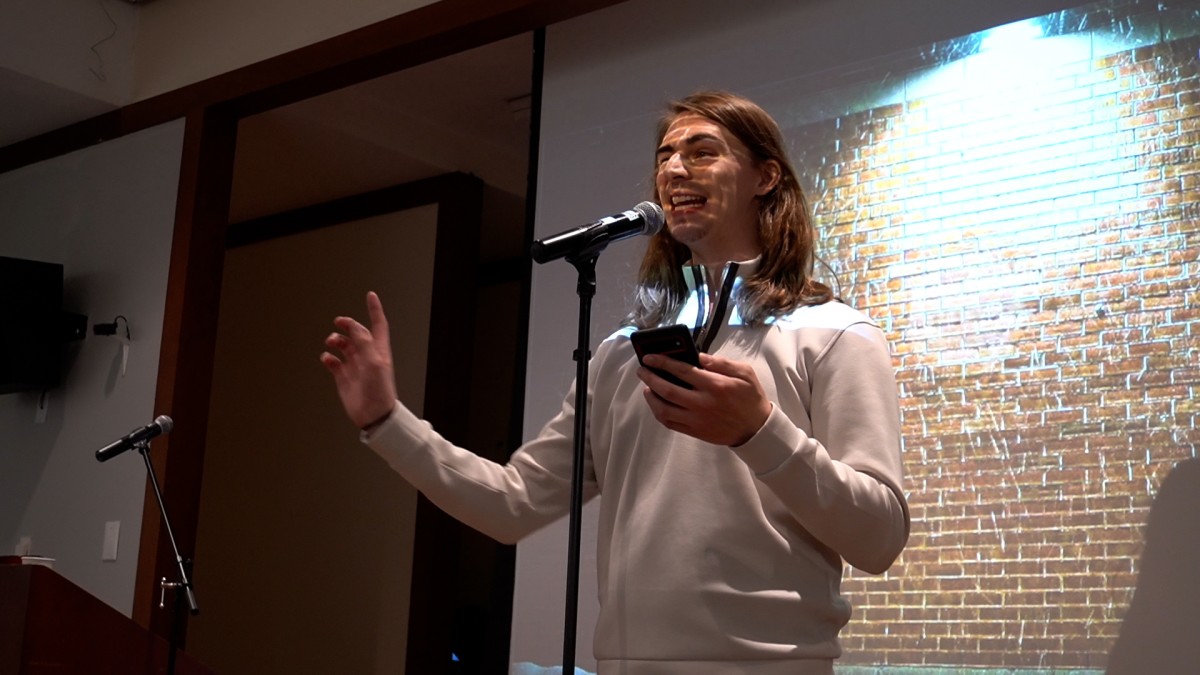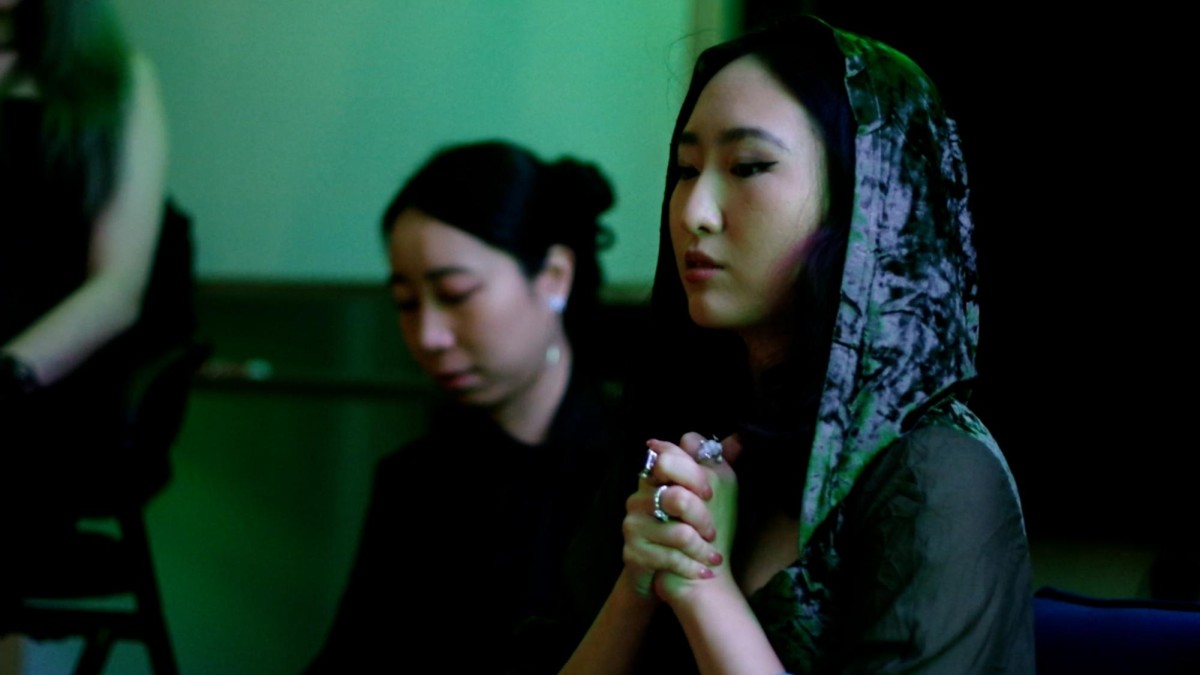The Village before NYU: Hidden histories of campus sites
Under the Arch
The Village before NYU: Hidden histories of campus sites
A campus in the city that never sleeps has a past that doesn’t either.
Julia Kim and Daphne Zhu | August 11, 2025
NYU never fails to tout the slogan “the city is your campus,” but its expansion throughout Greenwich Village has often come at the cost of overshadowing the neighborhood itself. Since its establishment in 1831, the university has continuously acquired and remodeled buildings for its own purposes — dramatically changing the Village and displacing residents in the process. Alongside the buildings that are explicitly marked by bright purple flags, non-affiliated sites like Washington Square Park and Jefferson Market Library have also become unofficial extensions of the university’s campus in the minds of many students.
But the neighborhood has its own history and storied buildings, from a bustling nightclub-turned-dorm to a popular library built upon the former site of a women’s prison. When you pass by these five places on or near NYU’s campus, take the time to appreciate their historical significance.
Palladium Hall
140 E. 14th St.
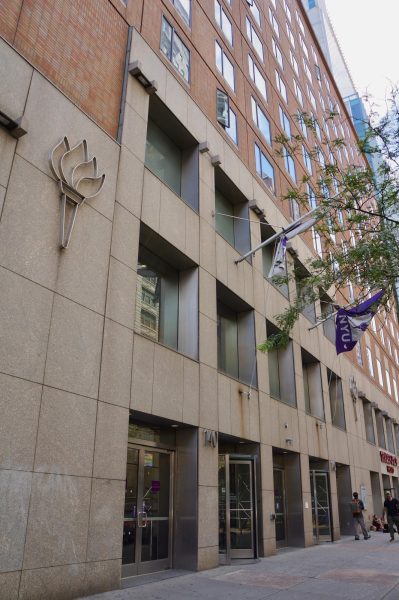
What is now a popular dorm used to be a seven-story megaclub known as the Palladium. Incredibly colorful and frankly extravagant — with large-scale murals by iconic Lower East Side artists Keith Haring and Jean-Michel Basquiat — the East 14th Street club featured an open dance floor and a maze of aesthetically mismatched rooms across over 100,000-square-feet. Created by Steve Rubell and Ian Schrager, who also founded iconic Midtown club Studio 54, the building — which was first used as a movie theater and concert venue — was reinvented as lower Manhattan’s nightlife scene boomed in the ’80s. Although it was well-known in its early years, the club began to struggle financially and eventually closed in 1997. A year later, NYU demolished the club to build Palladium Hall, which leaves no trace of its predecessor except for its name.
Brown Building
23 Washington Pl.
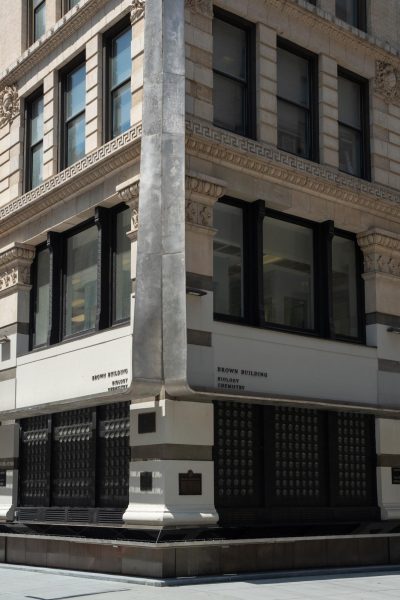
The Brown Building is a mainstay in STEM students’ weekly schedules. NYU’s chemistry and biology departments are stationed in this 10-story building on Greene Street and Washington Place, where the Triangle Shirtwaist Factory Fire took place on March 25, 1911. After the fire broke out from a scrap pile on the eighth floor, nearly 150 people — mostly young immigrant women — died unable to escape due to the factory’s blatant safety law violations. Facing locked doors and dysfunctional exits, many of the factory workers were left with no option but to jump out of the building’s windows or remain trapped inside, their preventable deaths inspiring pivotal reforms in labor law. Four years after the fire, NYU rented out the eighth floor and eventually the rest of the building by 1926 before finally being given the building in 1929. A historic plaque remains on the Brown Building, which hosts a yearly commemoration to honor the tragedy and its influence on the labor movement.
Washington Square Park
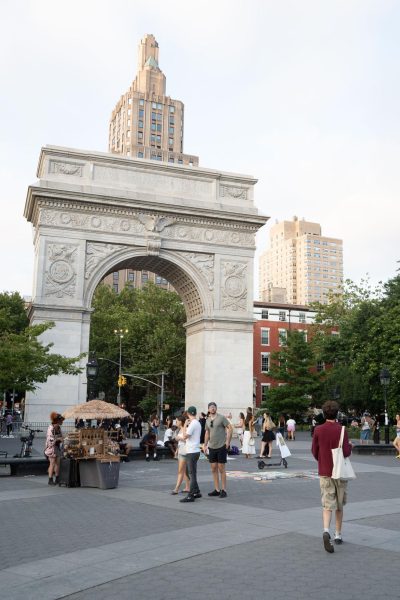
Washington Square Park — and the 77-foot-tall arch often associated with NYU’s campus — is known today for its lively jazz, central fountain and vibrant gathering spots for musicians, chess players, skaters, tourists and students. At the turn of the 19th century, the land was a potter’s field — a burial ground for the poor and unclaimed — where over 20,000 bodies still rest underground. In 1827, it was converted into a military parade ground, and around the same time, the city developed several upscale townhouses on Washington Square North, known as “The Row.” The Washington Square Arch was first built in 1889 with wood and plaster to honor the centennial of George Washington’s inauguration, then replaced in 1892 by the marble version designed by Stanford White. By the early 20th century, the park had become a hub for artists and writers — and by the 1950s and ’60s, it gained fame for folk music and free speech movements.
Jefferson Market Library
425 Sixth Ave.

A seven-minute walk from Washington Square Park sits the Jefferson Market Library on Sixth Avenue, marked by its Gothic clock tower rising over Greenwich Village. Yet in 1877, it was the Third Judicial District Courthouse and home to some of the city’s most notorious court cases — from prosecutors arresting women in a nearby red-light district to the infamous “Girl in the Red Velvet Swing” scandal, in which Harry K. Thaw was charged with the murder of architect Stanford White for his prior relationship with Thaw’s wife, showgirl Evelyn Nesbit, when she was a teenager. Ironically, White’s architecture firm designed the Washington Square Arch and the Gould Memorial Library, previously an NYU building until it was sold in 1973.
The courthouse was used exclusively for women’s trials, and in 1932, the Women’s House of Detention opened next door. Initially intended to improve the treatment of incarcerated women, the facility became known for overcrowding, neglect and abuse. Often targeted under laws that criminalized homosexuality, loitering or simply being deemed “immoral,” many incarcerated individuals were queer — including Black civil rights activist Angela Davis. After the courthouse closed in the ’40s, the prison was torn down and abandoned until local activists fought to save it from demolition. In 1967, it reopened as a branch of the New York Public Library, offering a quiet study space for NYU students, artists and neighbours alike.
Weinstein Hall
5 University Pl.
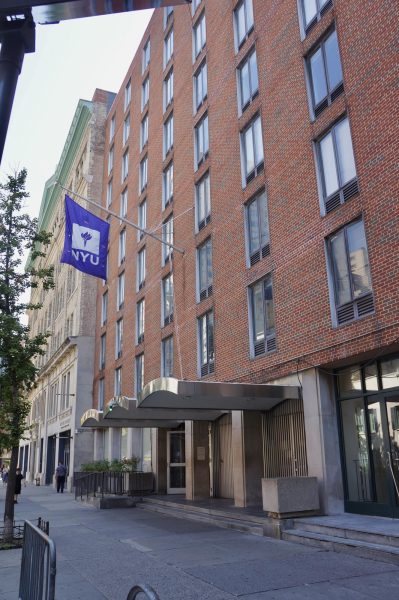
Even as NYU changed Greenwich Village — oftentimes, forcibly so — its neighbors have proven to be unafraid in pushing back. The neighborhood is known to be the hub of LGBTQ+ activism, but what remains overlooked is the basement of first-year dorm Weinstein Hall, which was the site of a major sit-in for LGBTQ+ rights. Led by trans revolutionaries Marsha P. Johnson and Sylvia Rivera, the occupation began on Sept. 25, 1970 in protest of NYU’s refusal to continue providing its facilities for queer dances. The dances were part of a fundraising effort by the local Christopher Street Liberation Day Committee in partnership with the Weinstein Hall Student Governing Association to provide housing and legal counsel to the queer community.
NYU not only canceled two of the four dances planned, but also prevented university facilities from holding LGBTQ+ social functions of any kind until a panel of ministers and psychologists decided on whether homosexuality was “morally acceptable.” The university responded to the sit-in by calling the New York City Police Department and its Tactical Patrol Force, which violently raided the basement and forcibly removed protestors like Rivera from the dorm.
Contact Julia Kim and Daphne Zhu at [email protected].
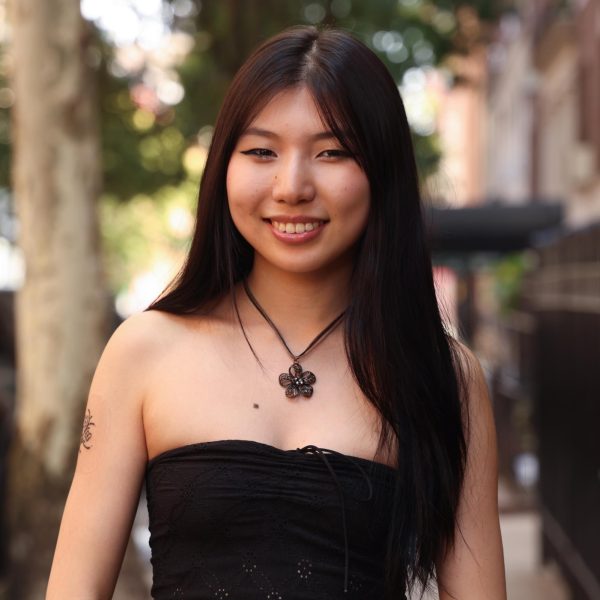
Julia Kim is a sophomore studying journalism and gender & sexuality studies at CAS. Originally from Missouri, they can be found awaiting R.F. Kuang's...

Daphne Zhu is a sophomore studying journalism, economics and the business of entertainment, media and technology — but her real expertise is scouting...
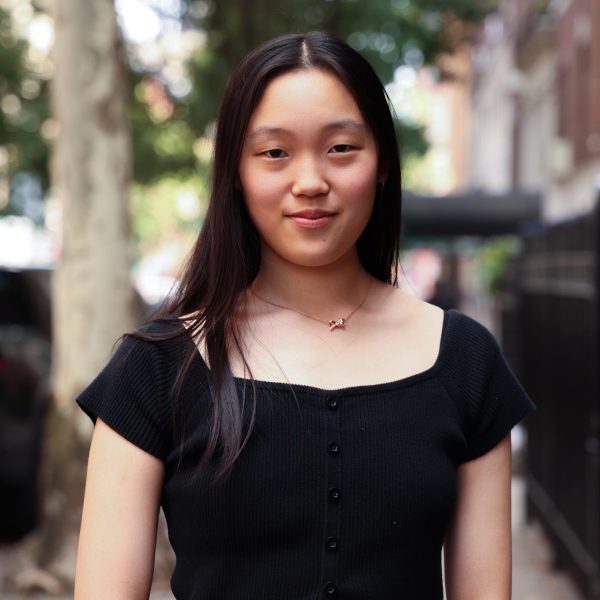
Allina Xiao is a junior studying computer science at CAS. When she's not switching her third minor again, she can be found enjoying her fourth semester...
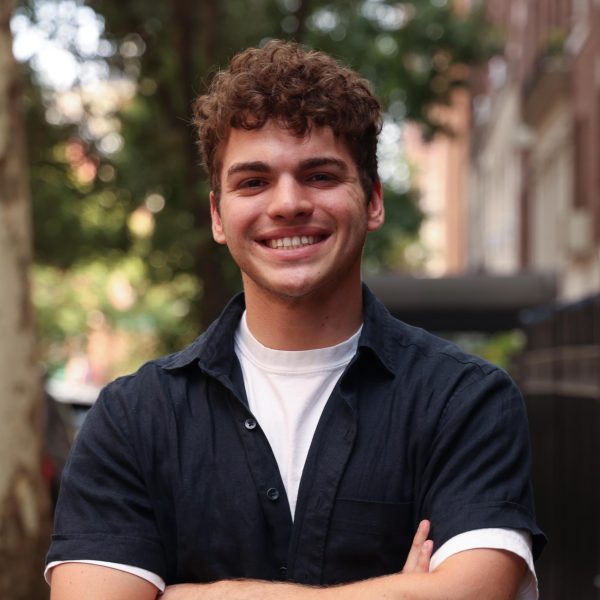
Alex Woodworth is a sophomore studying public policy and economics. When not taking photos, you can find him at a Yankees game, searching for the best...

